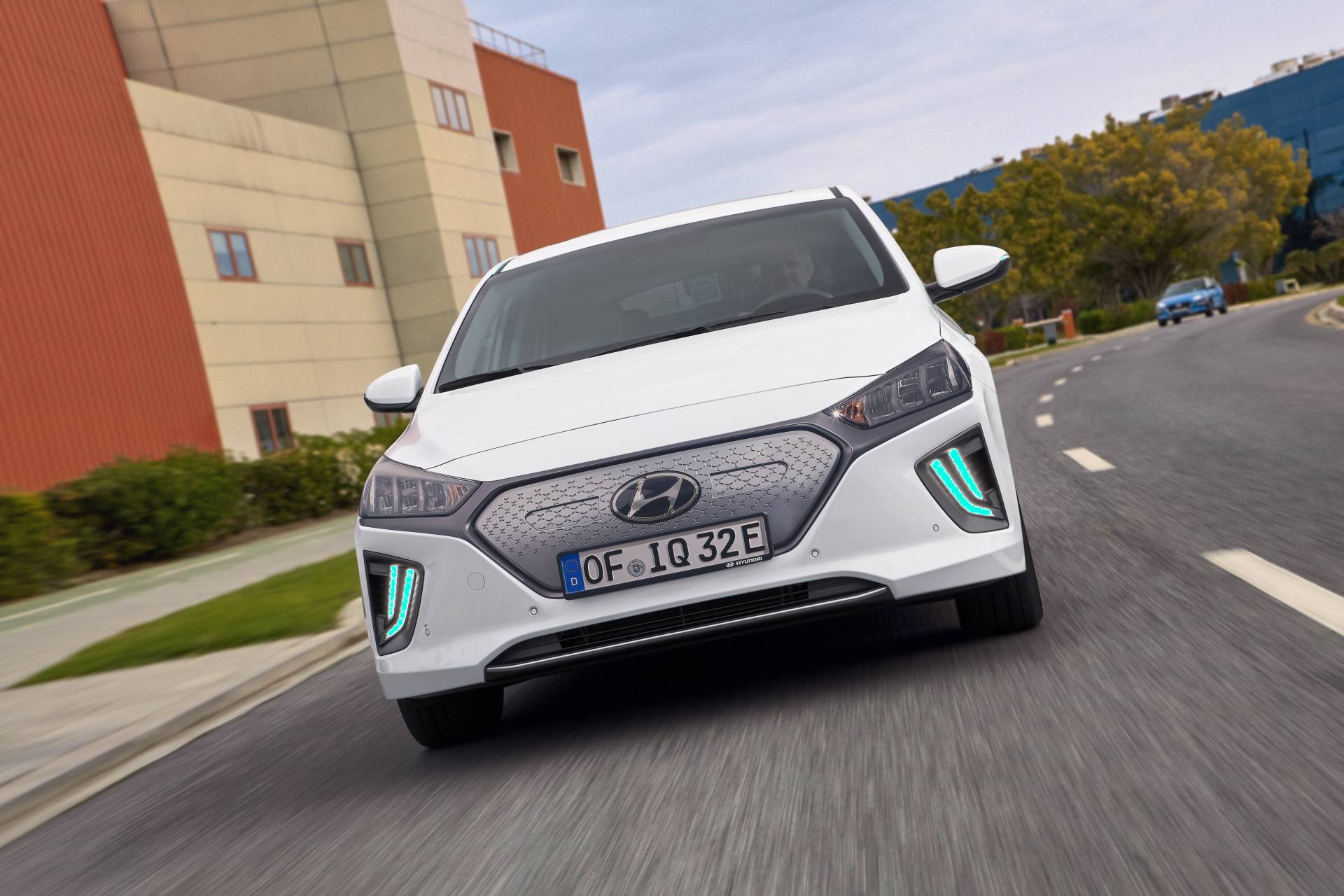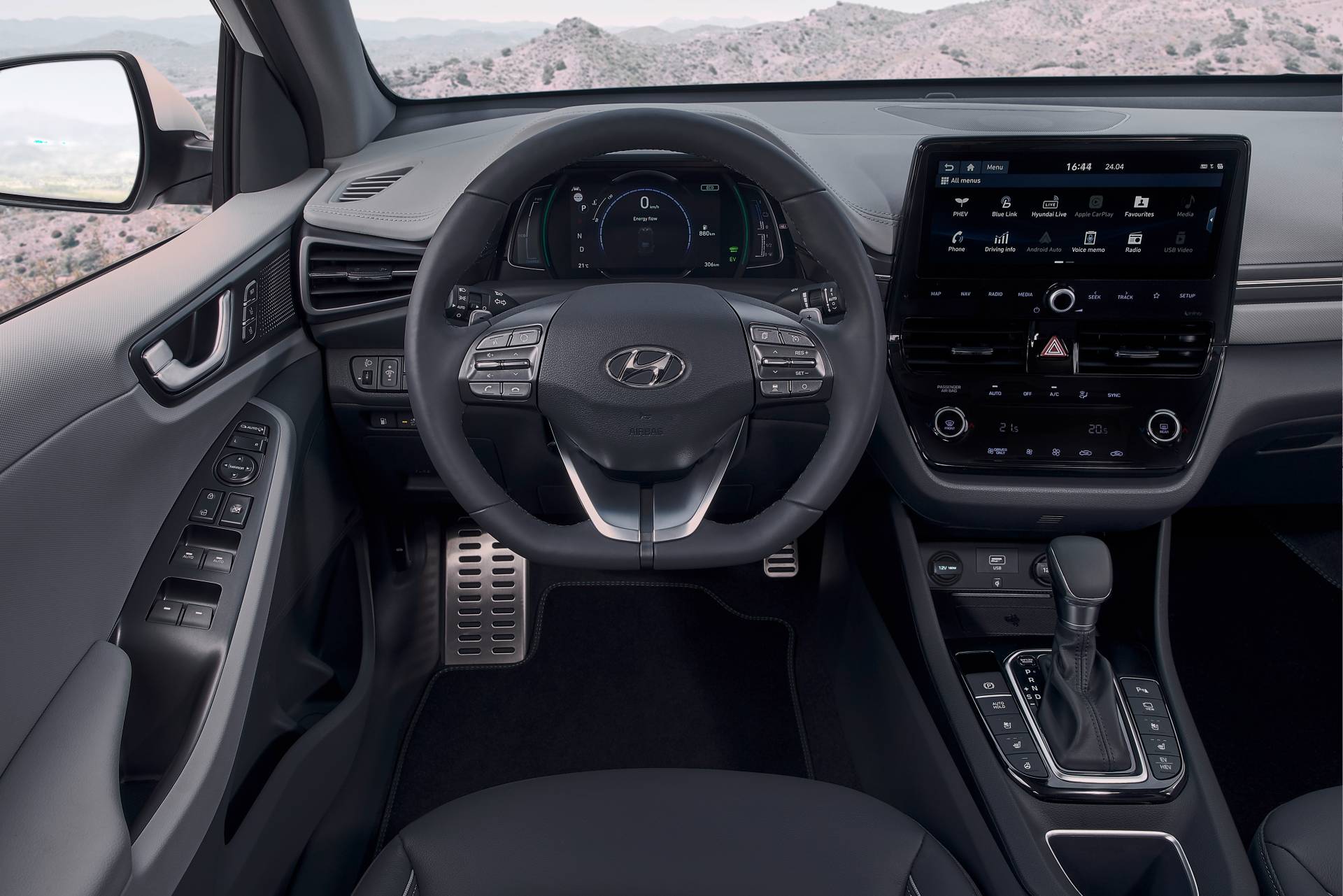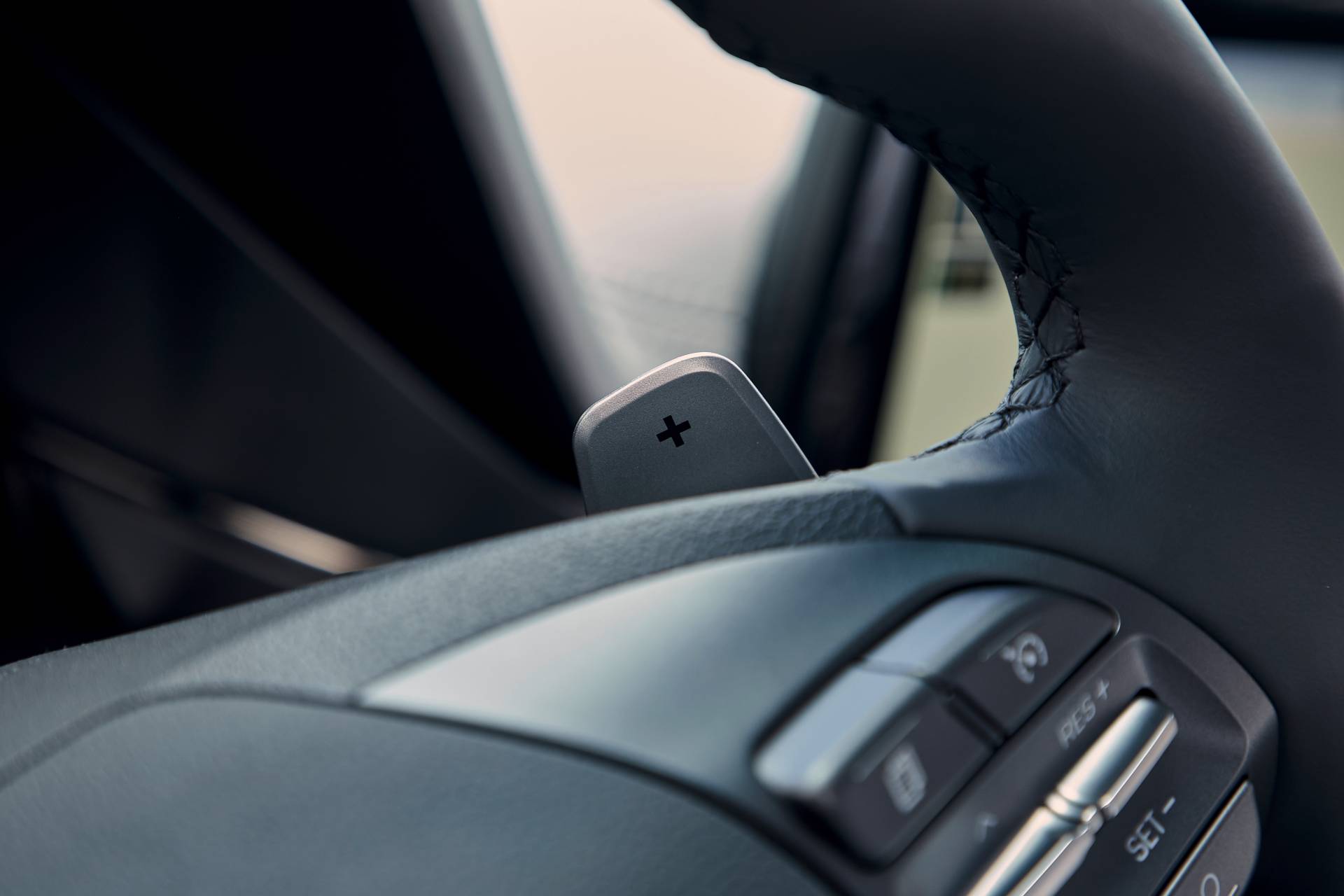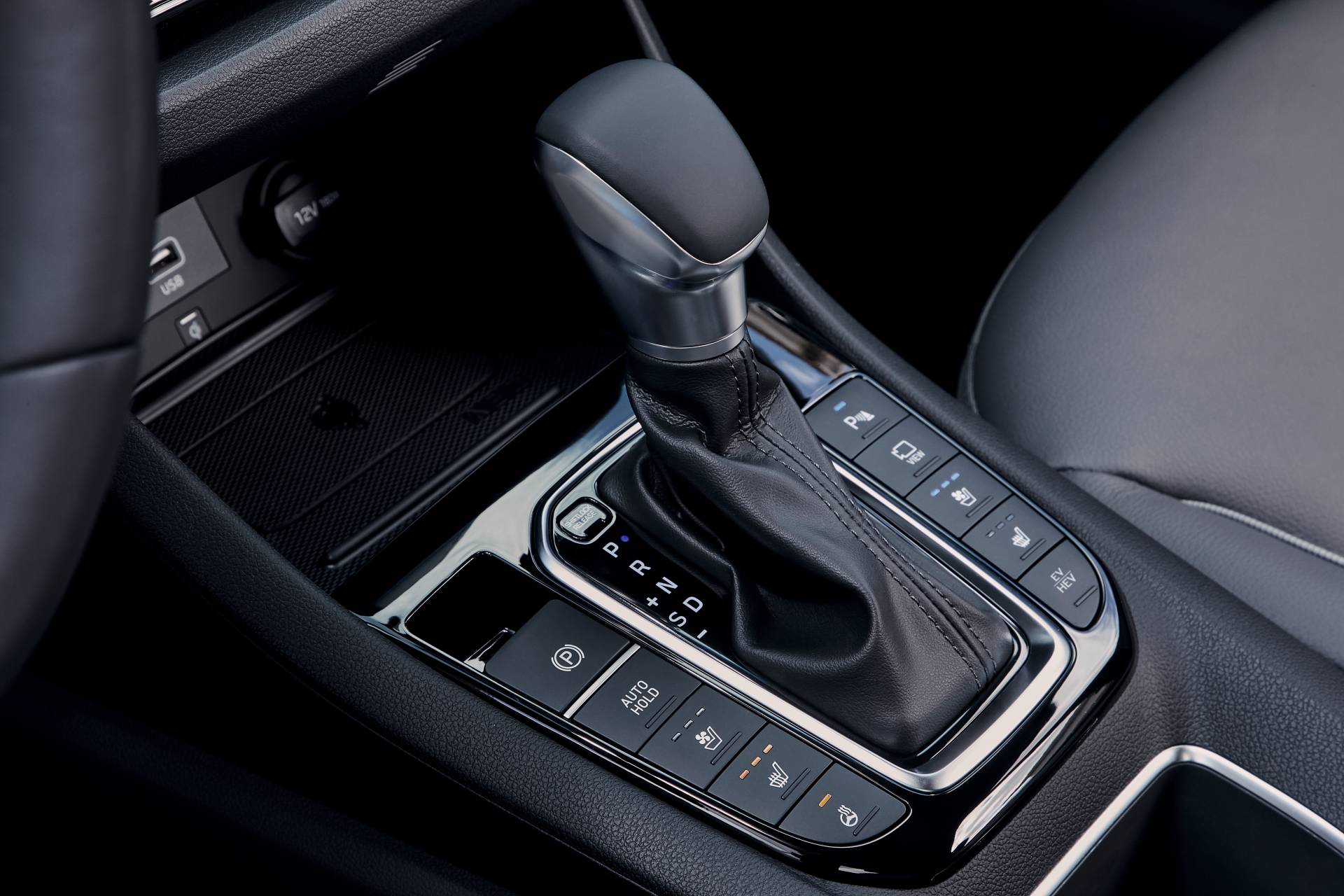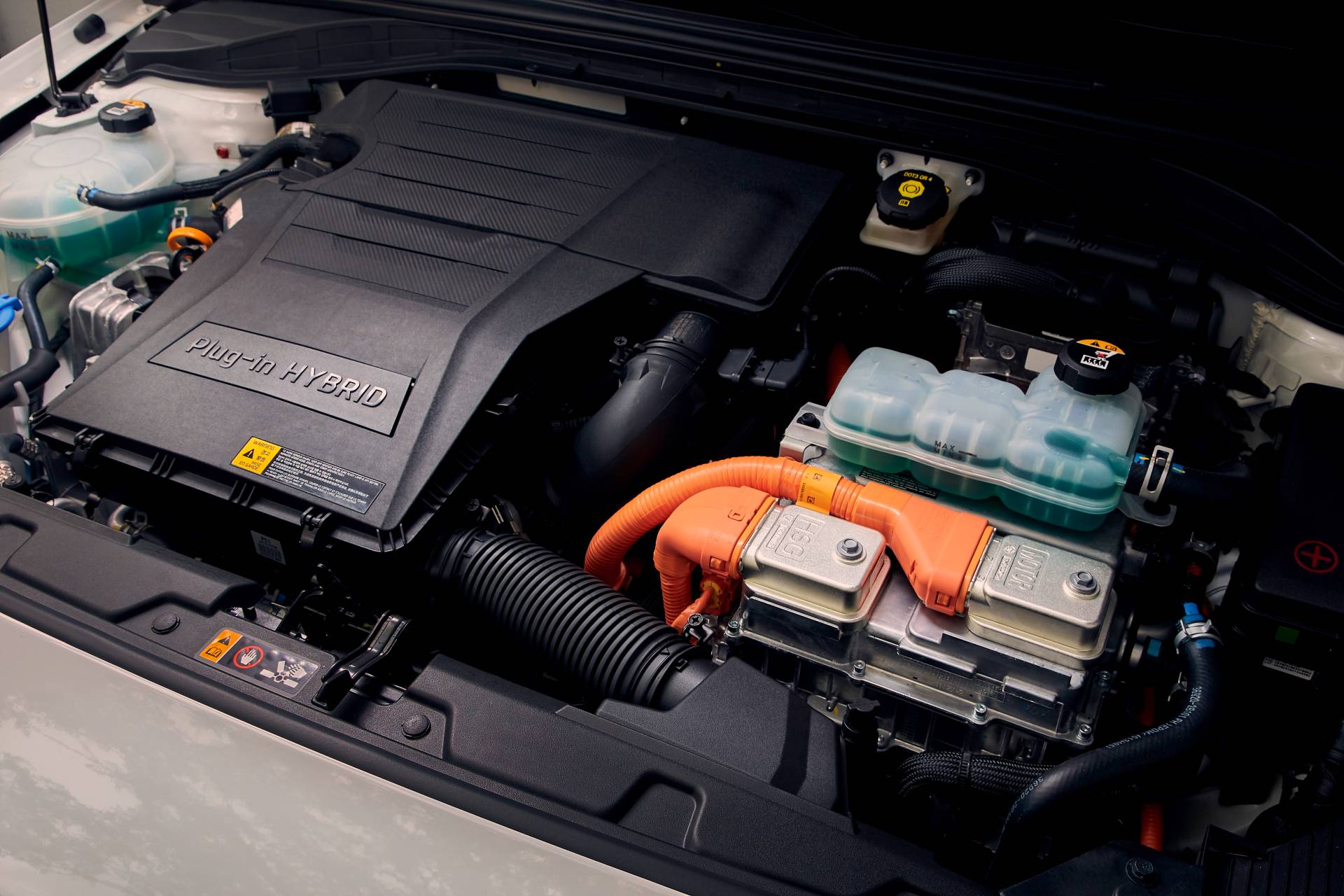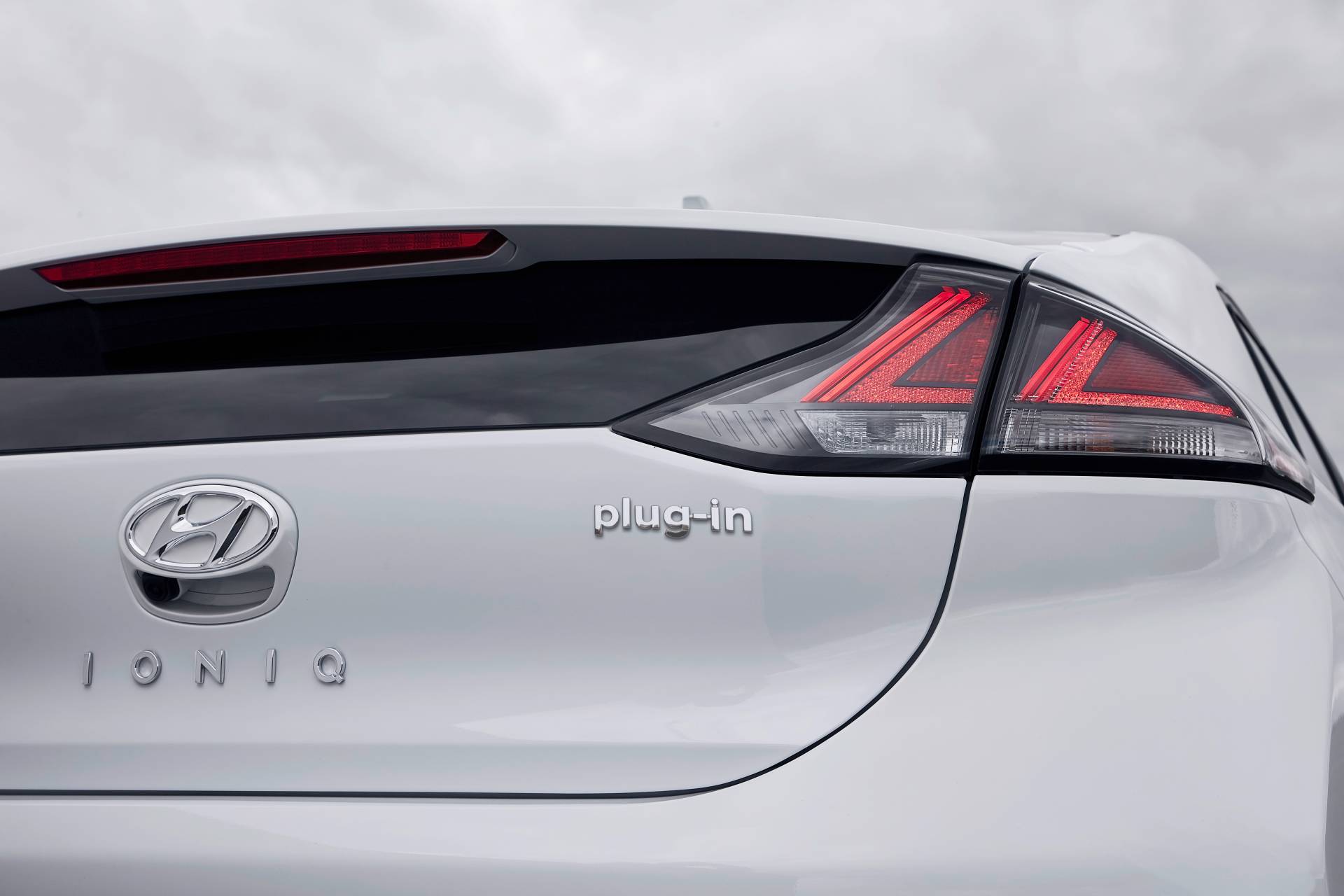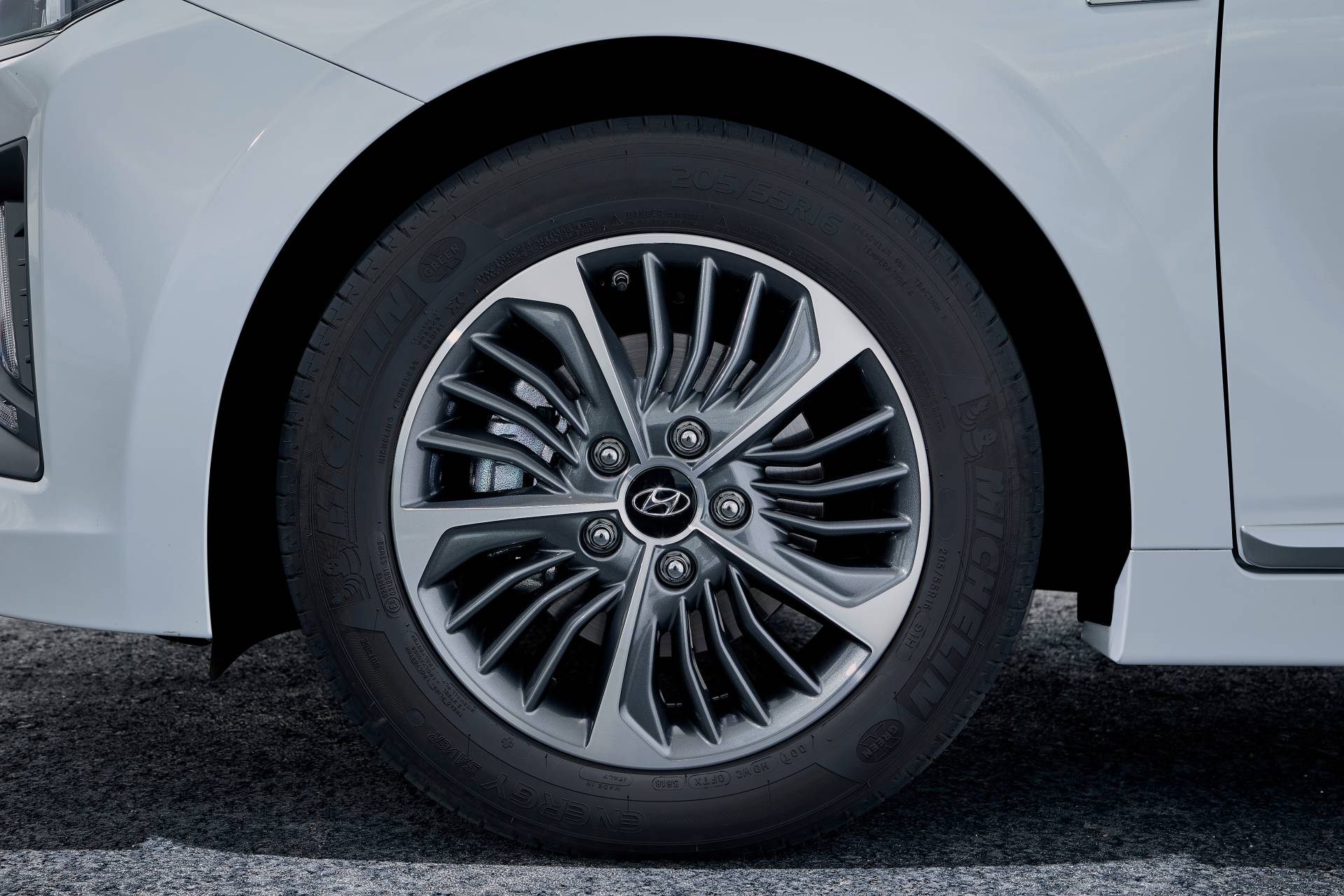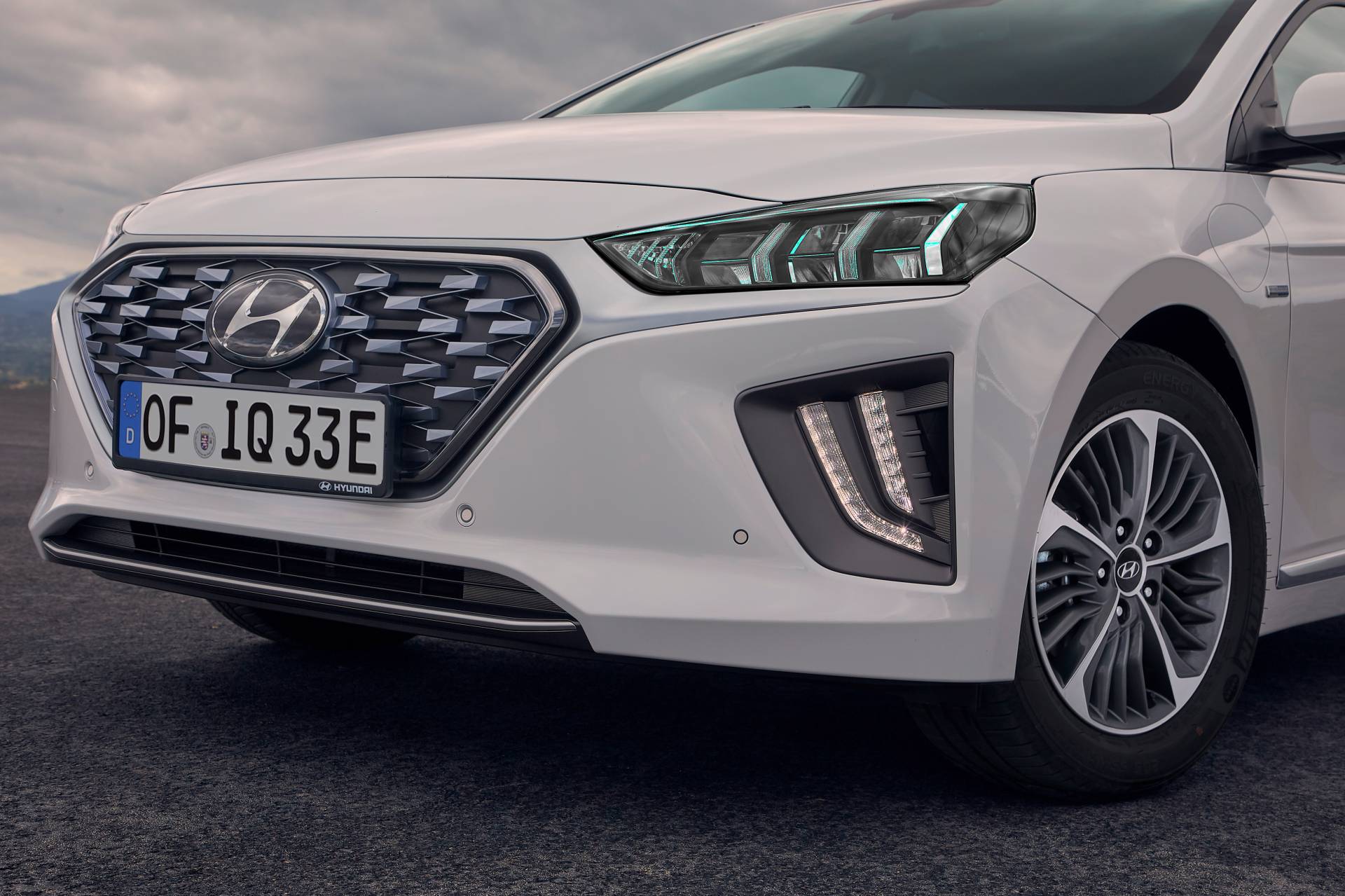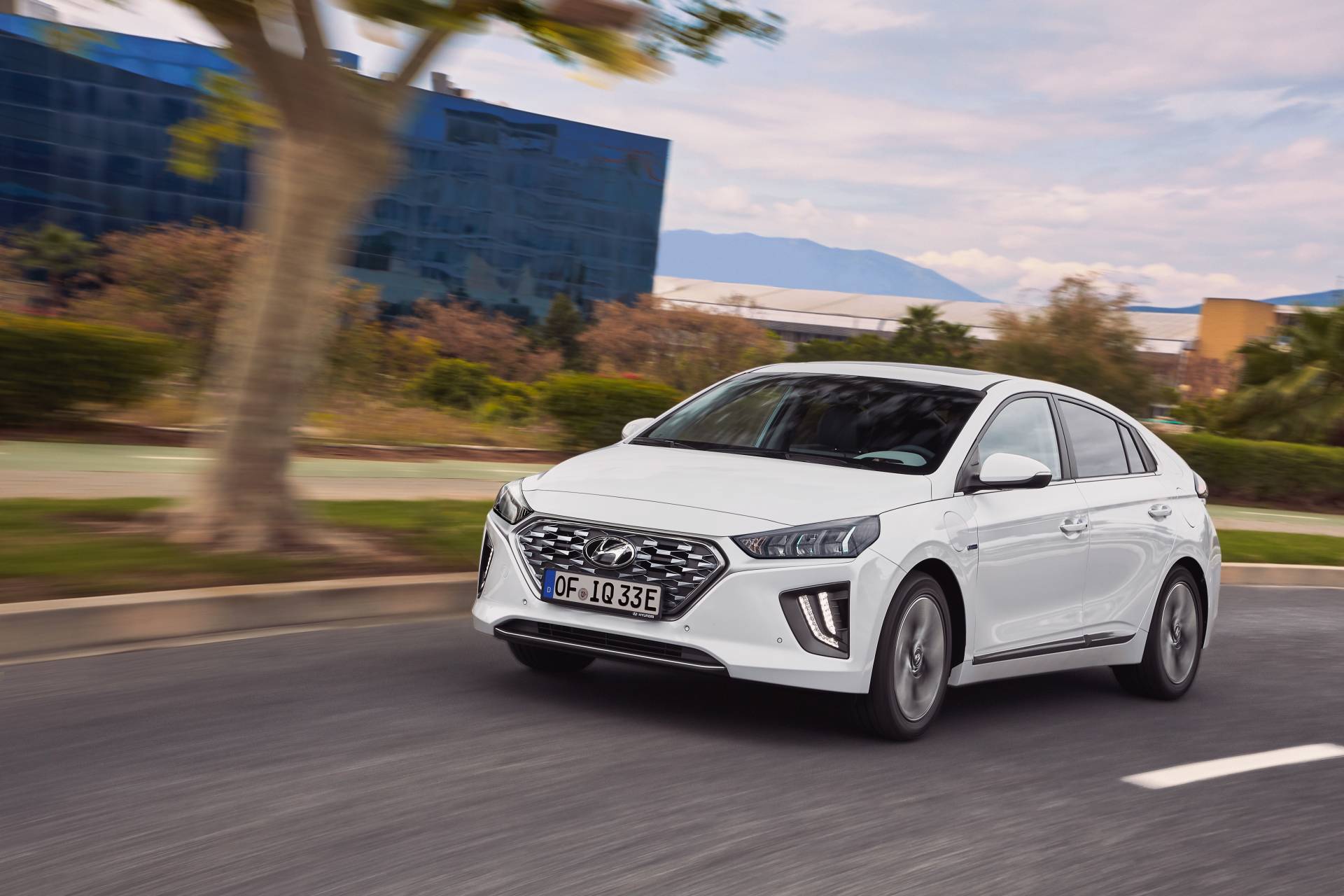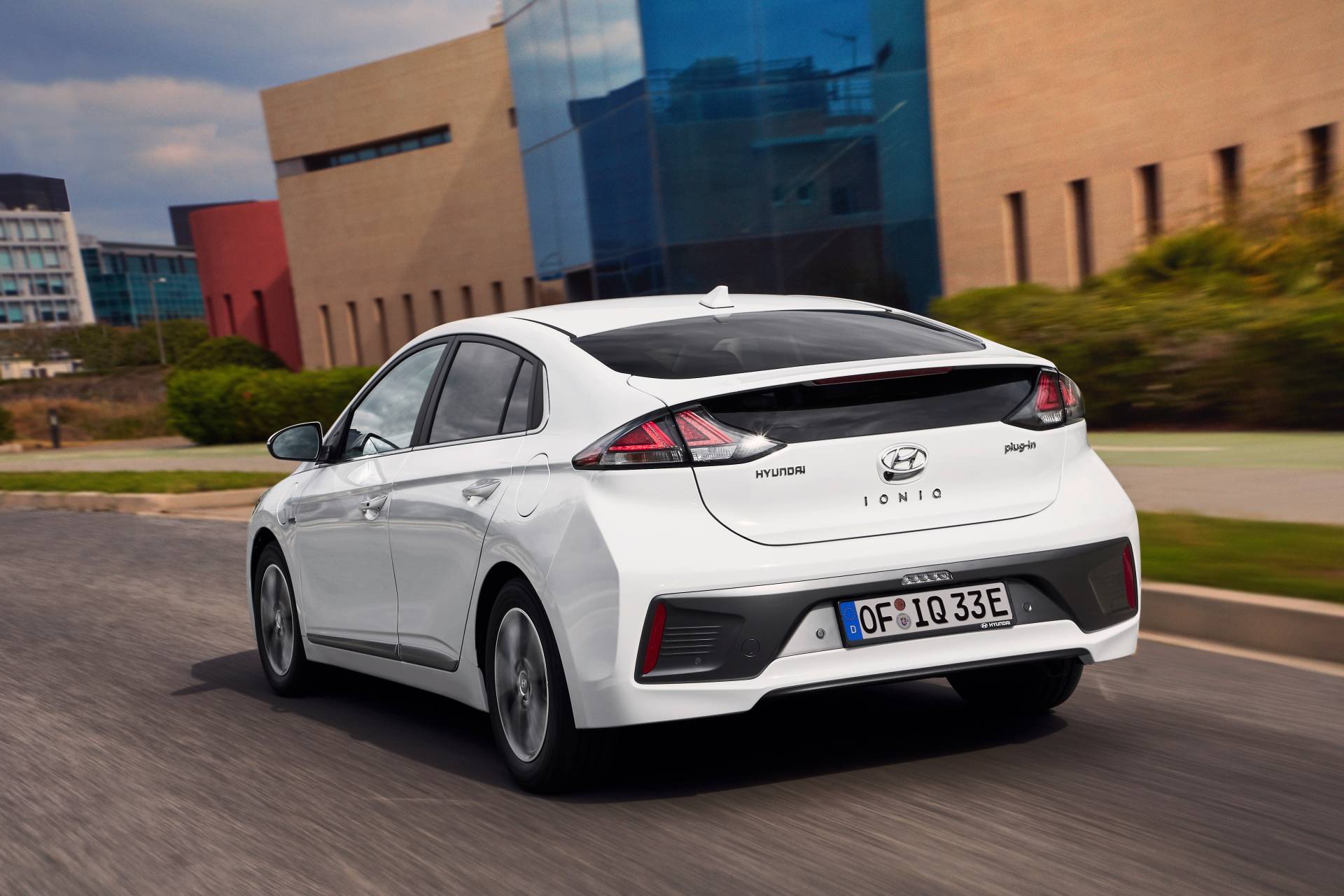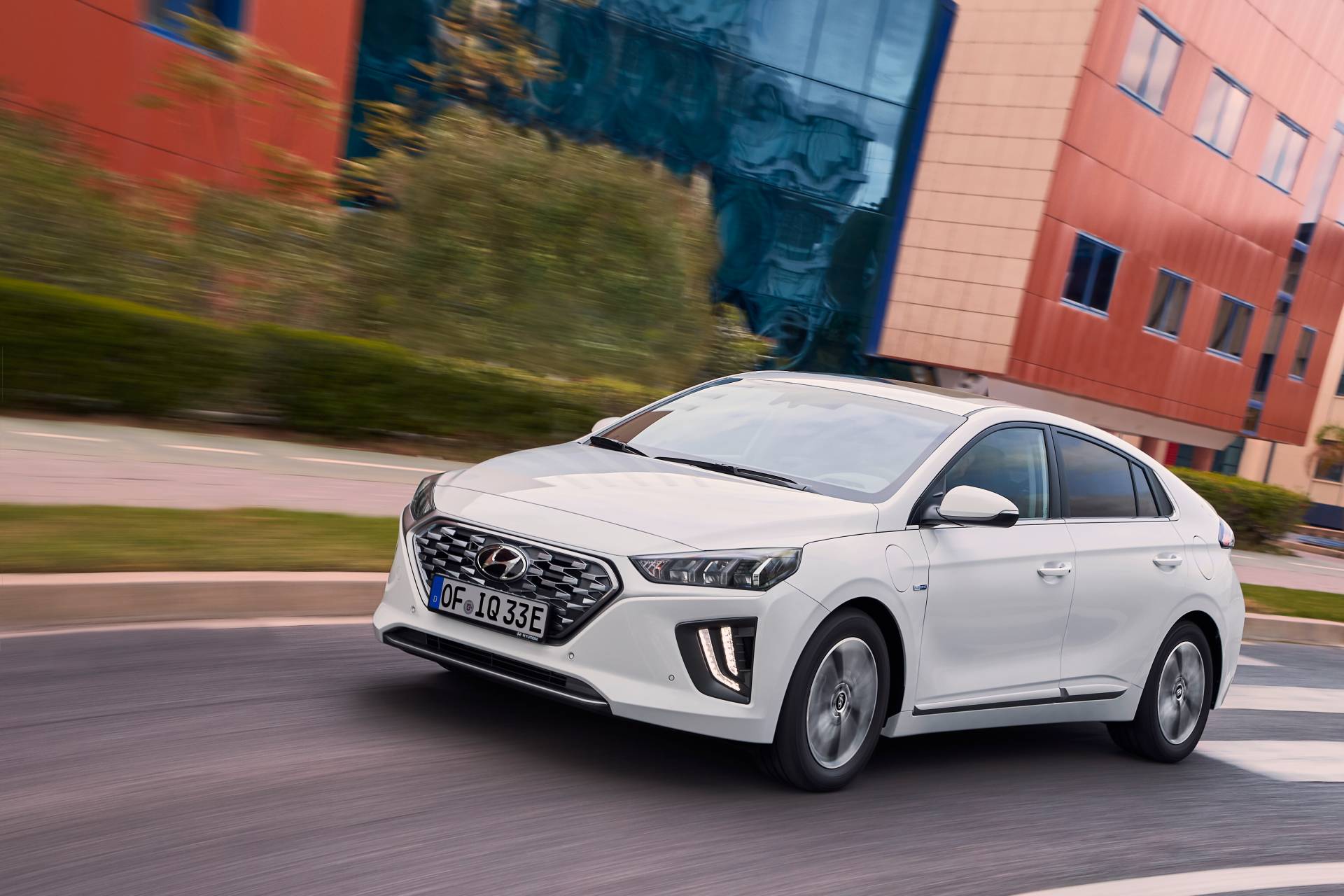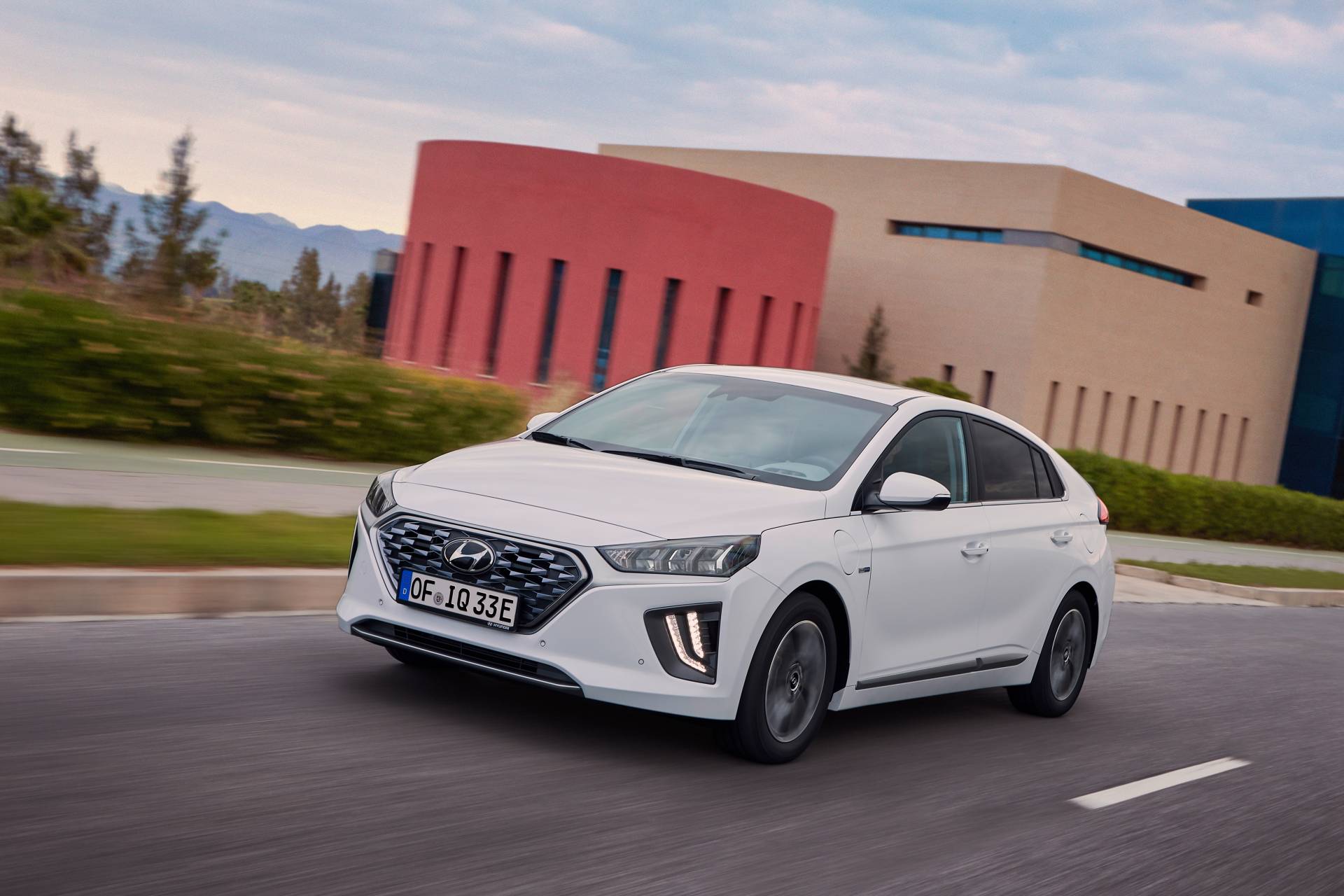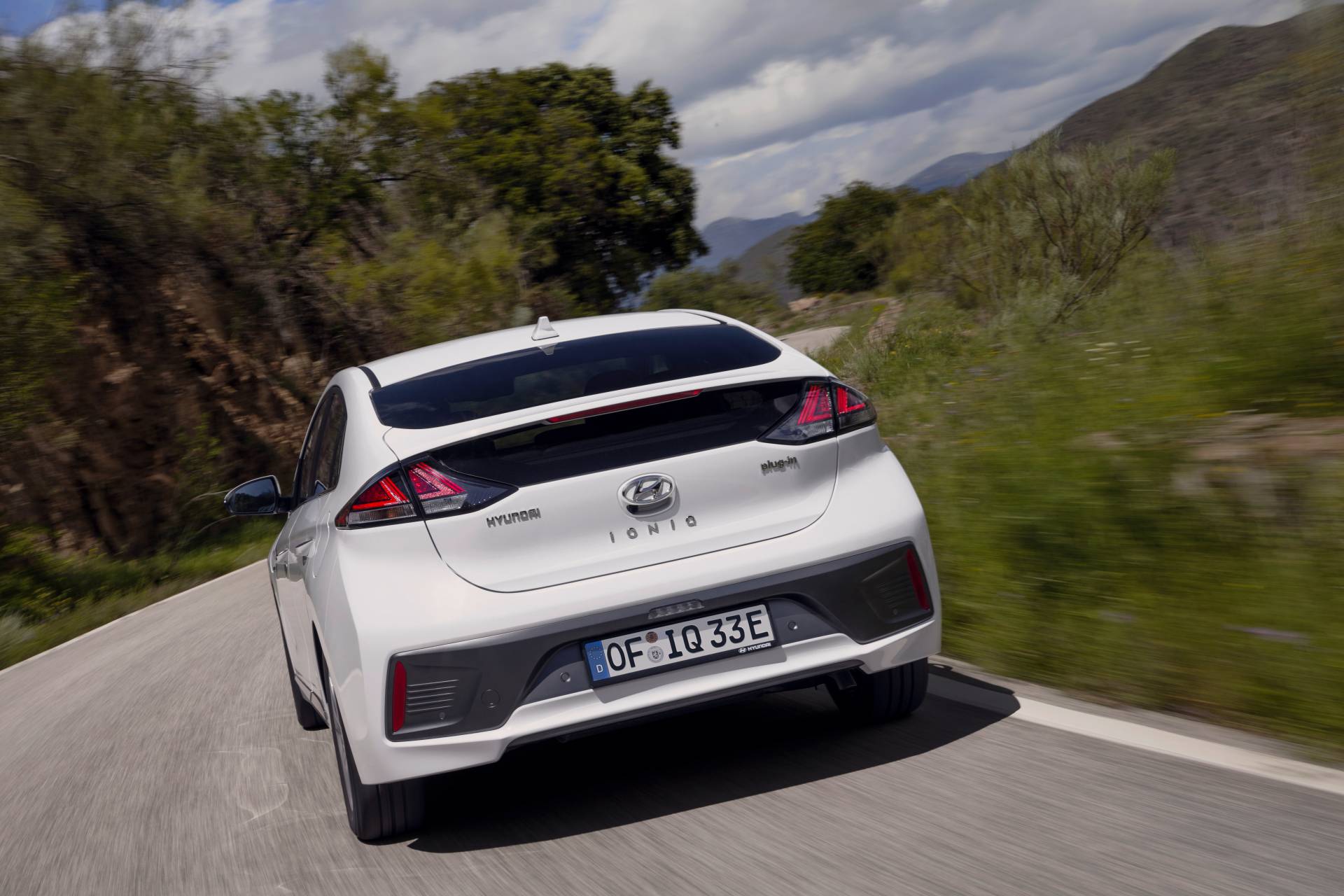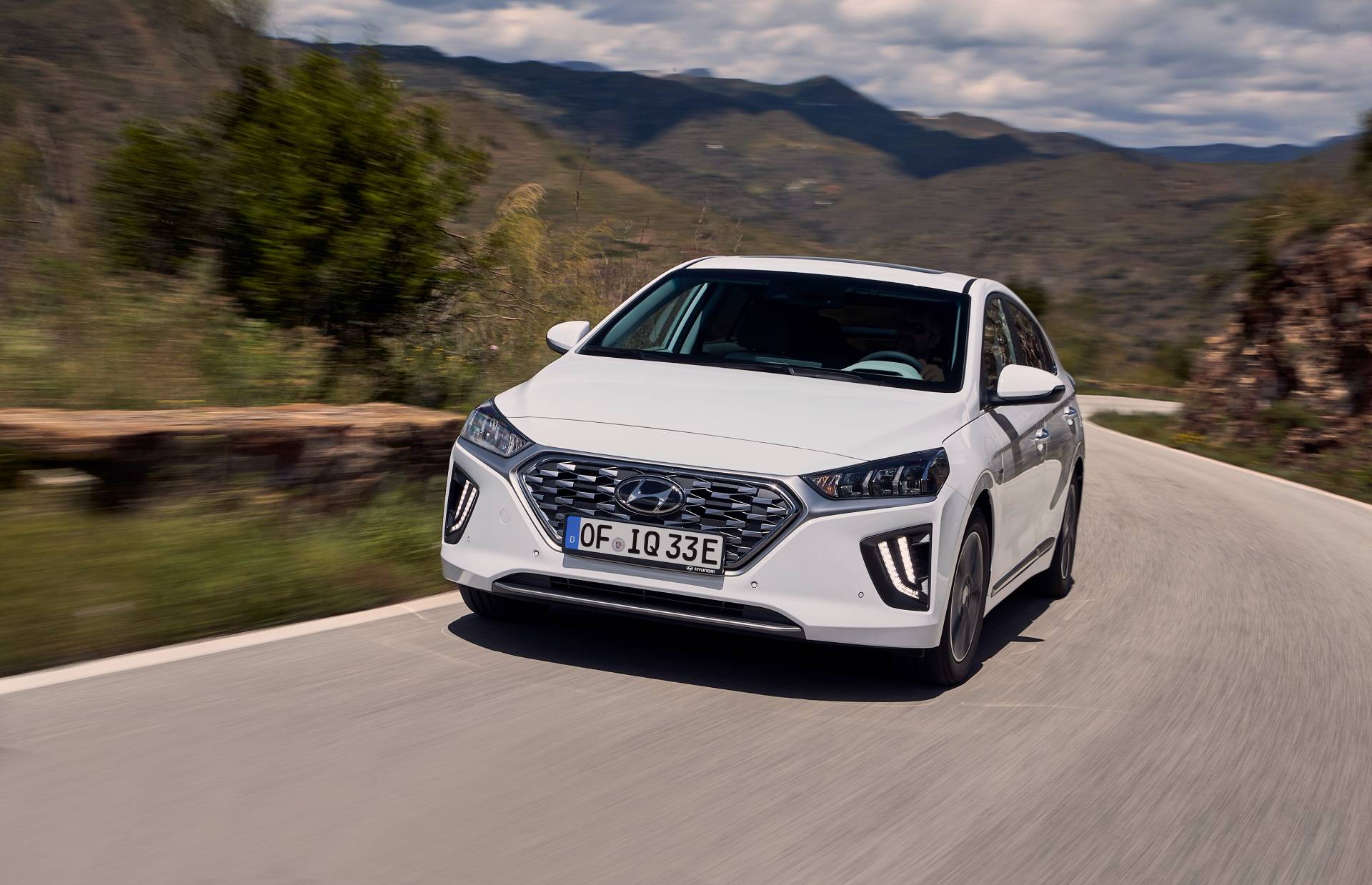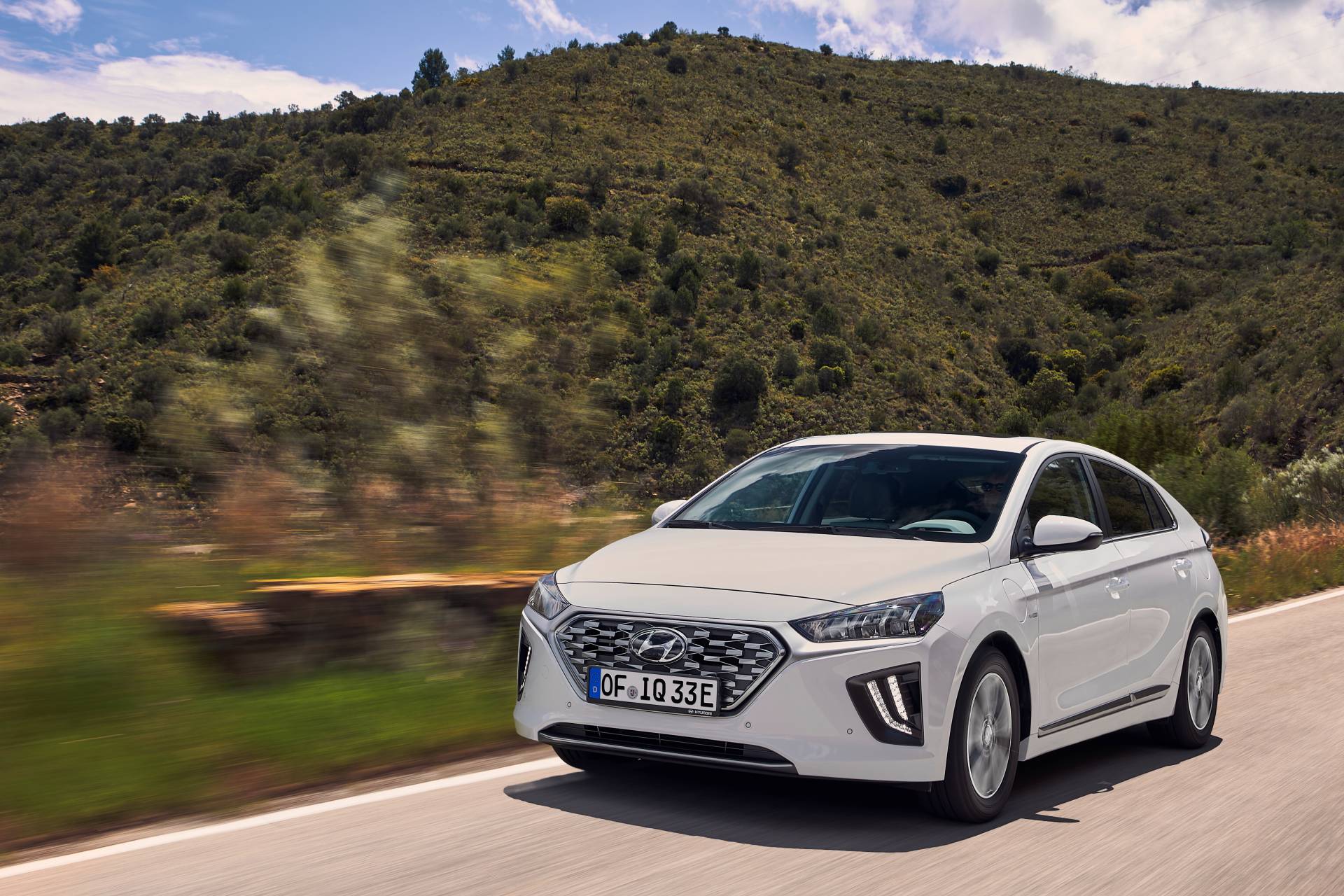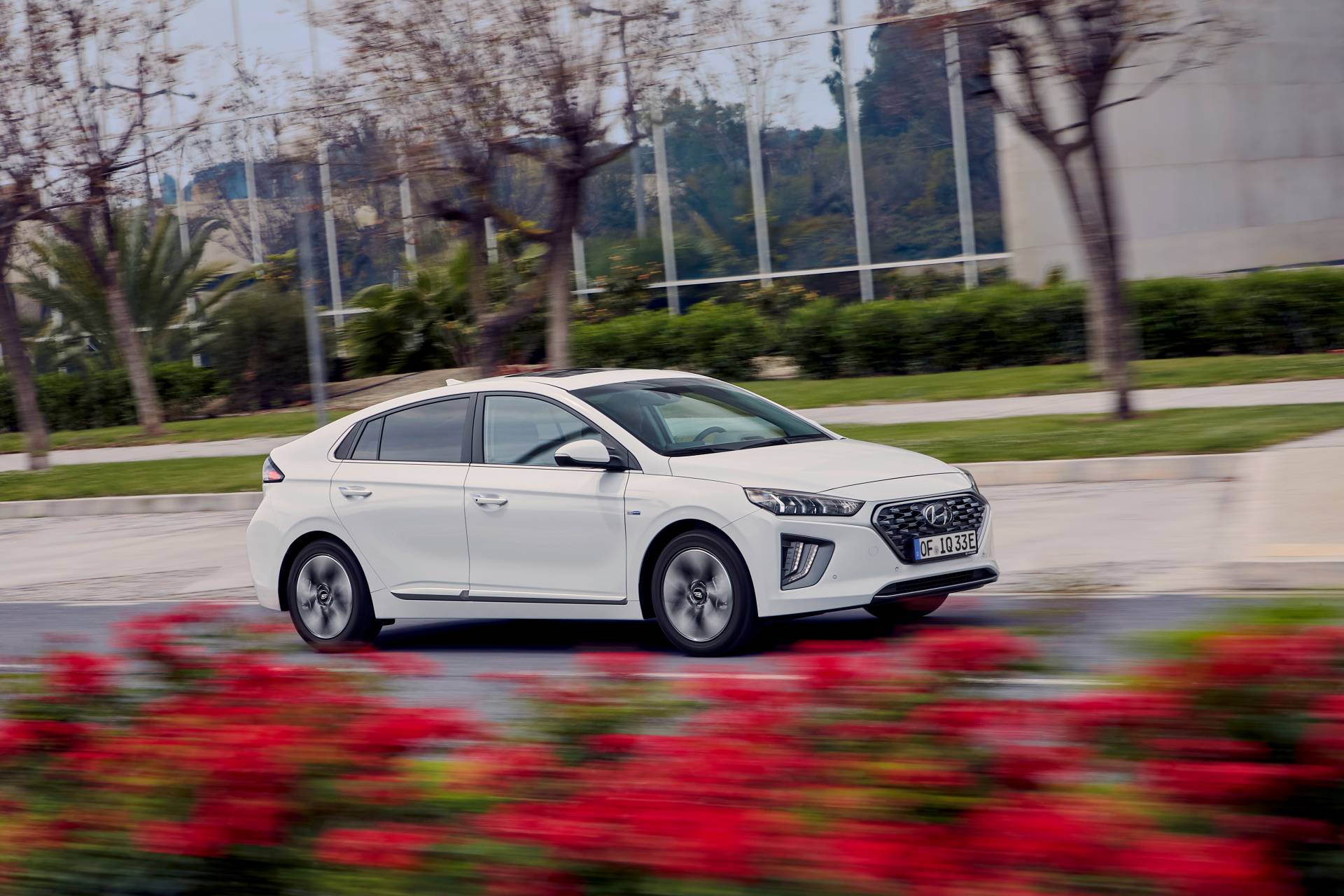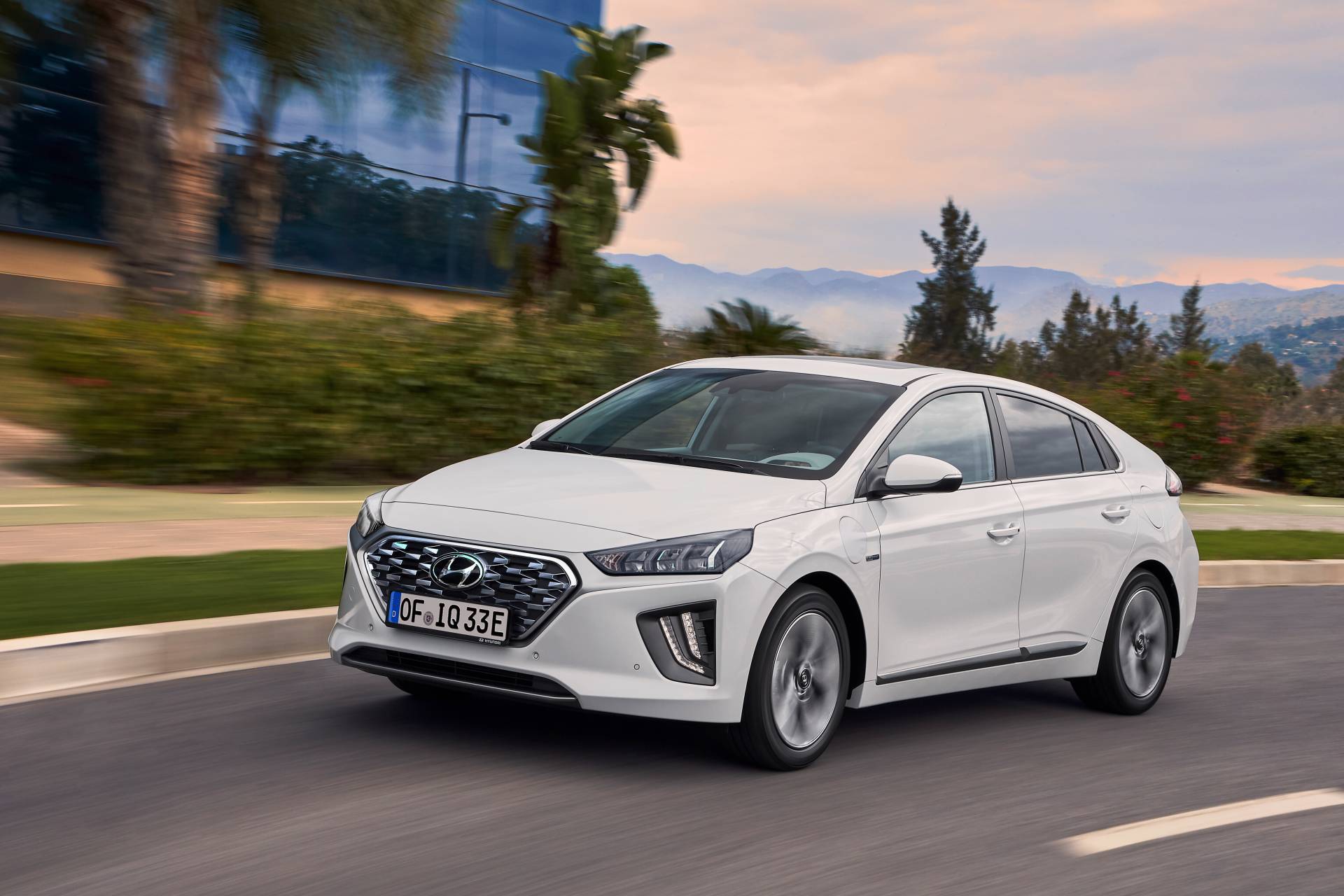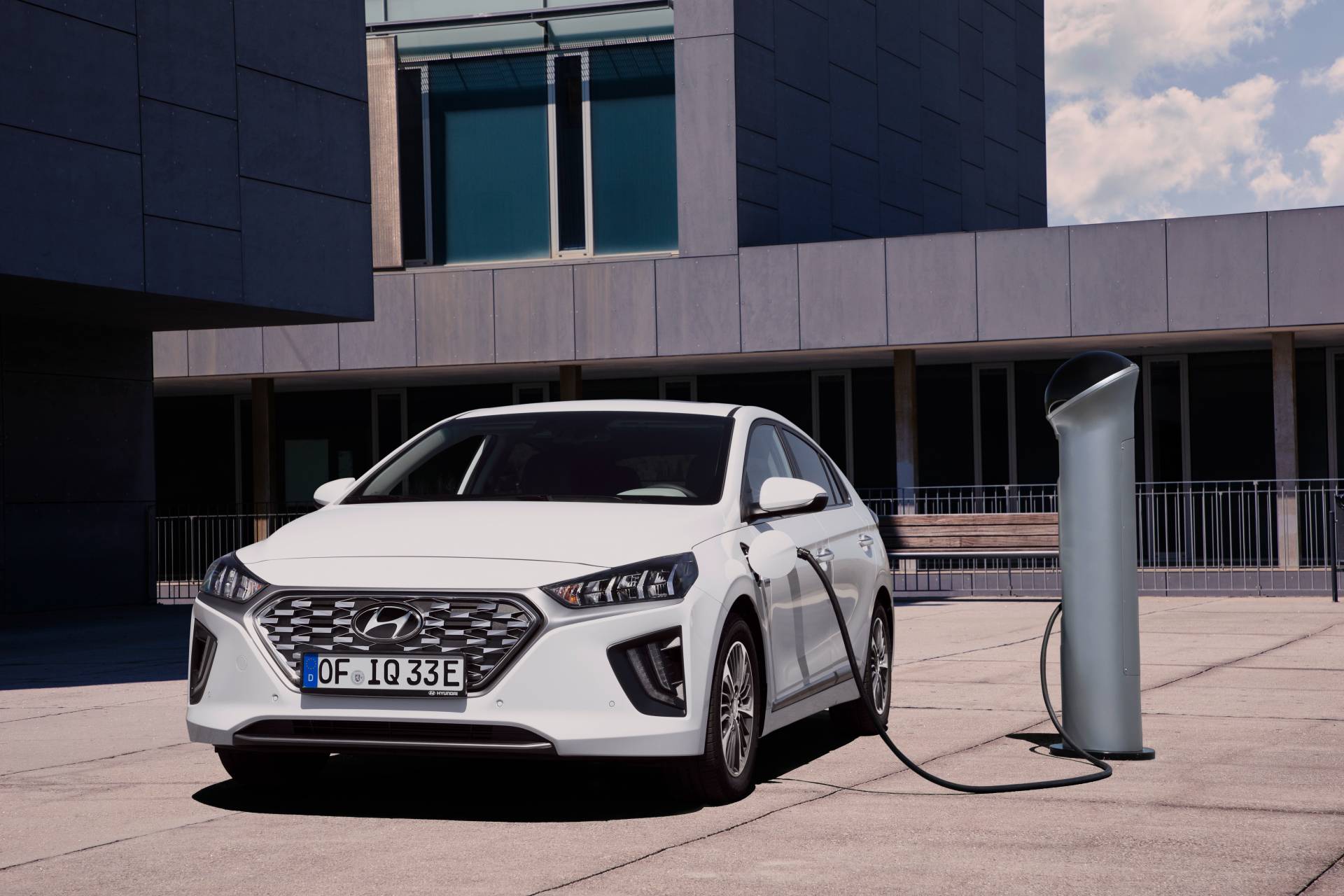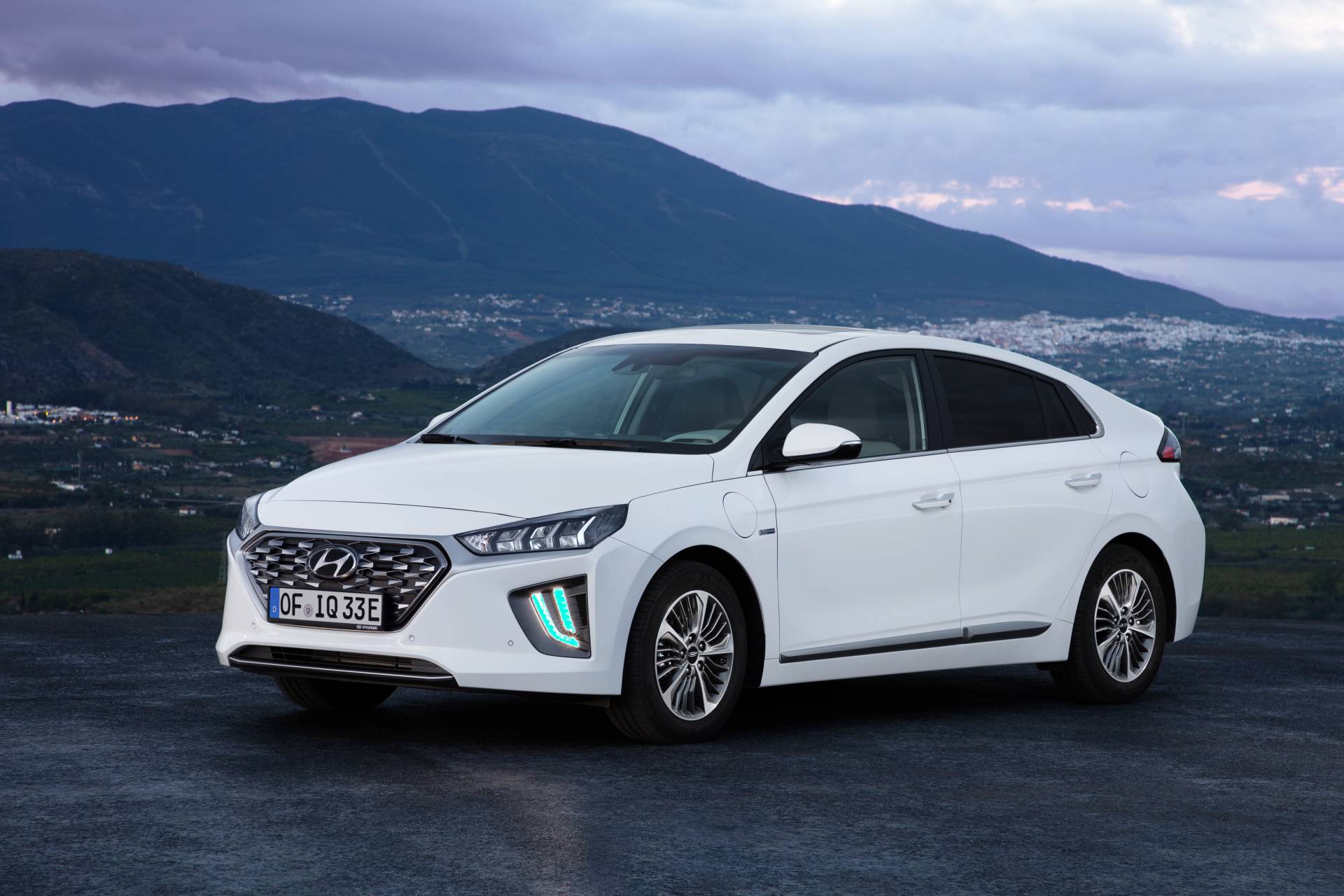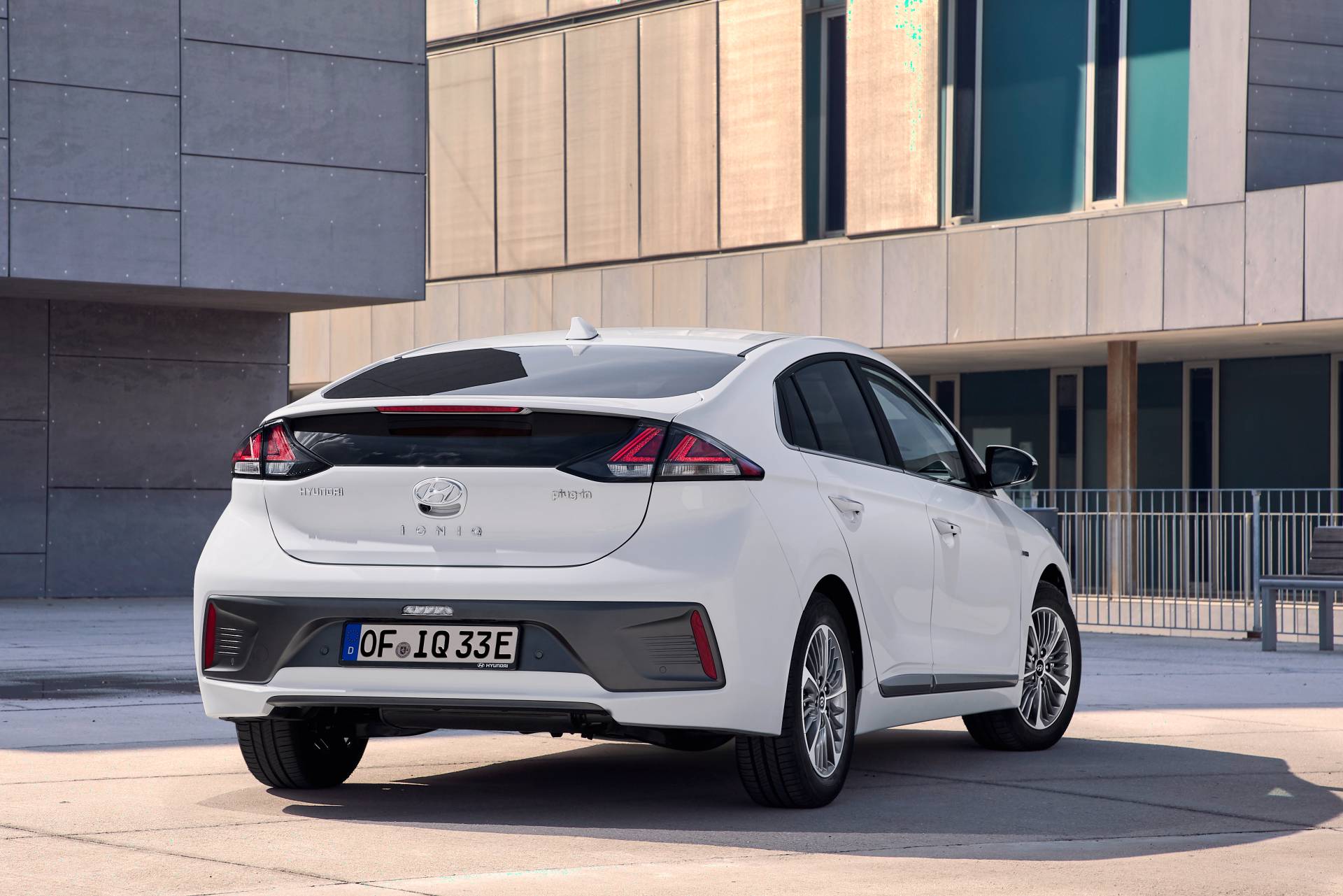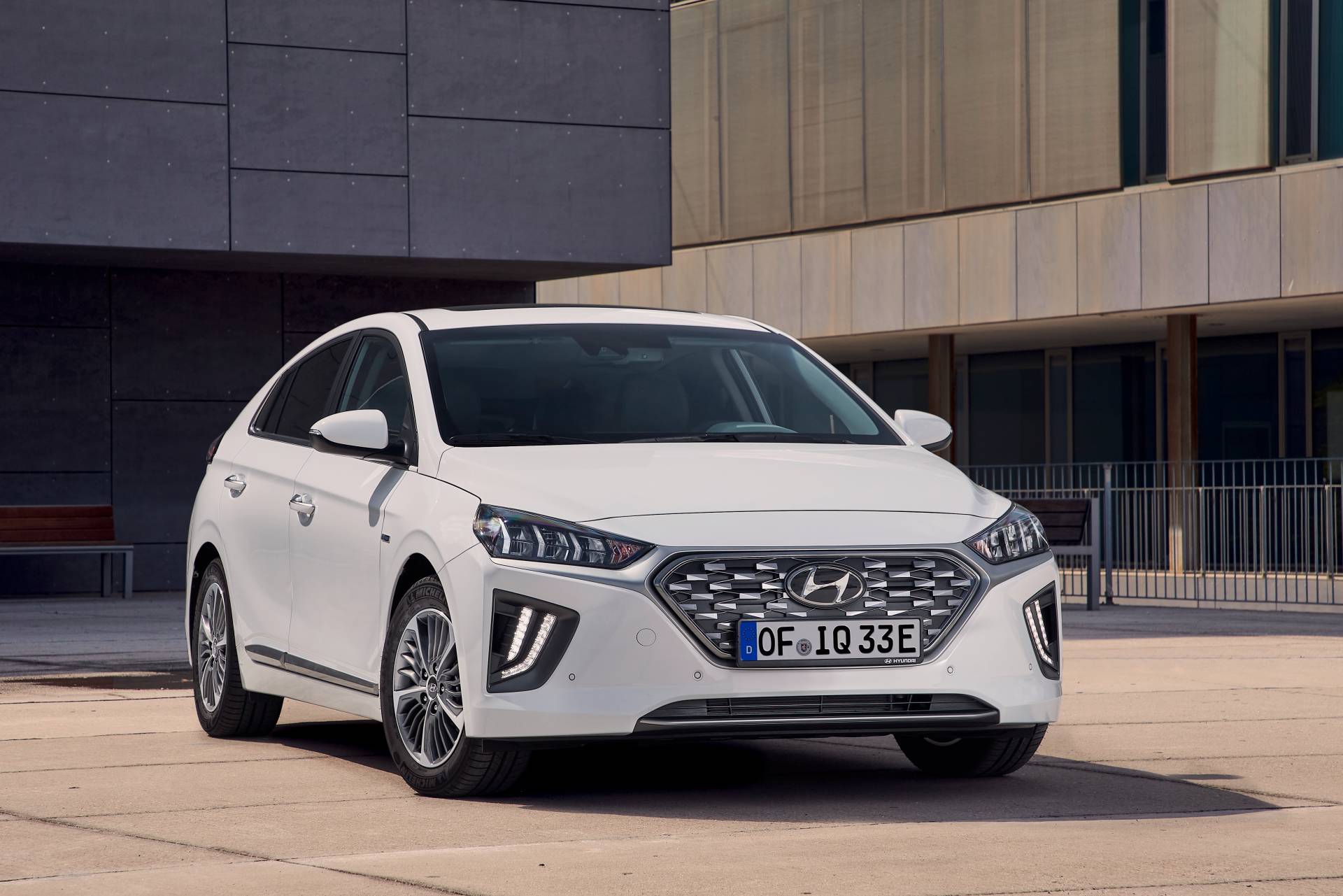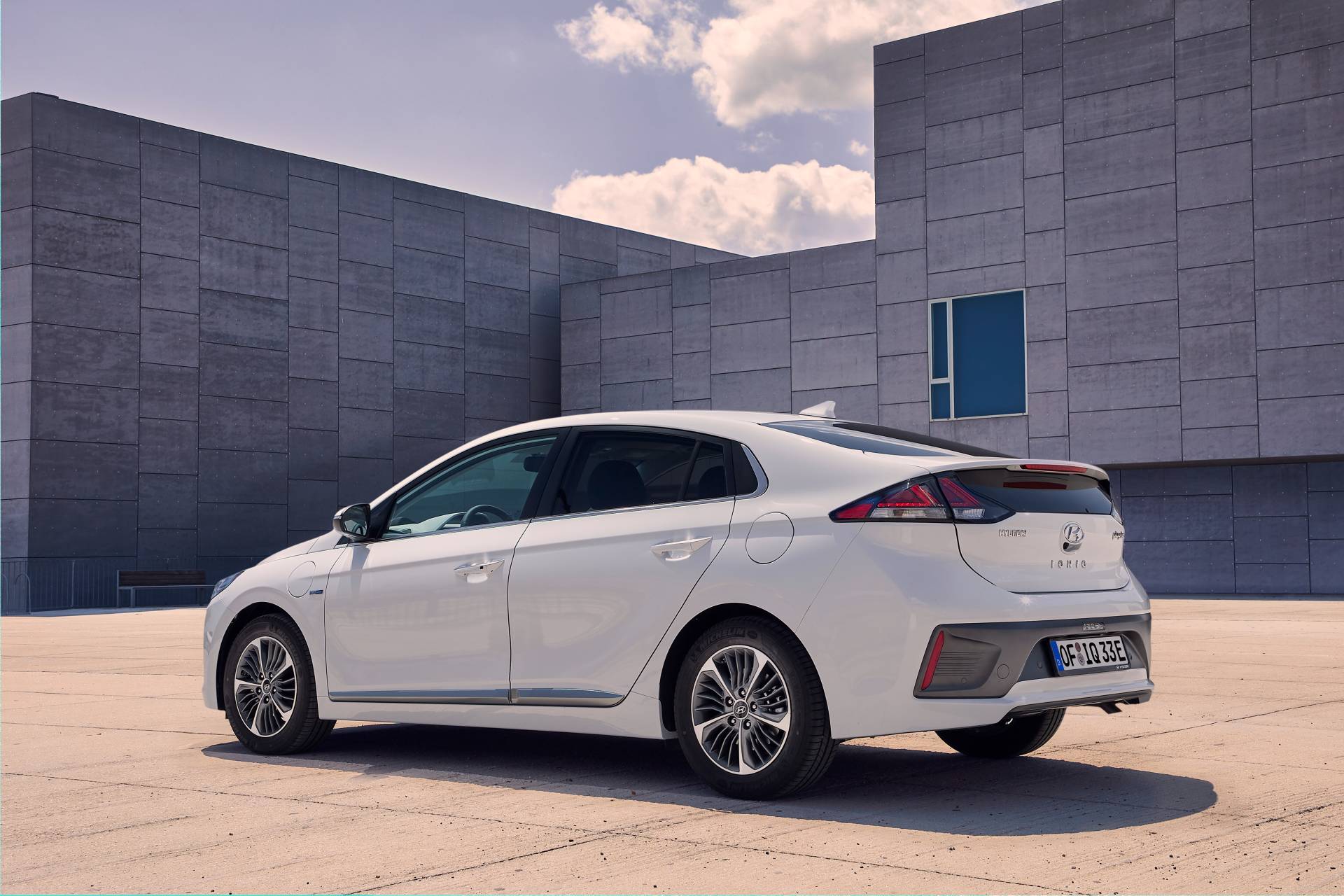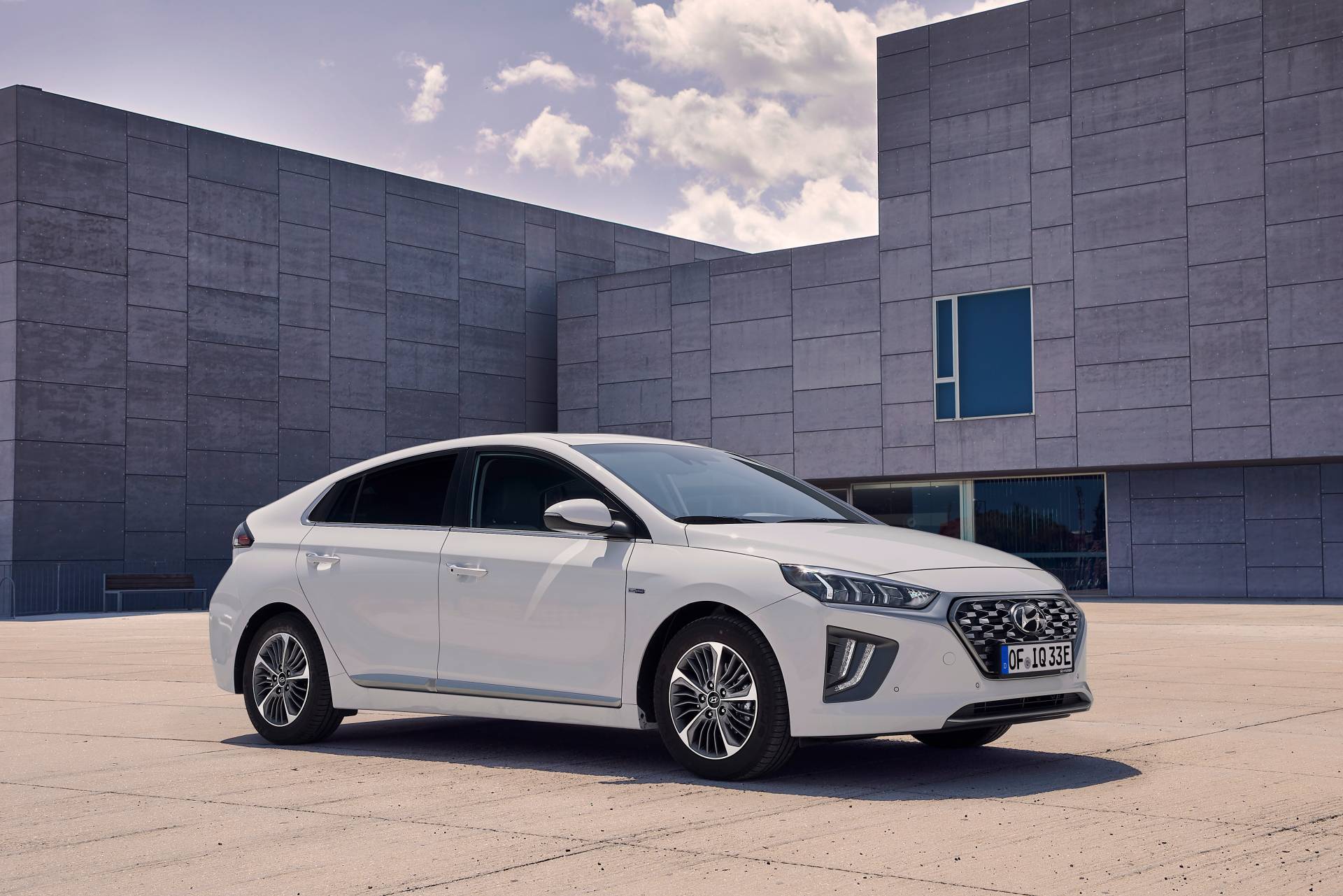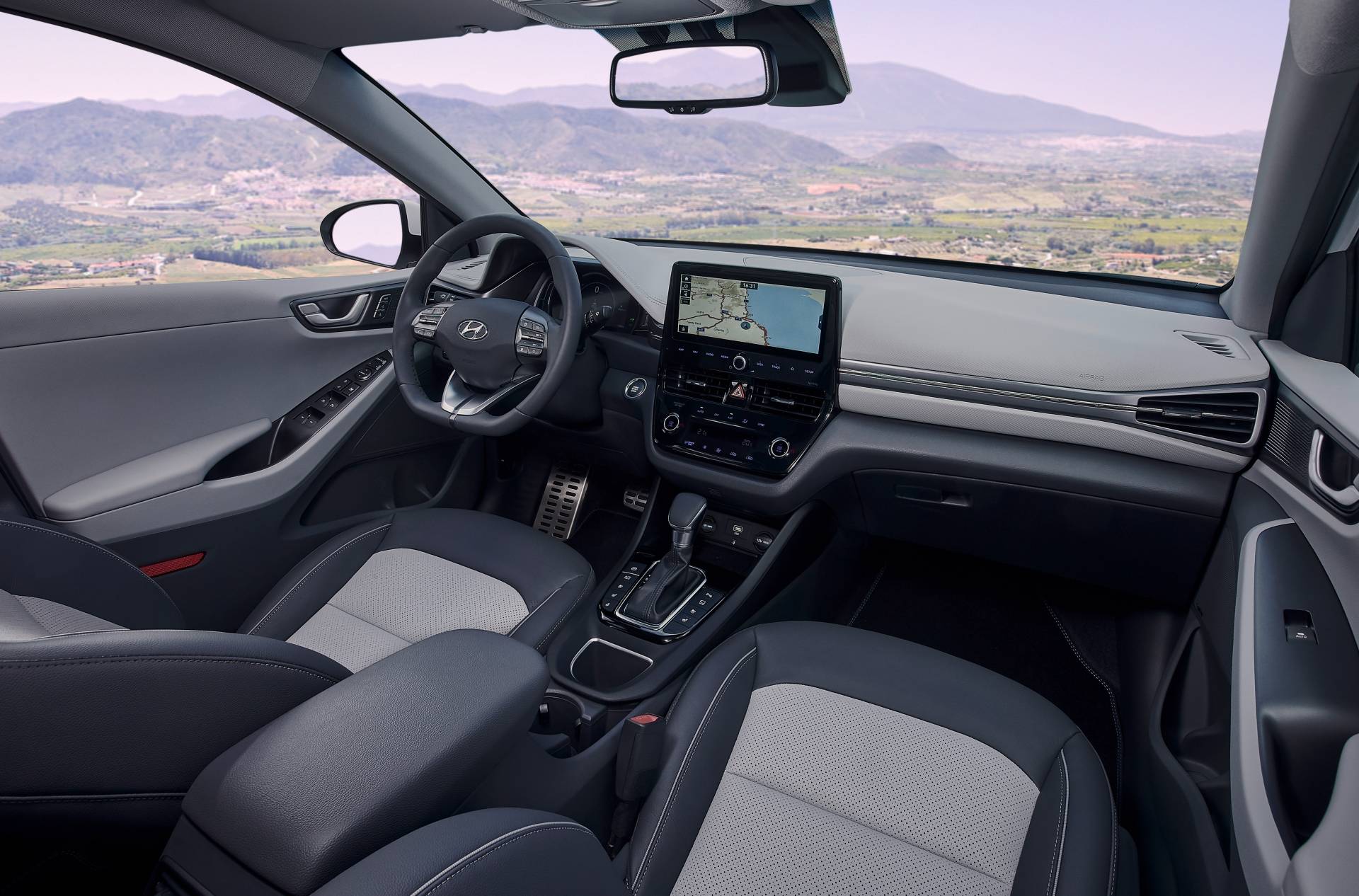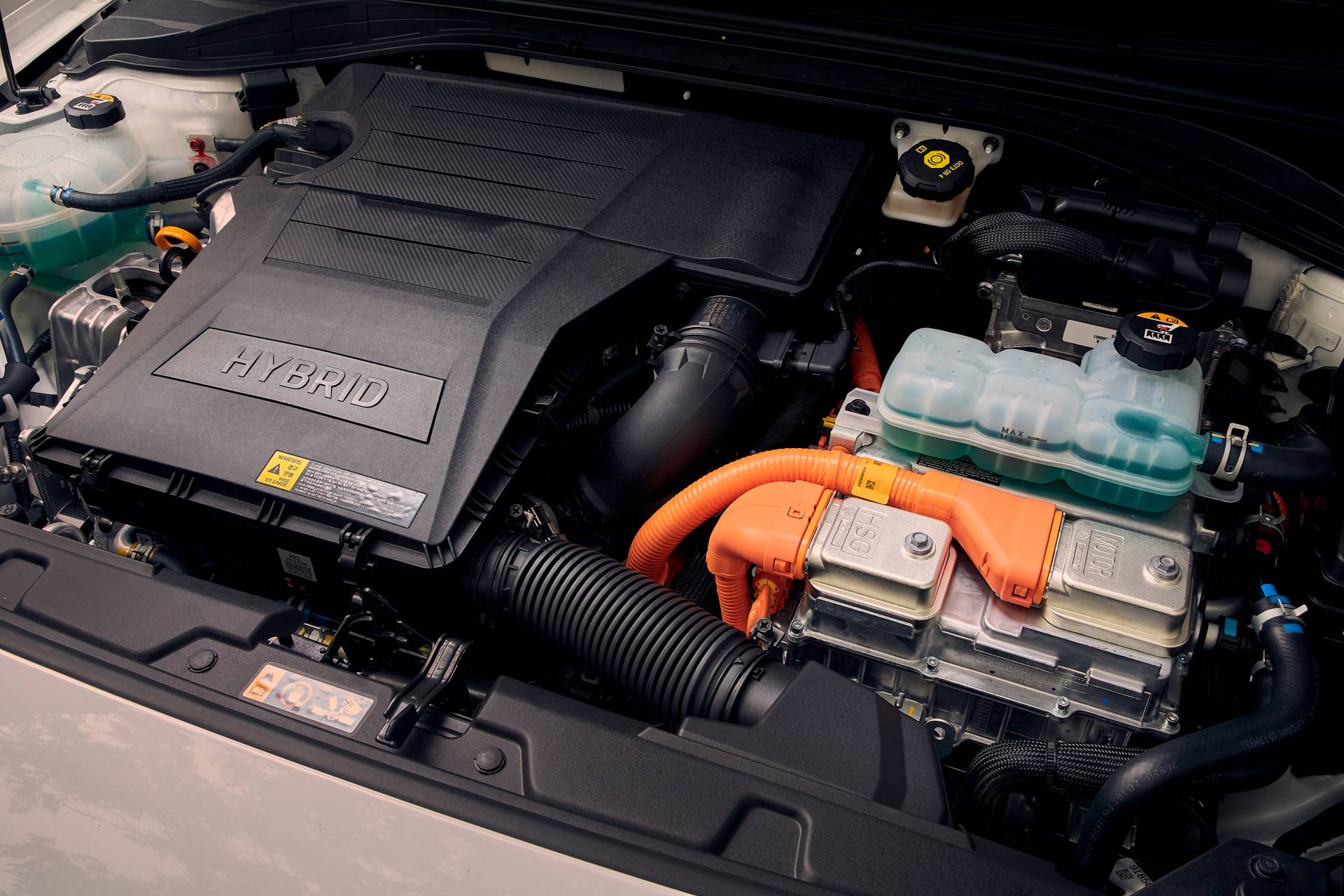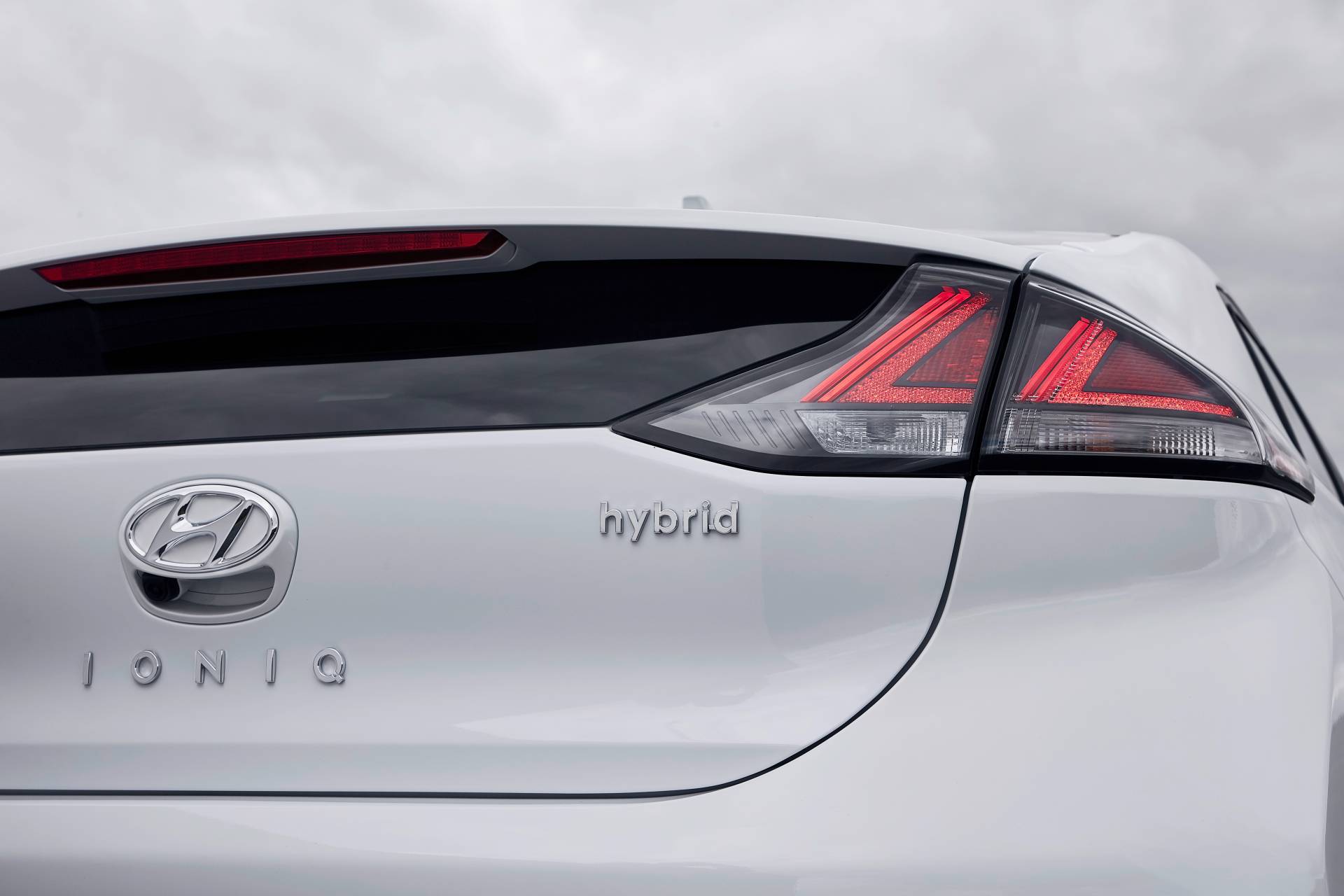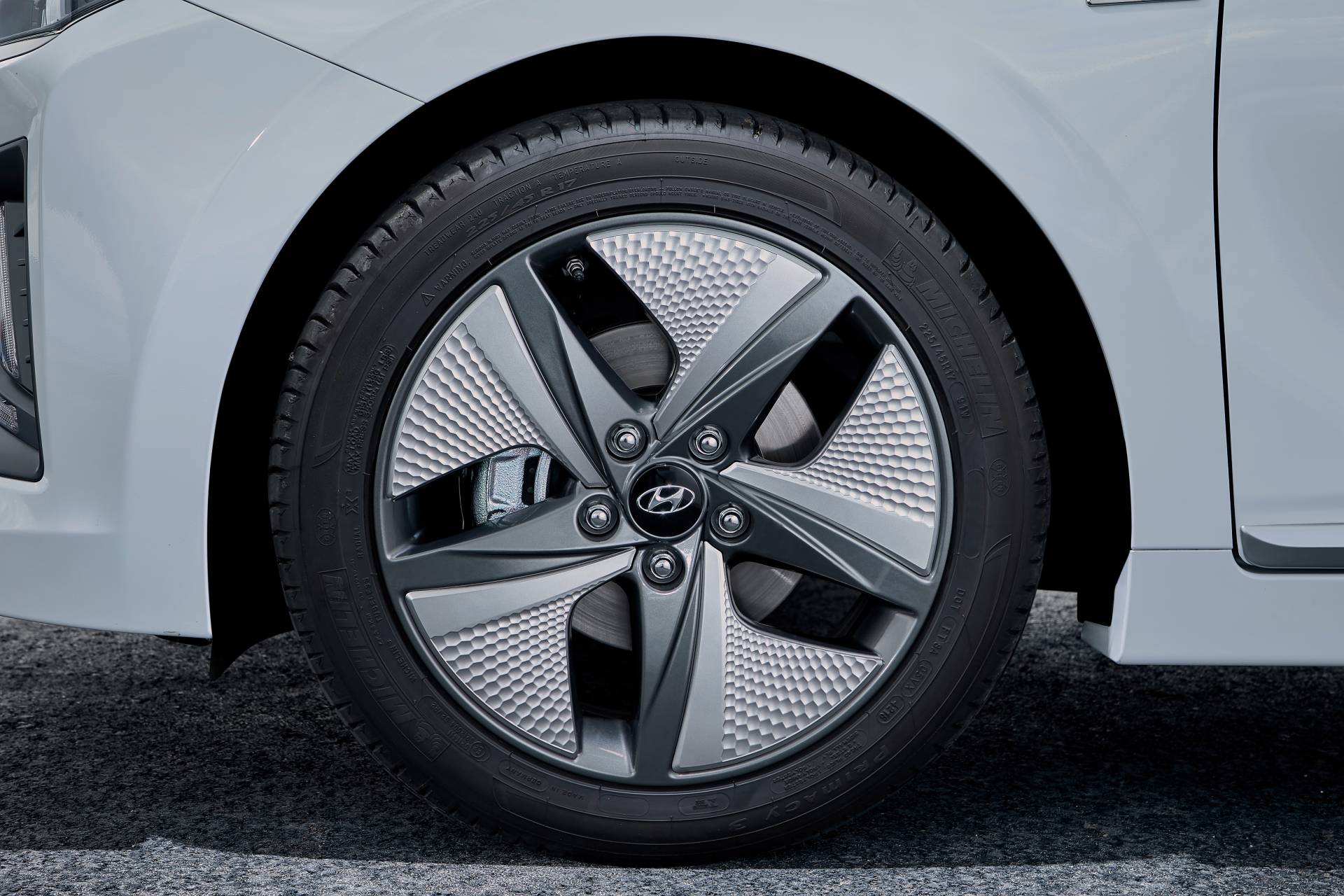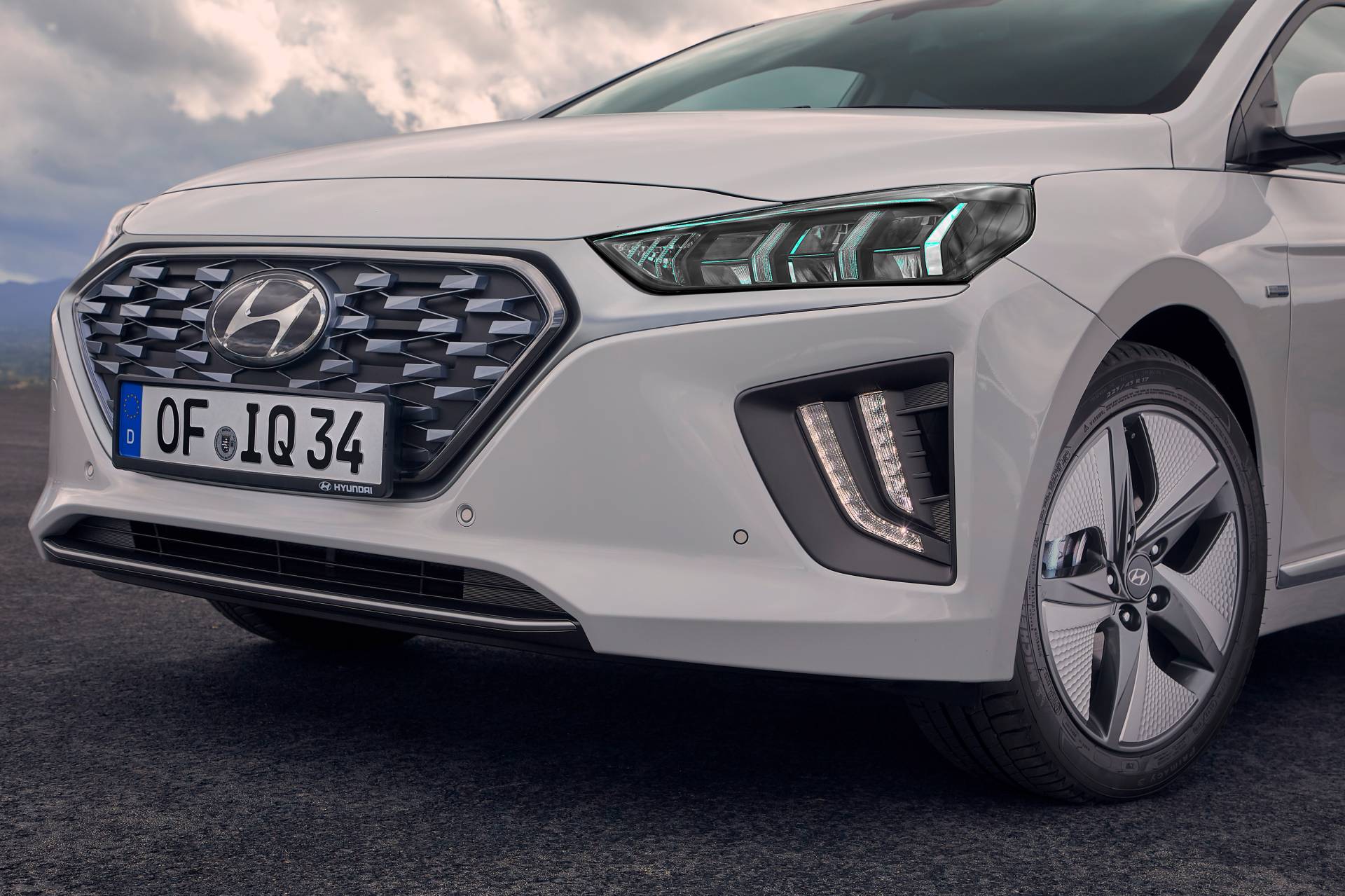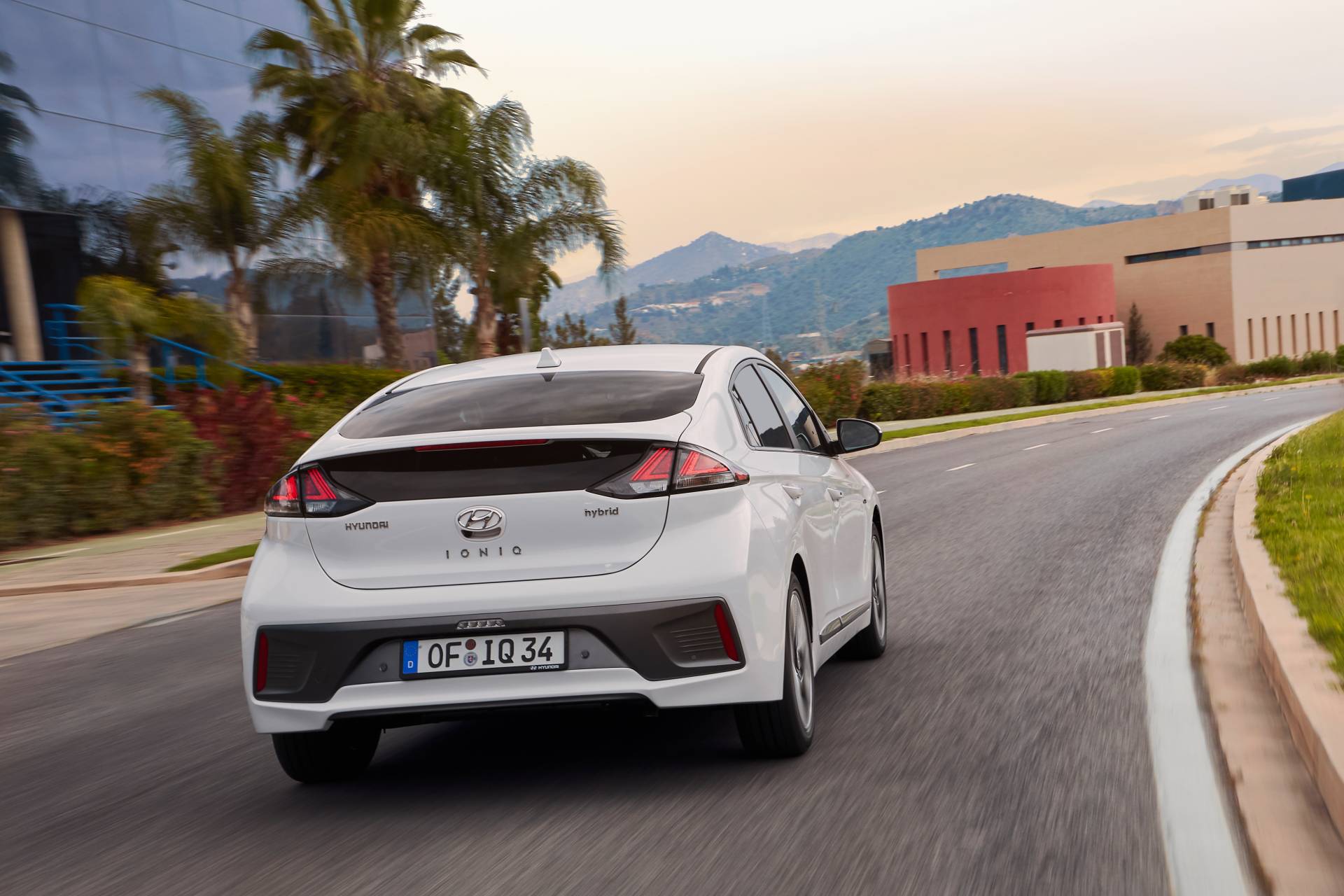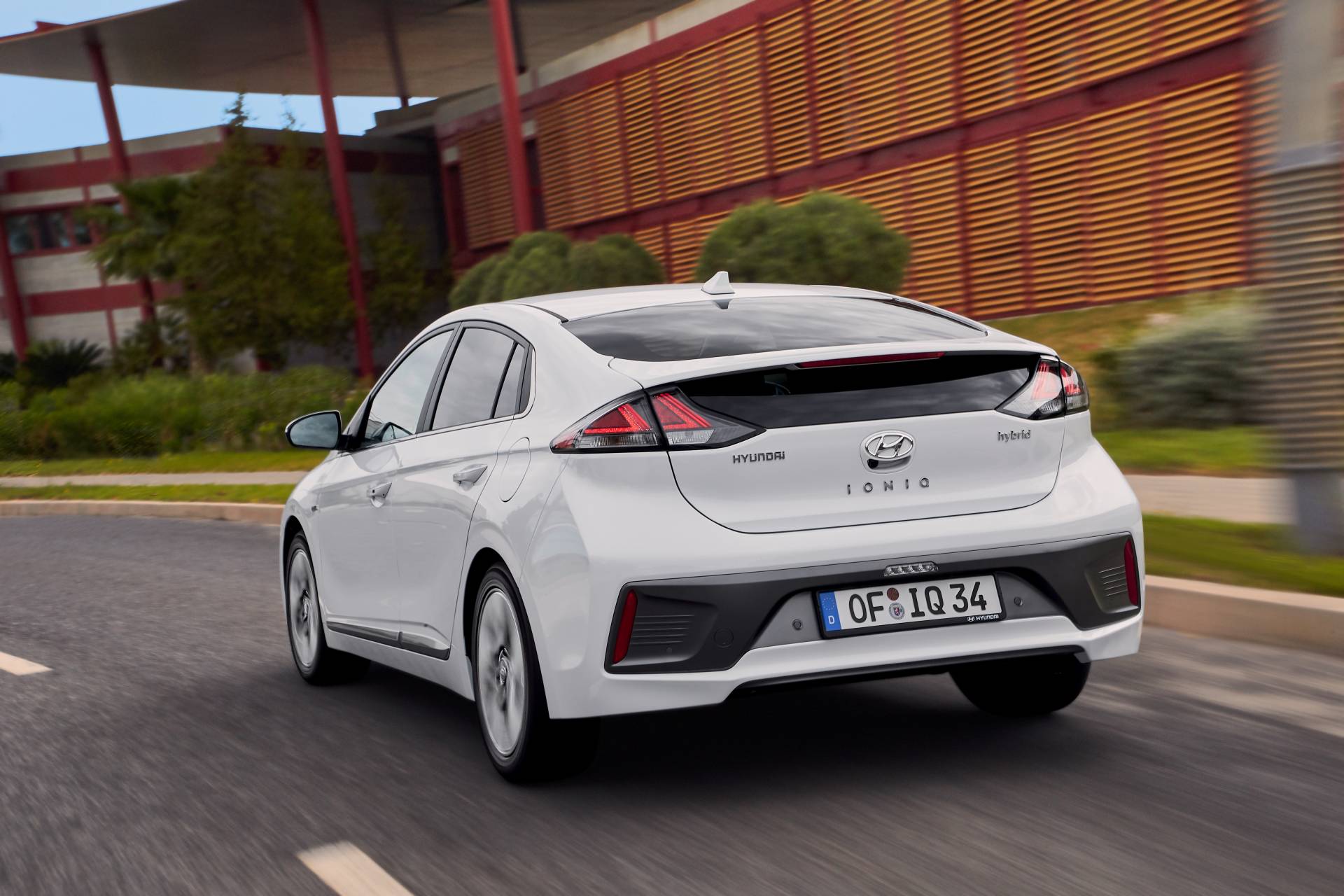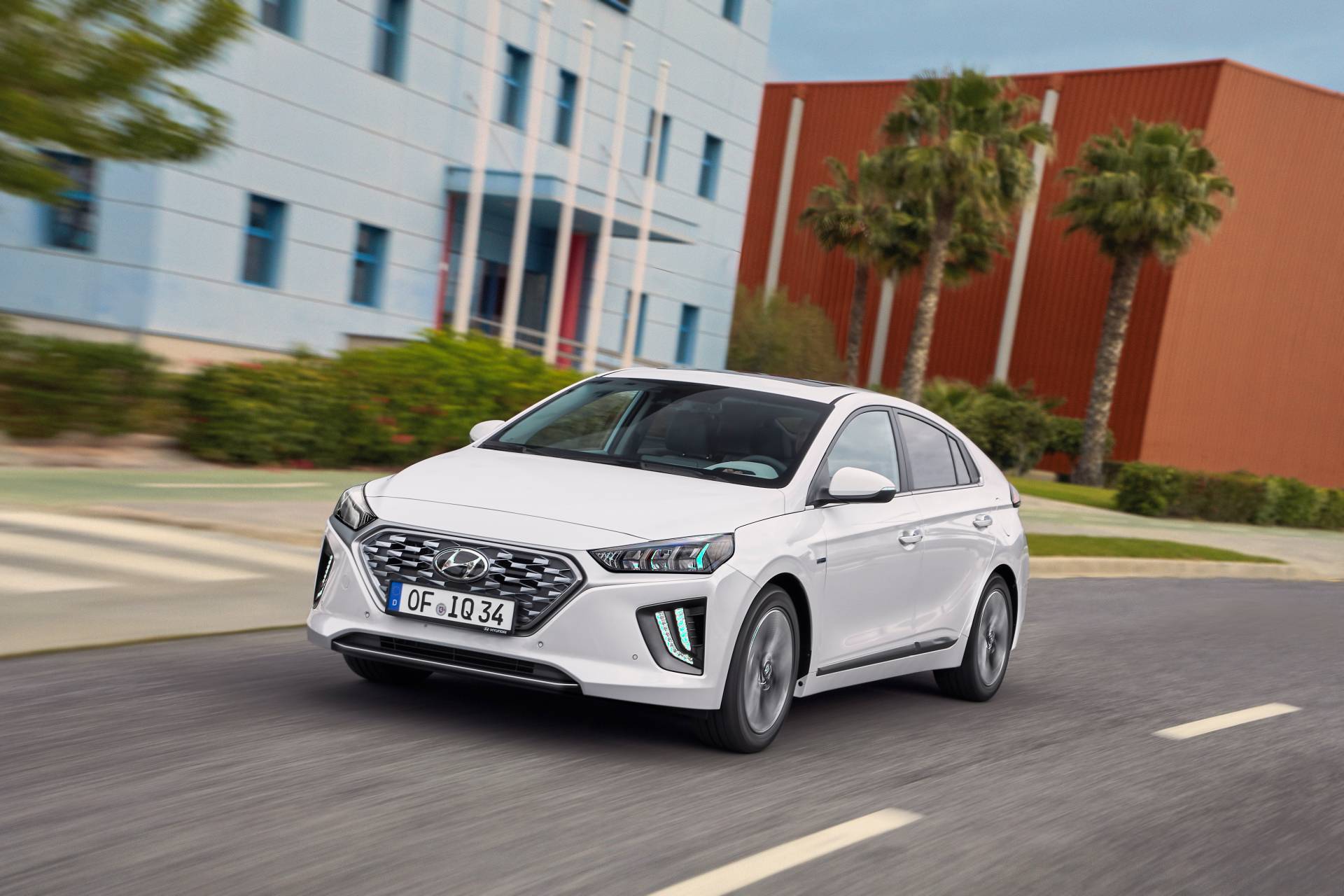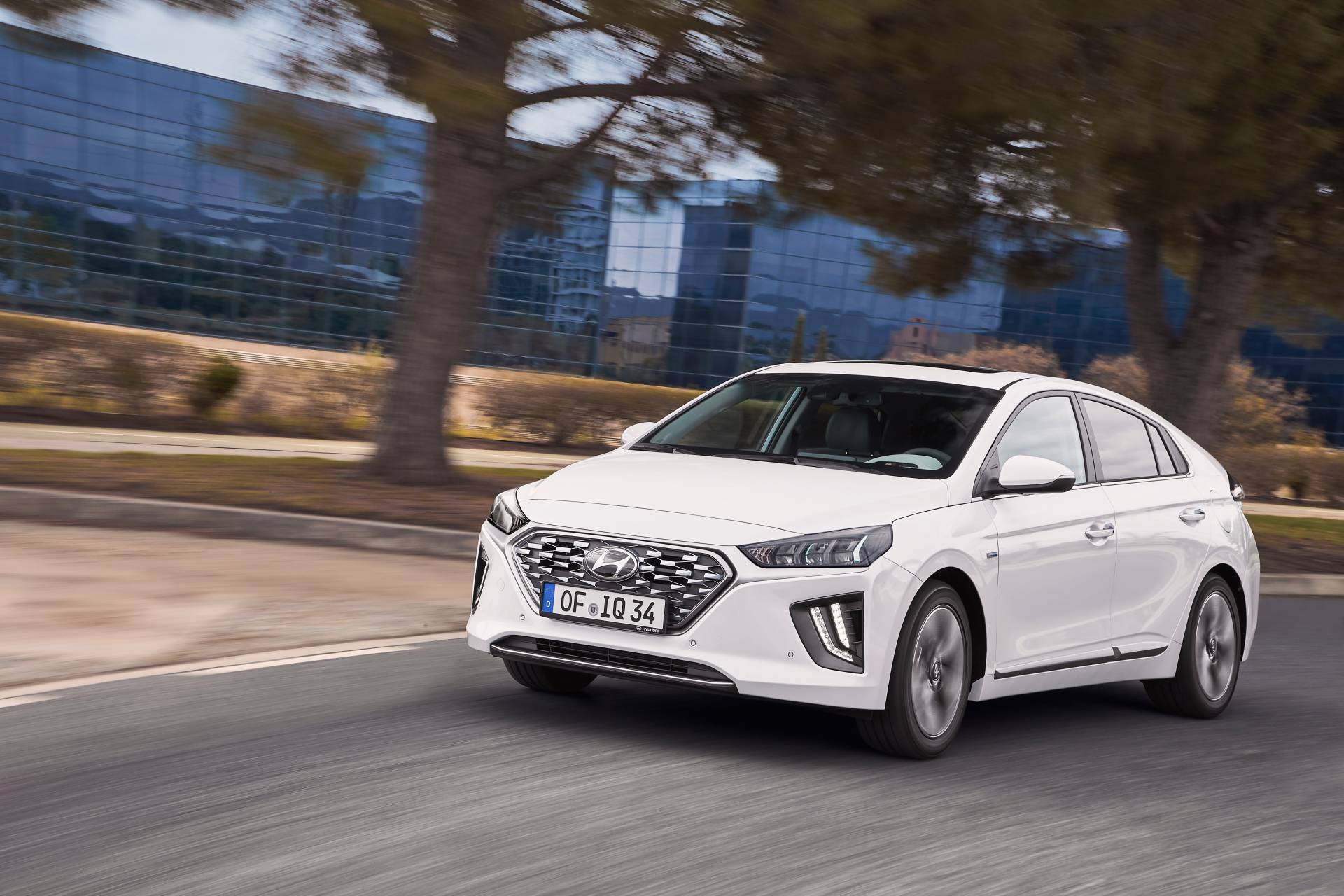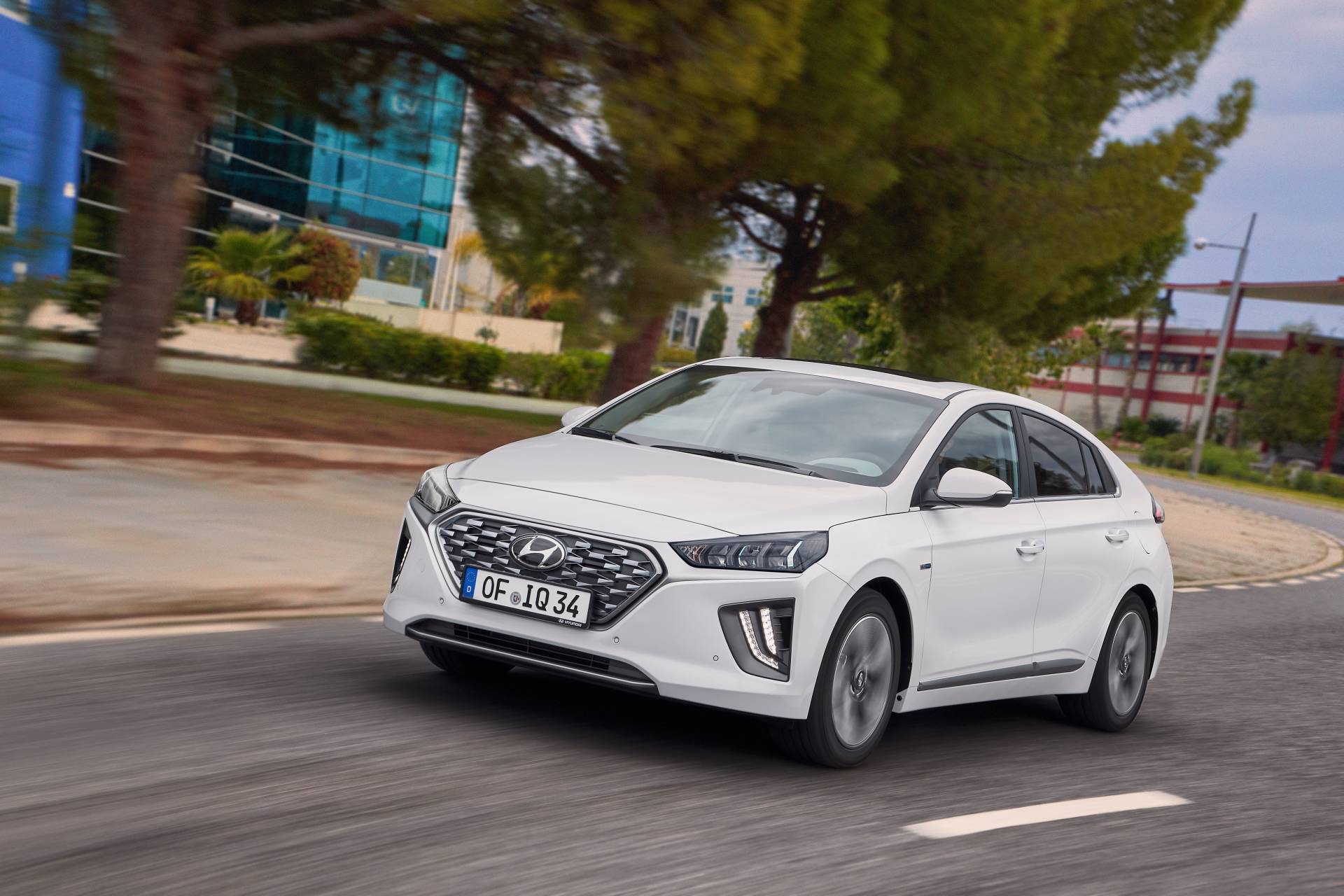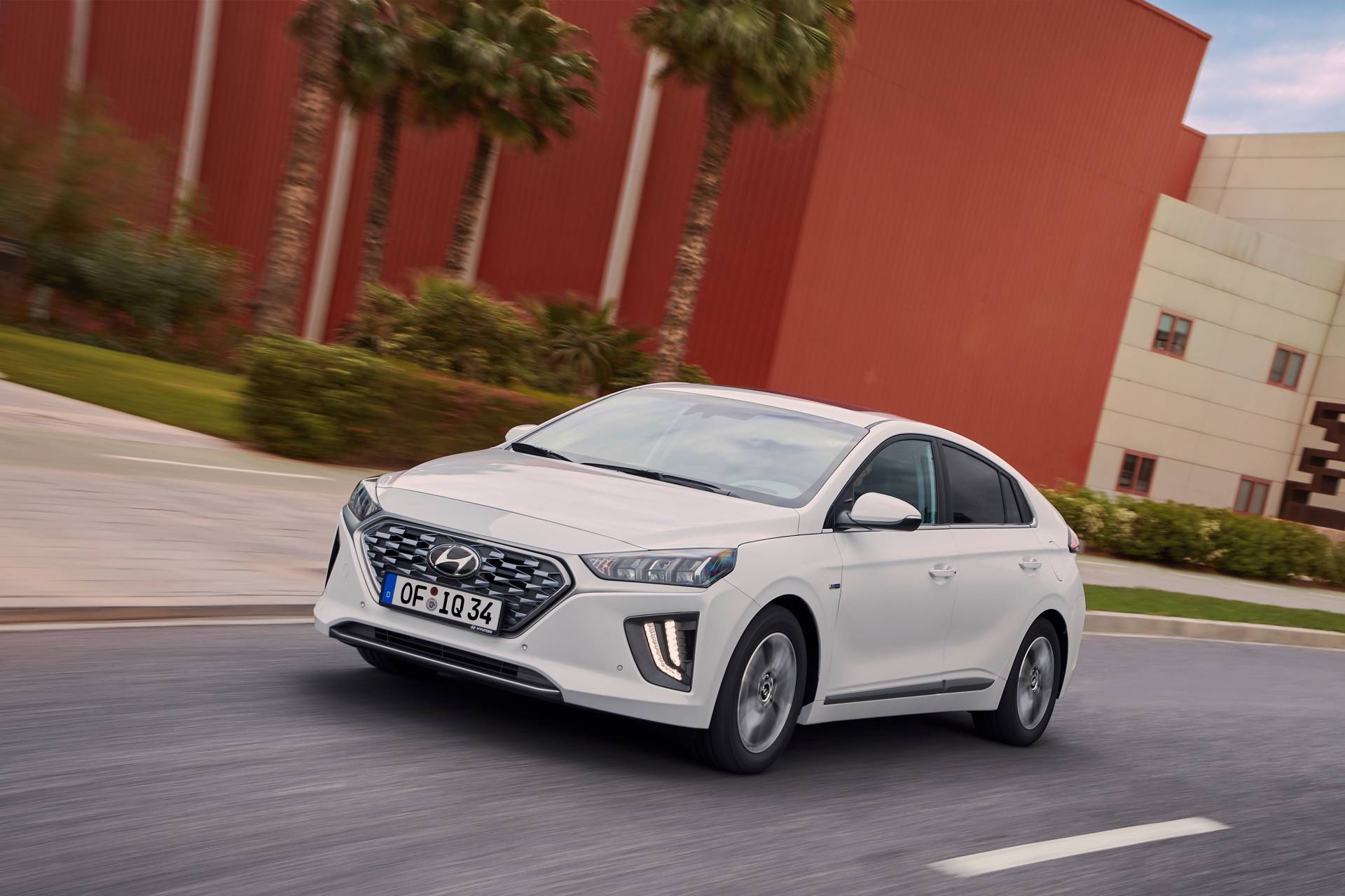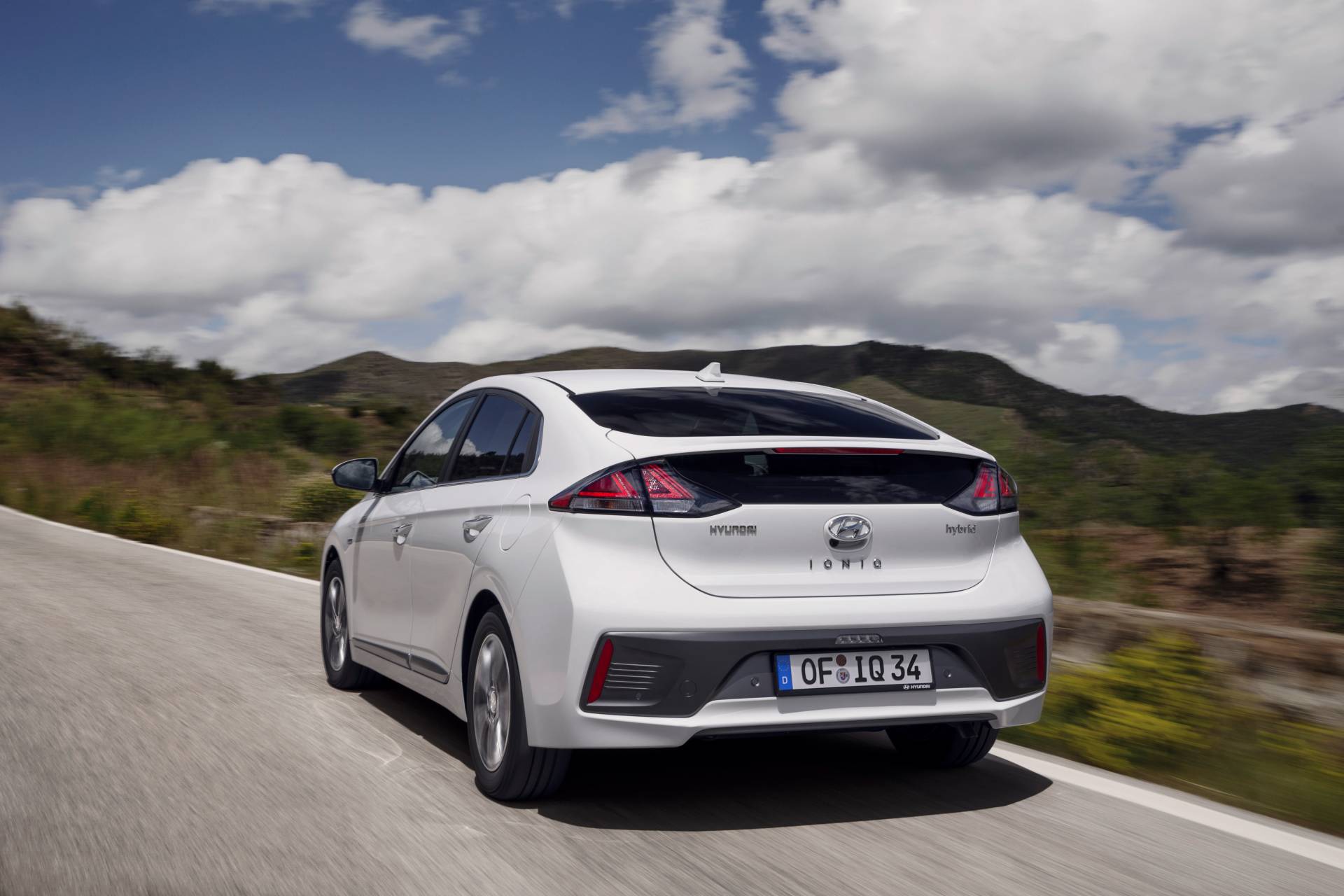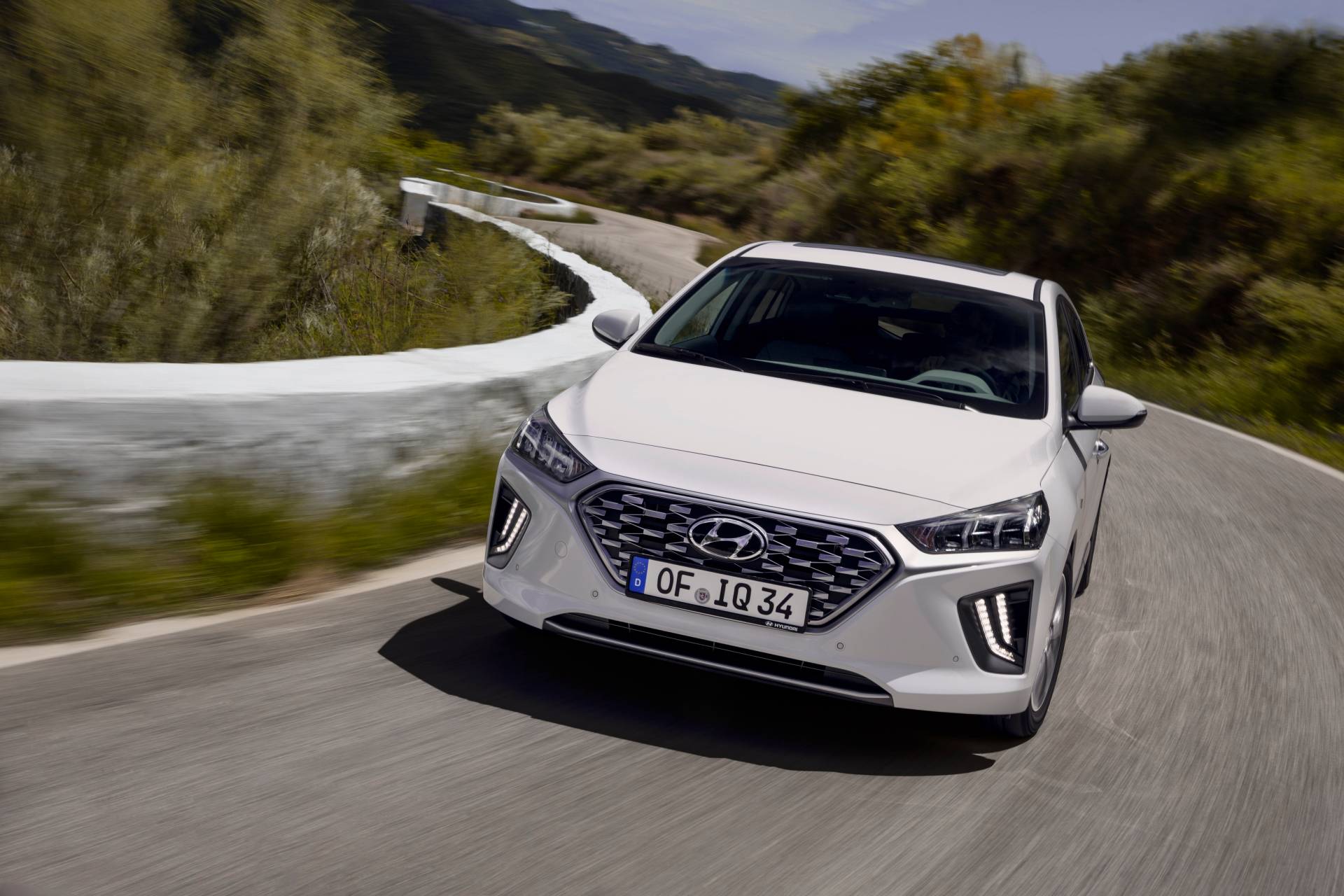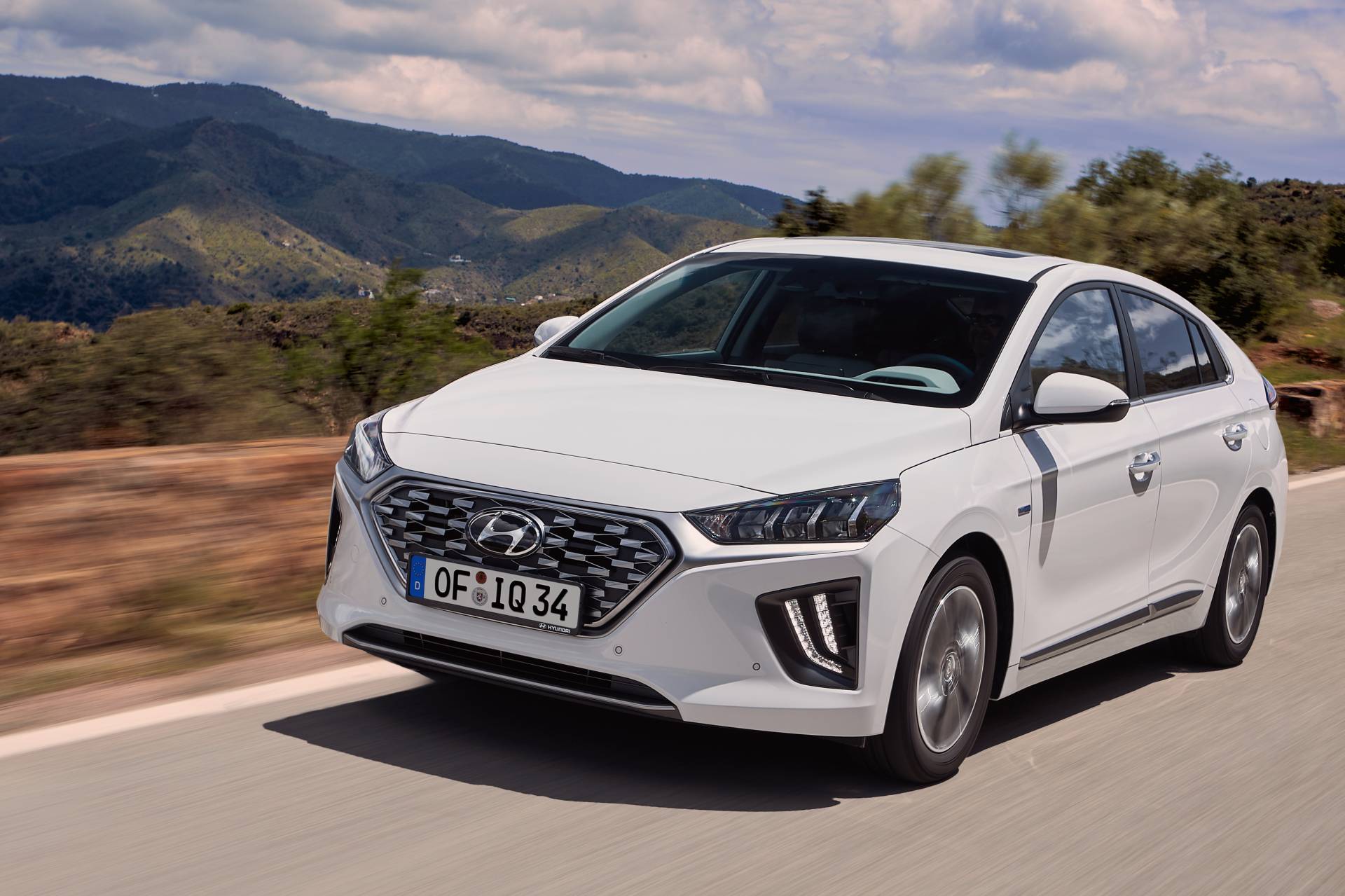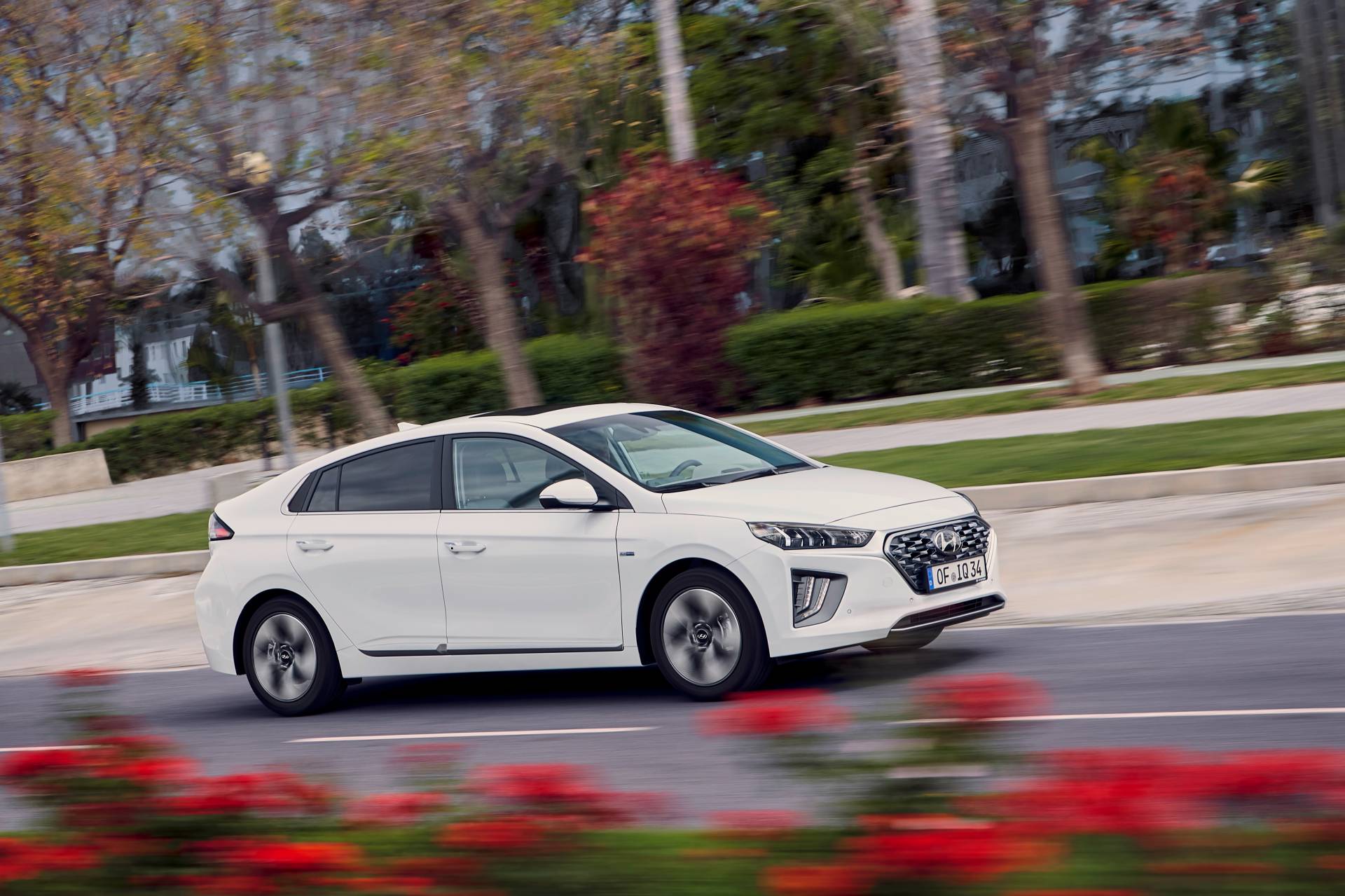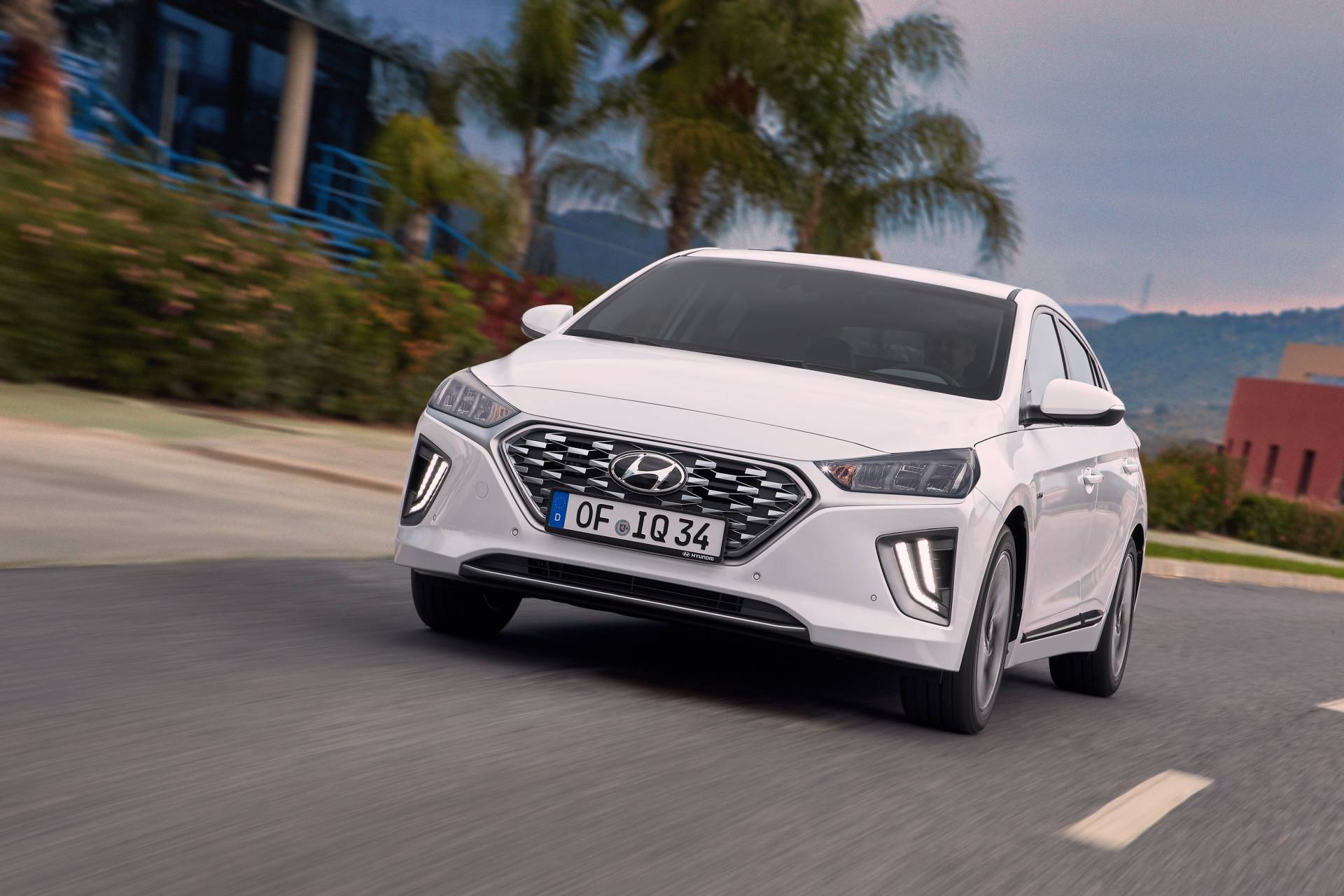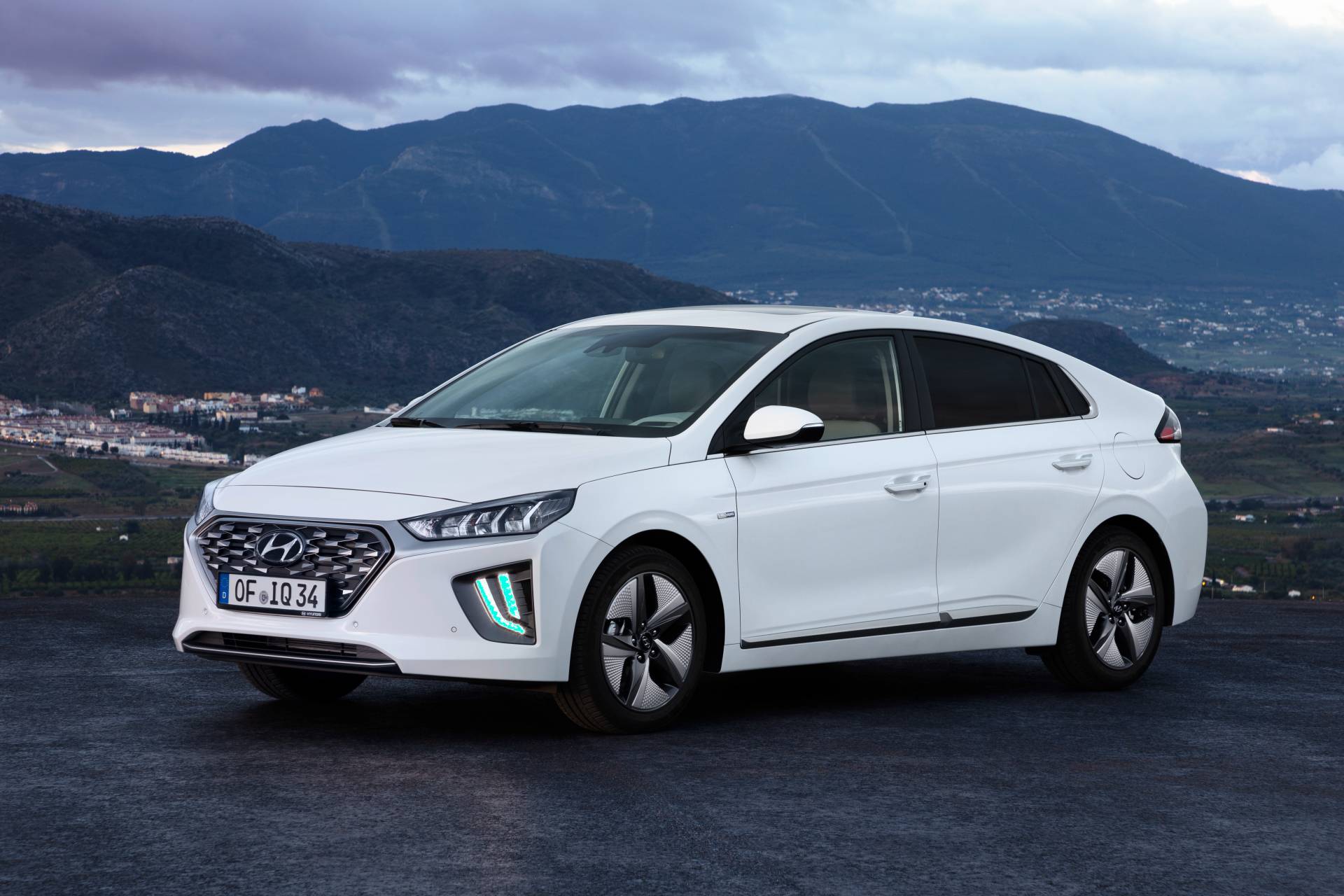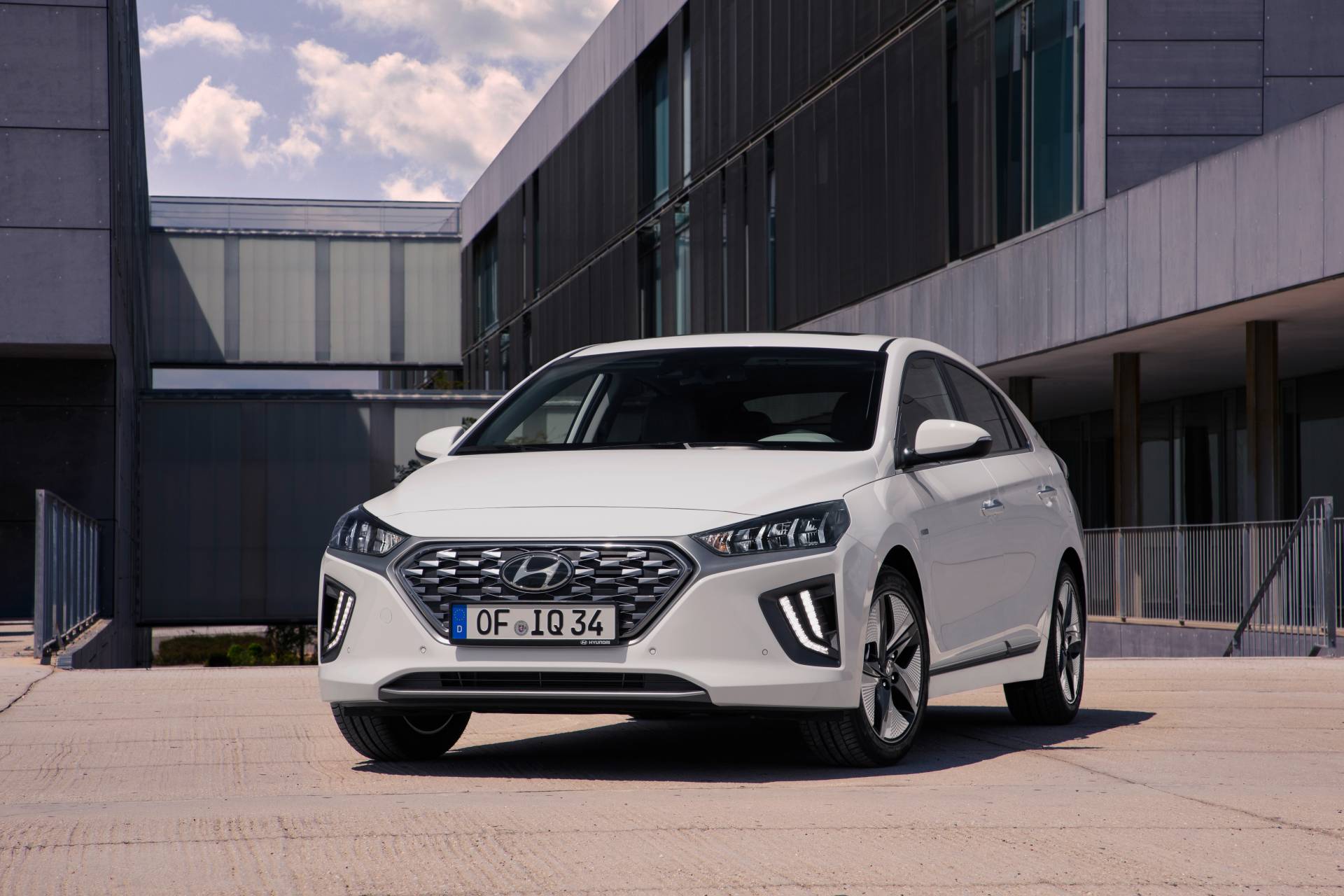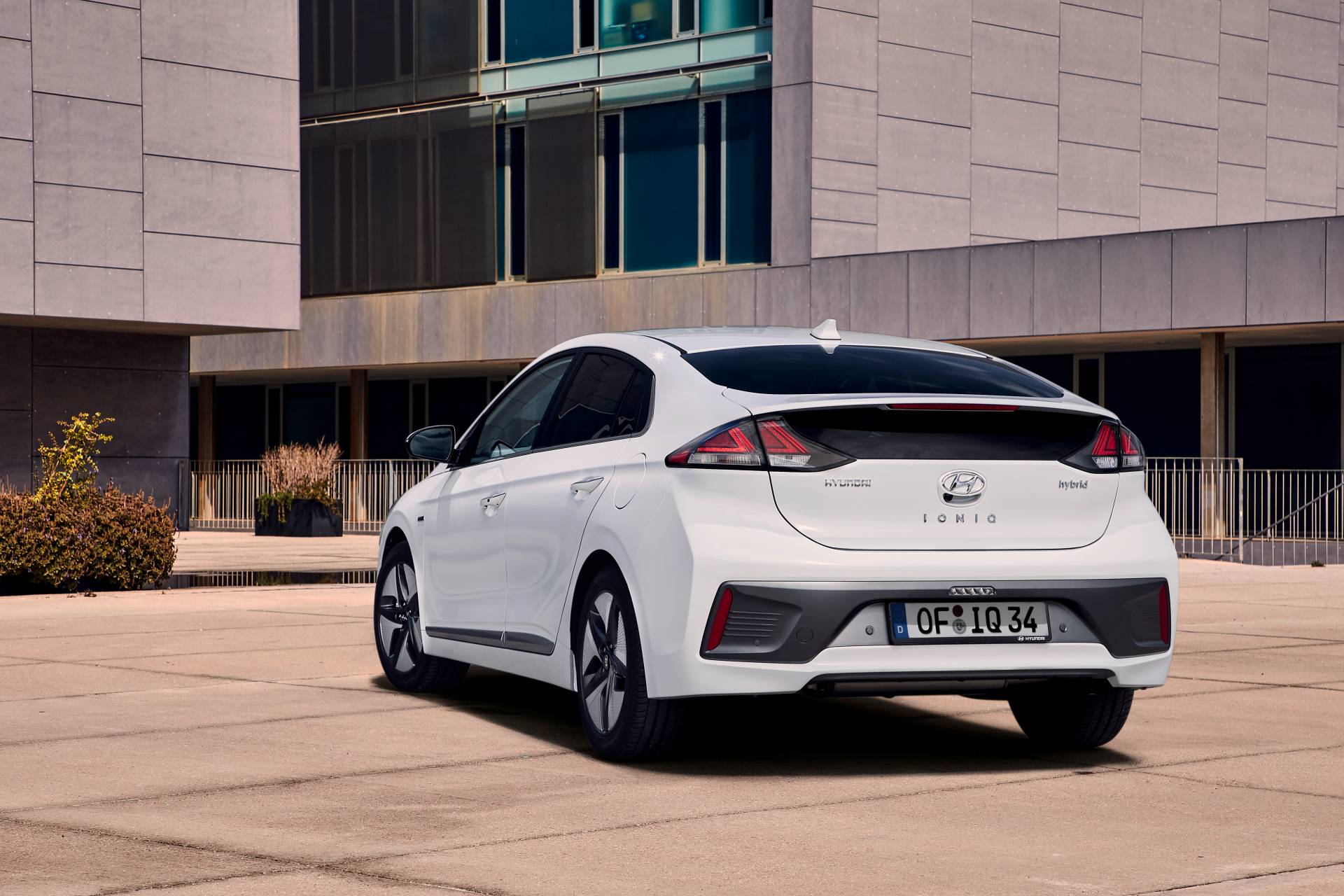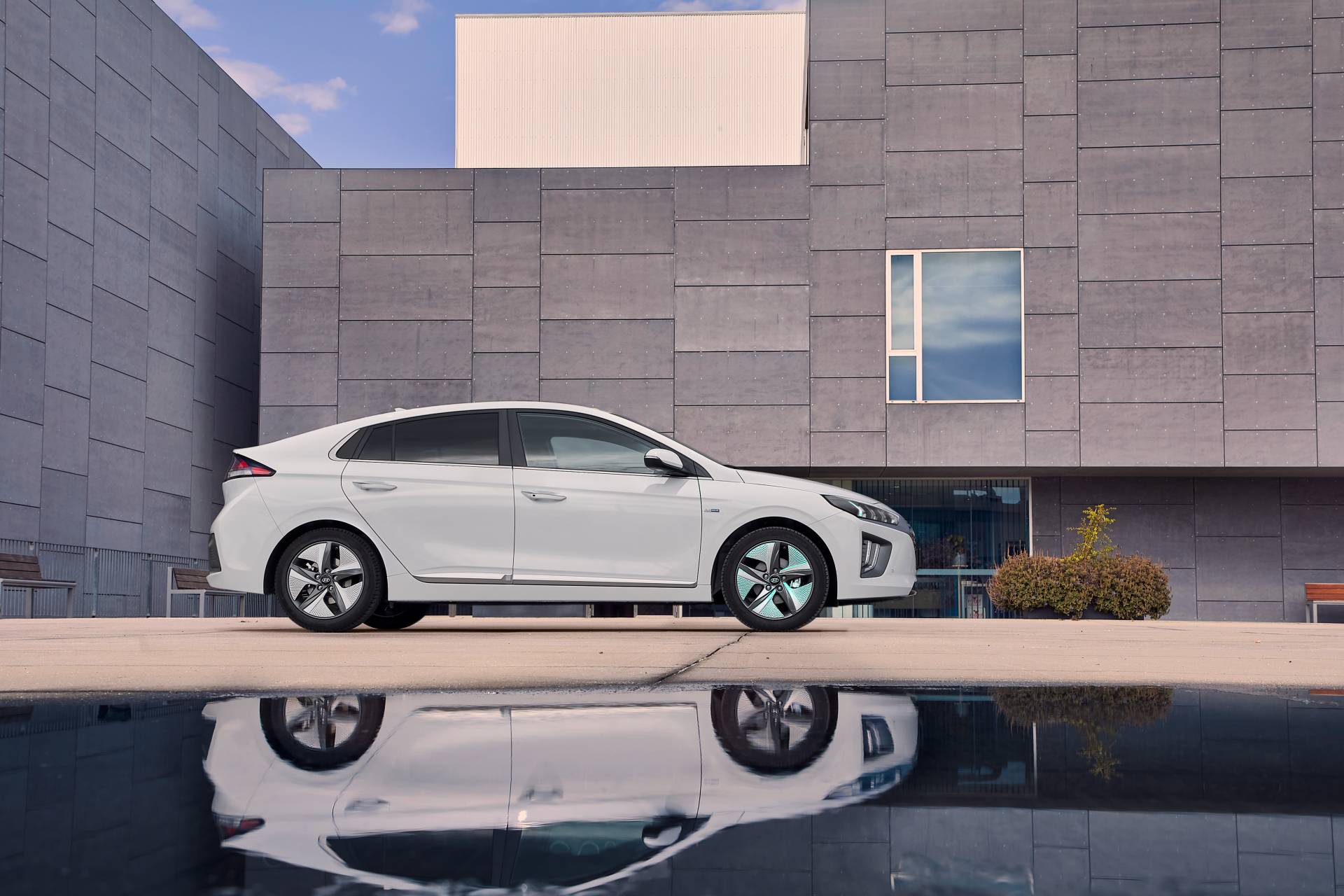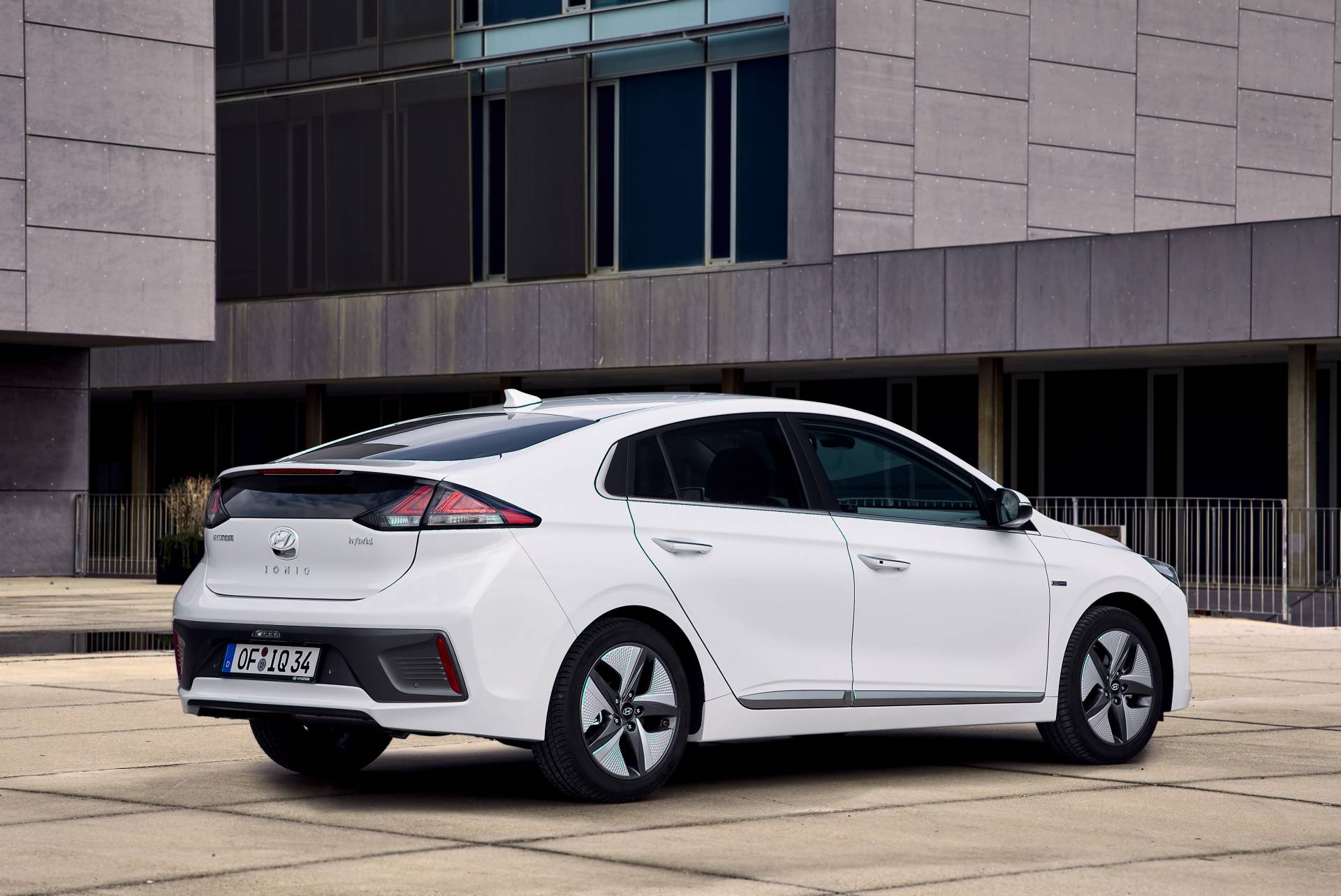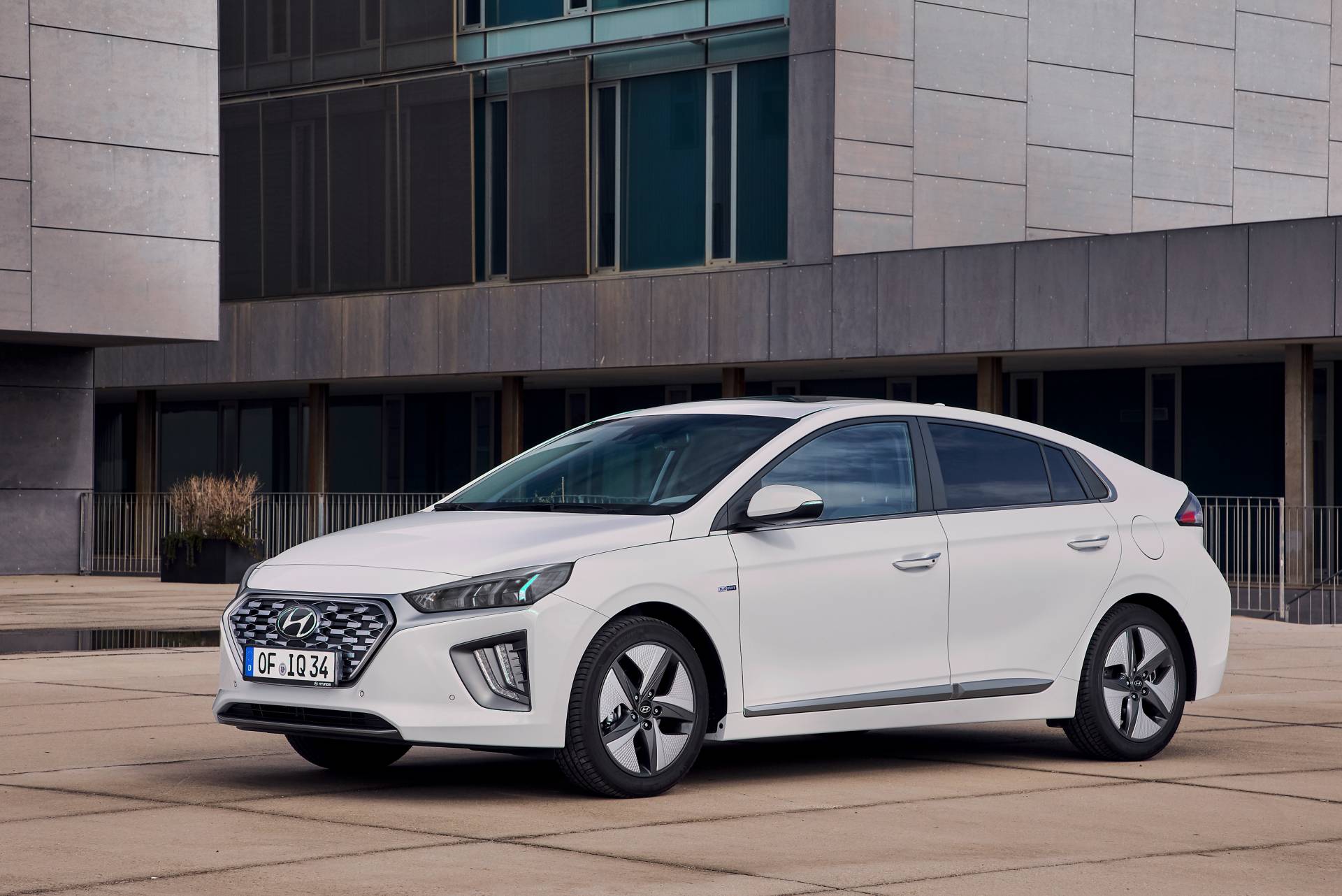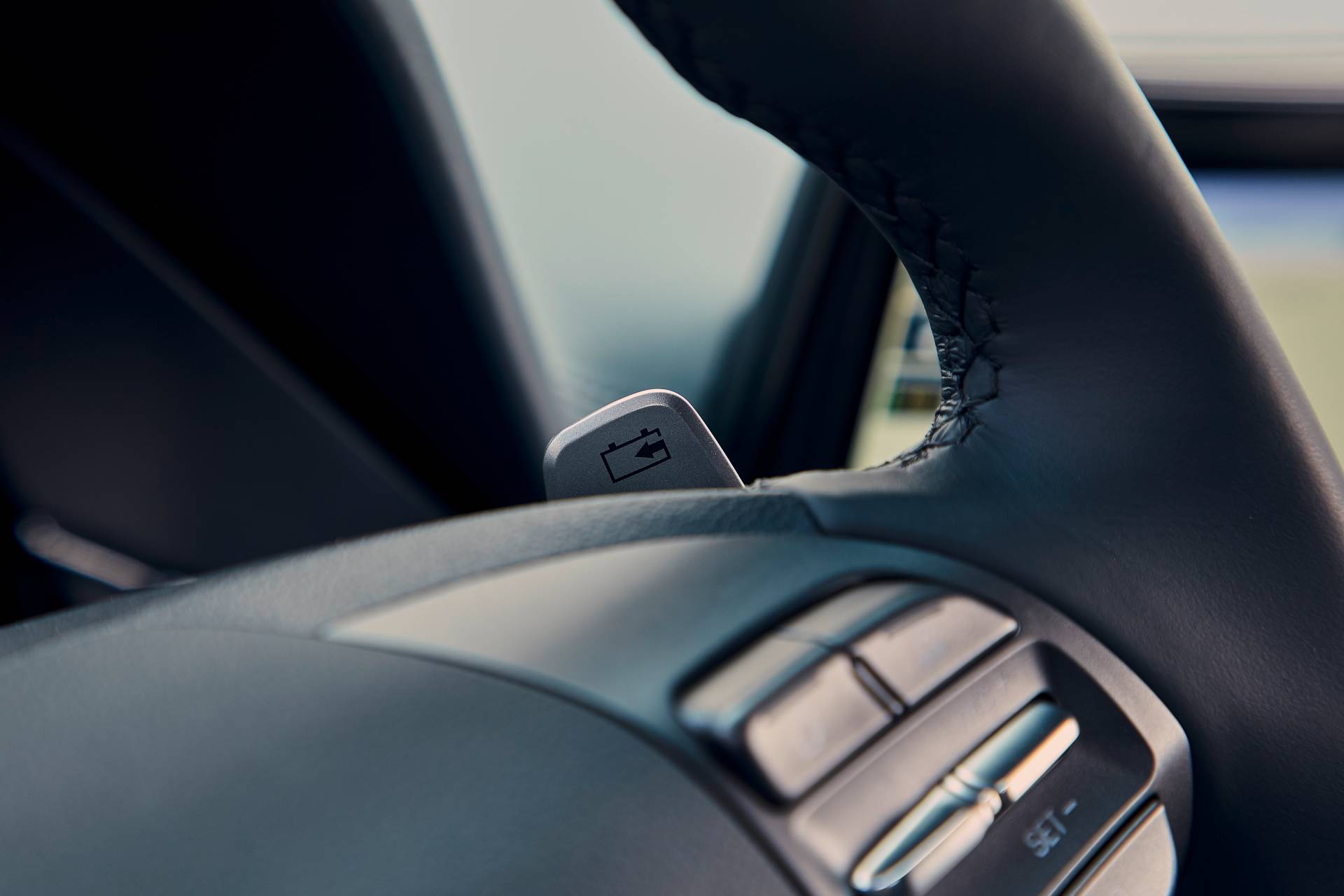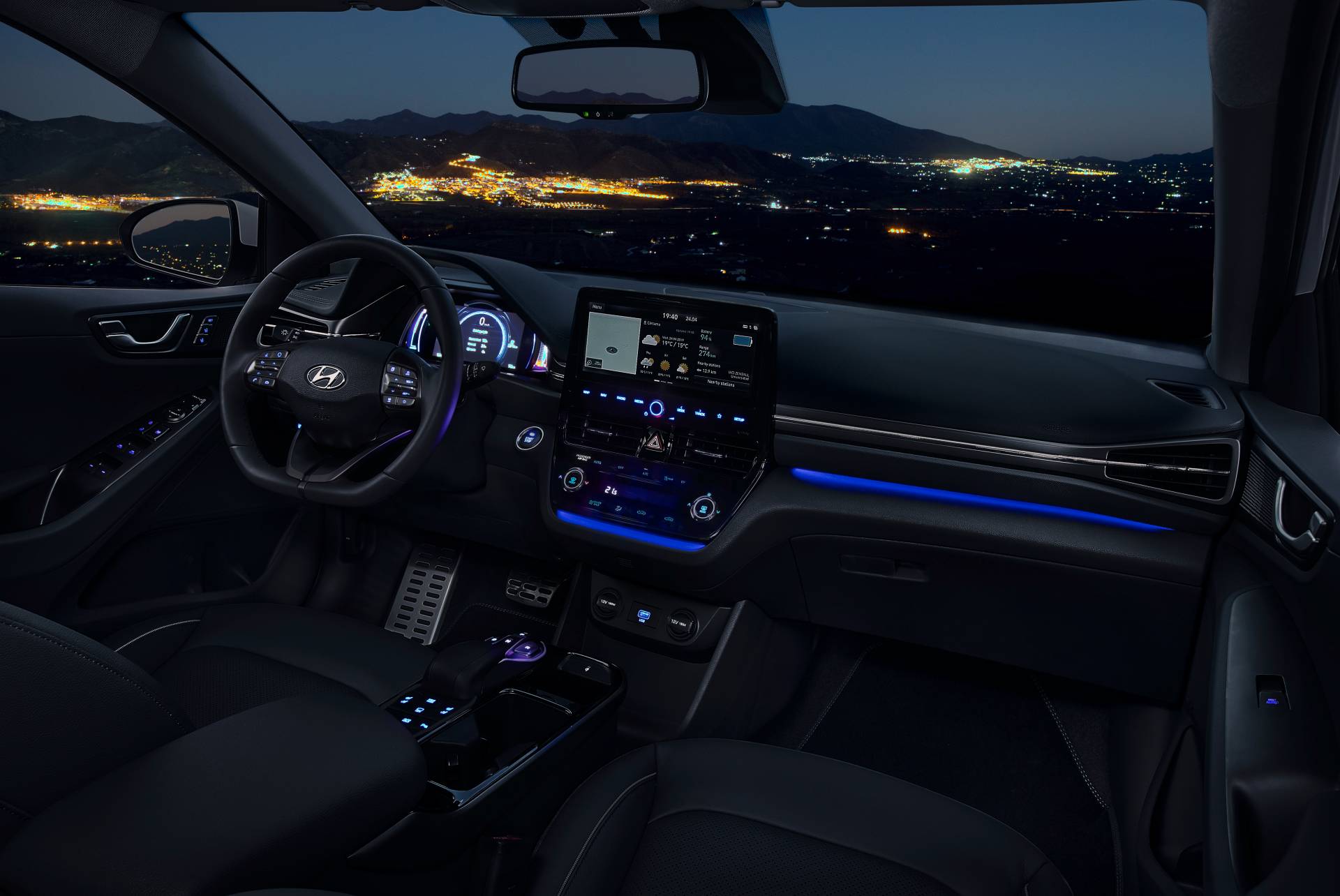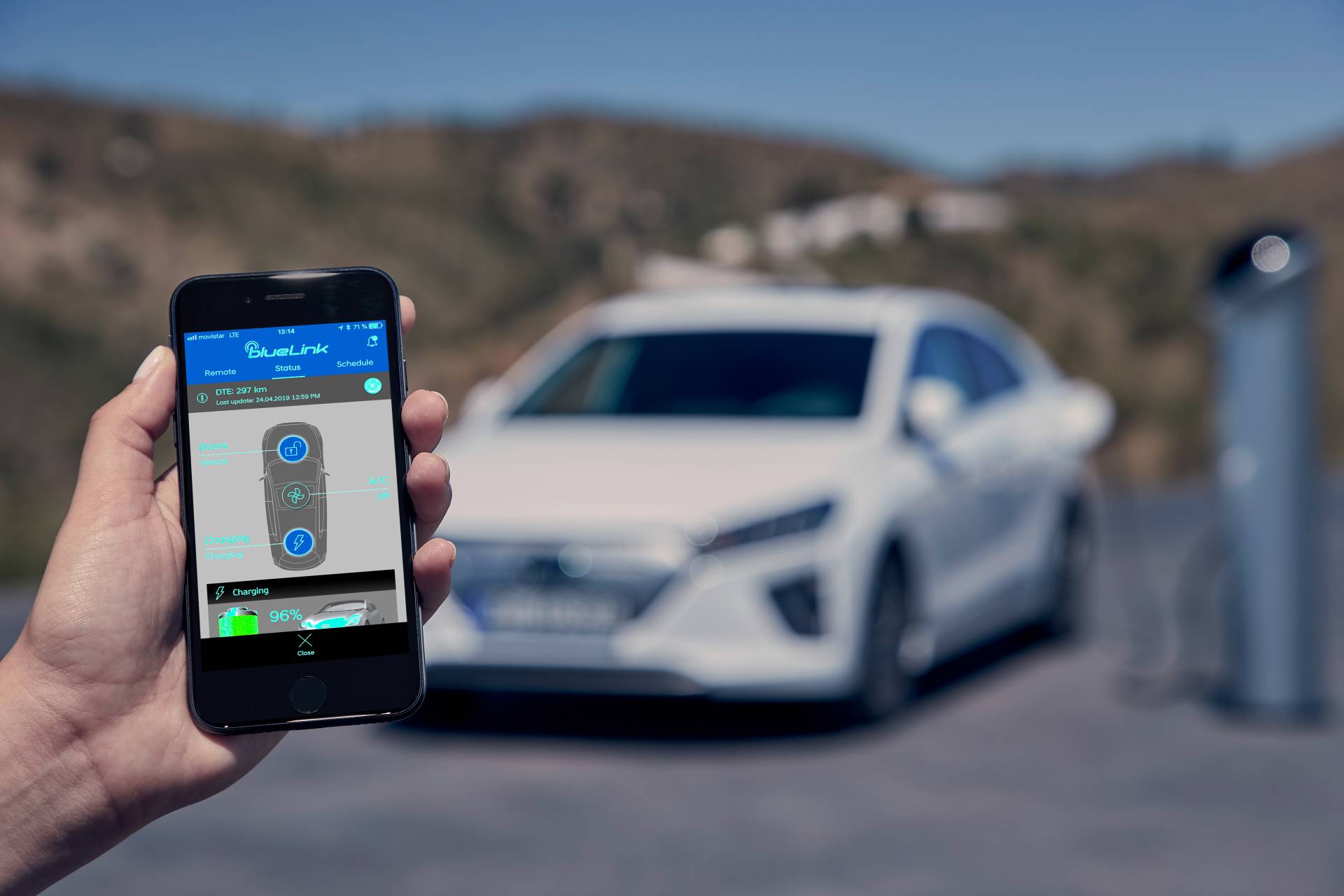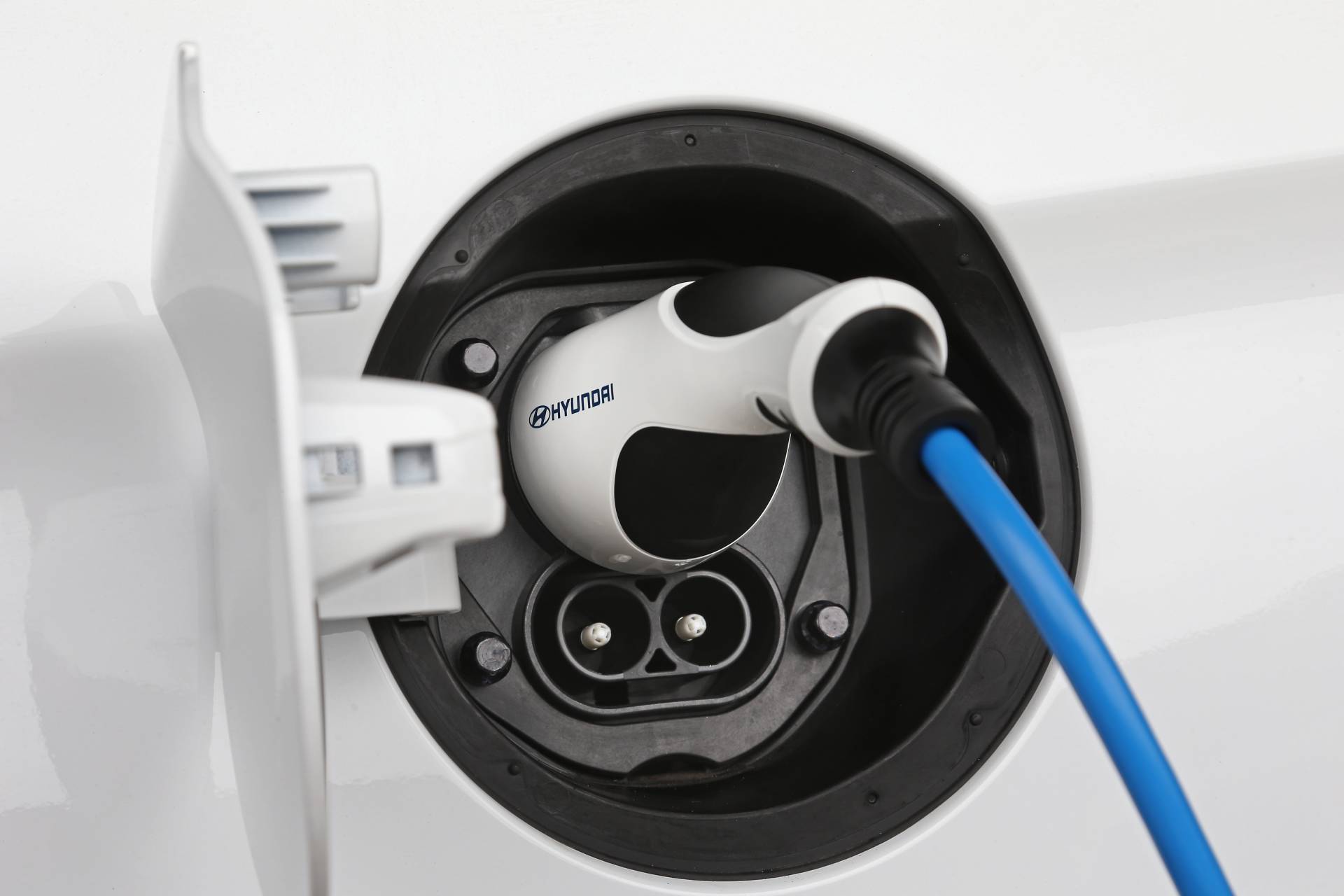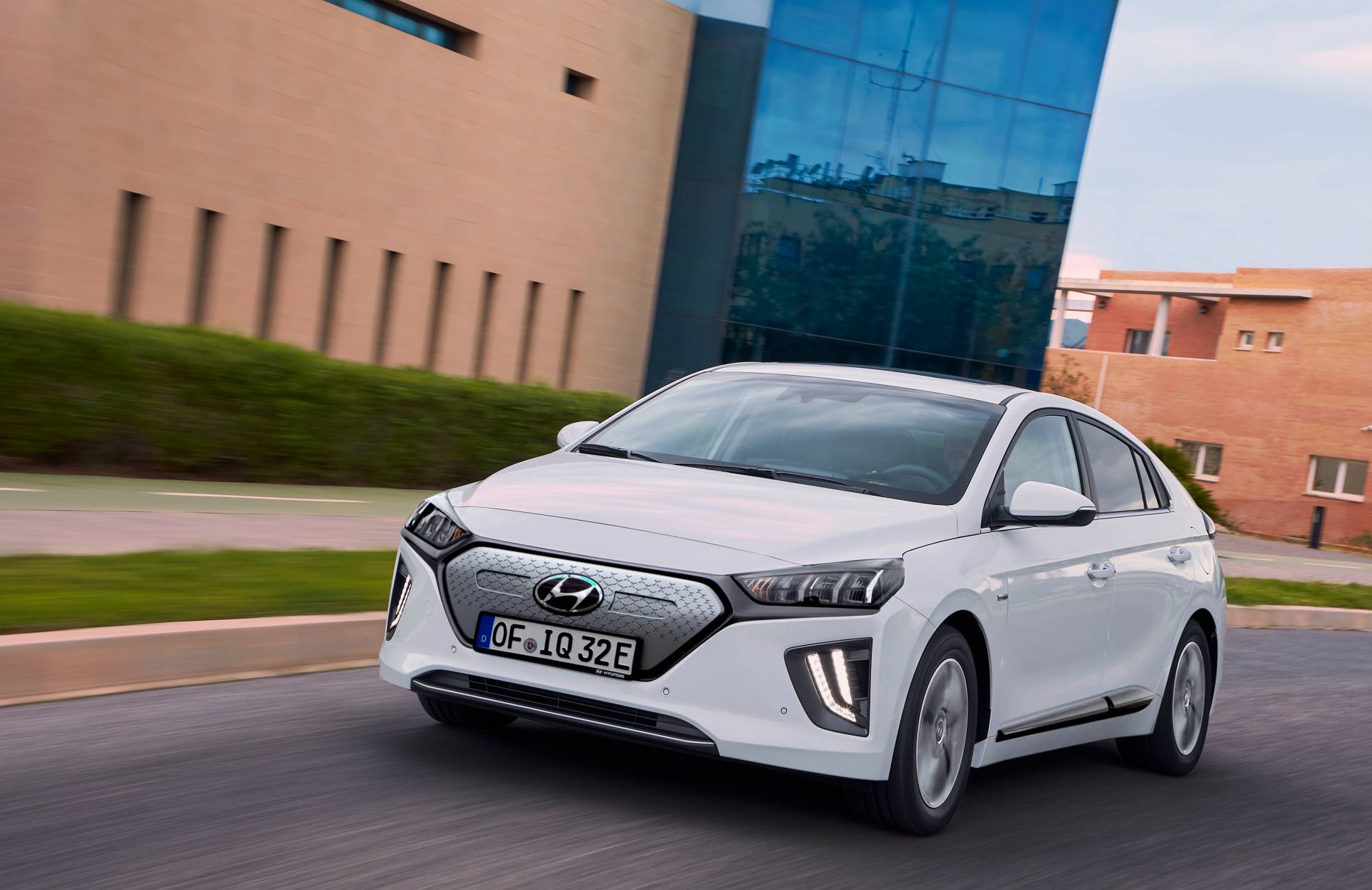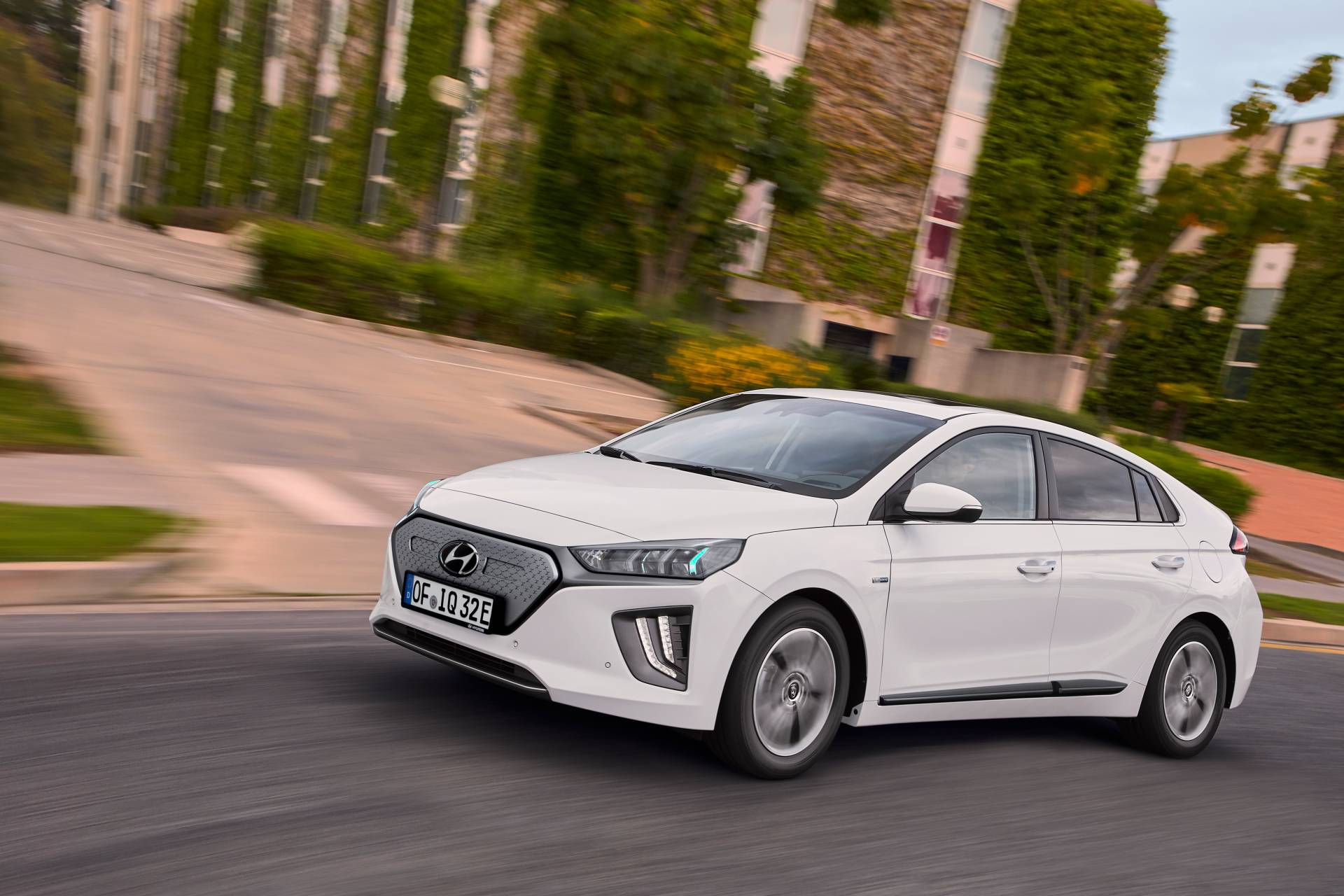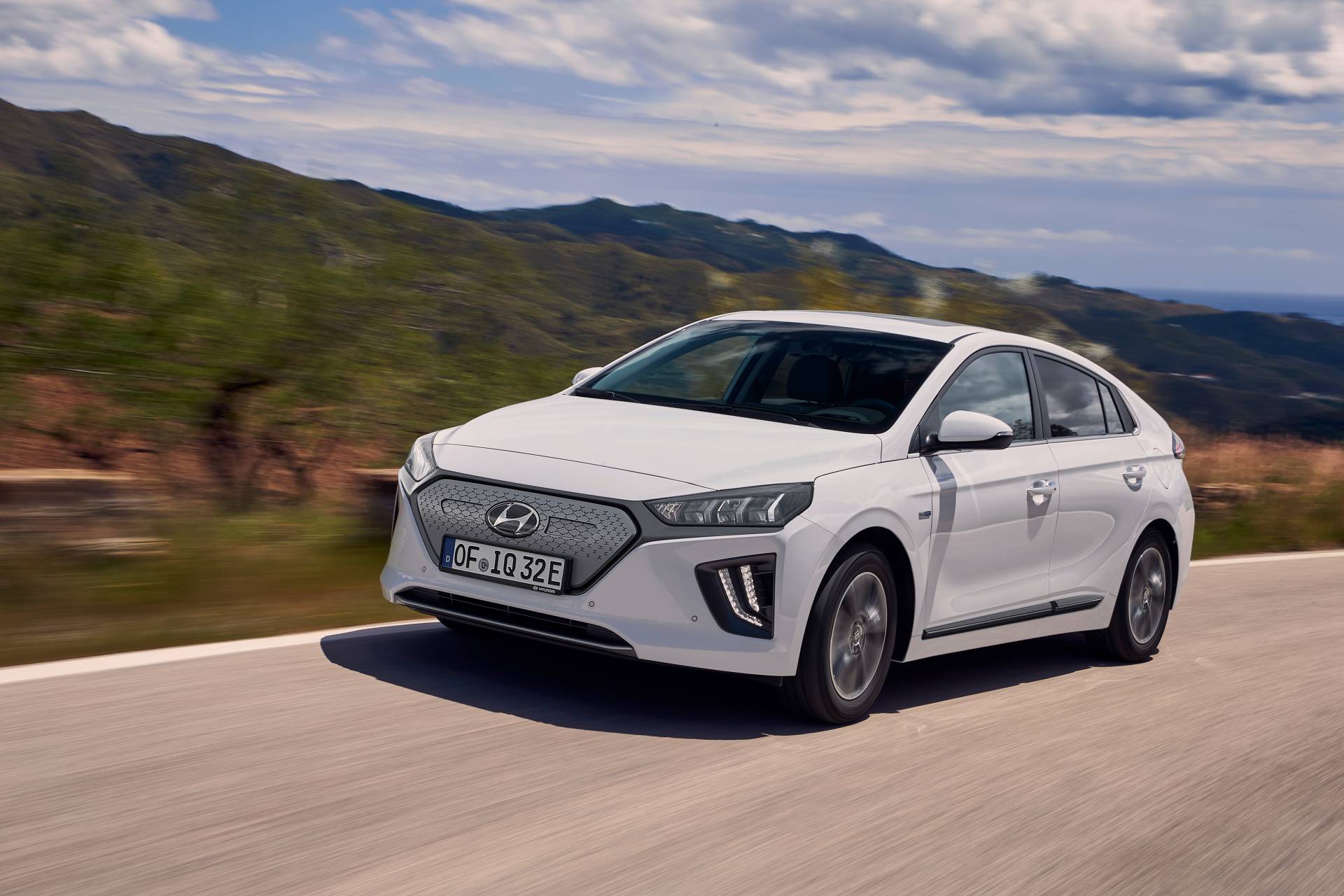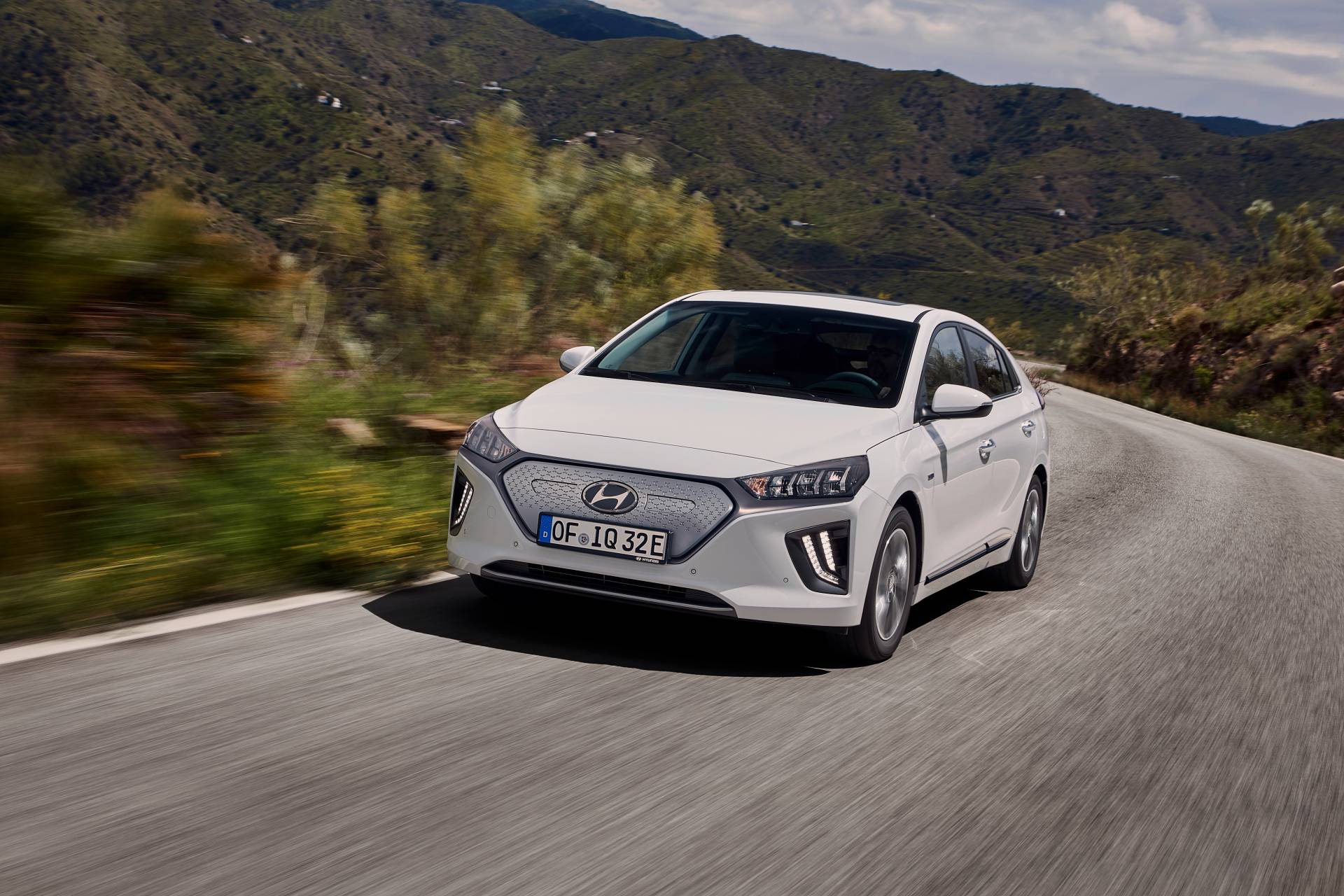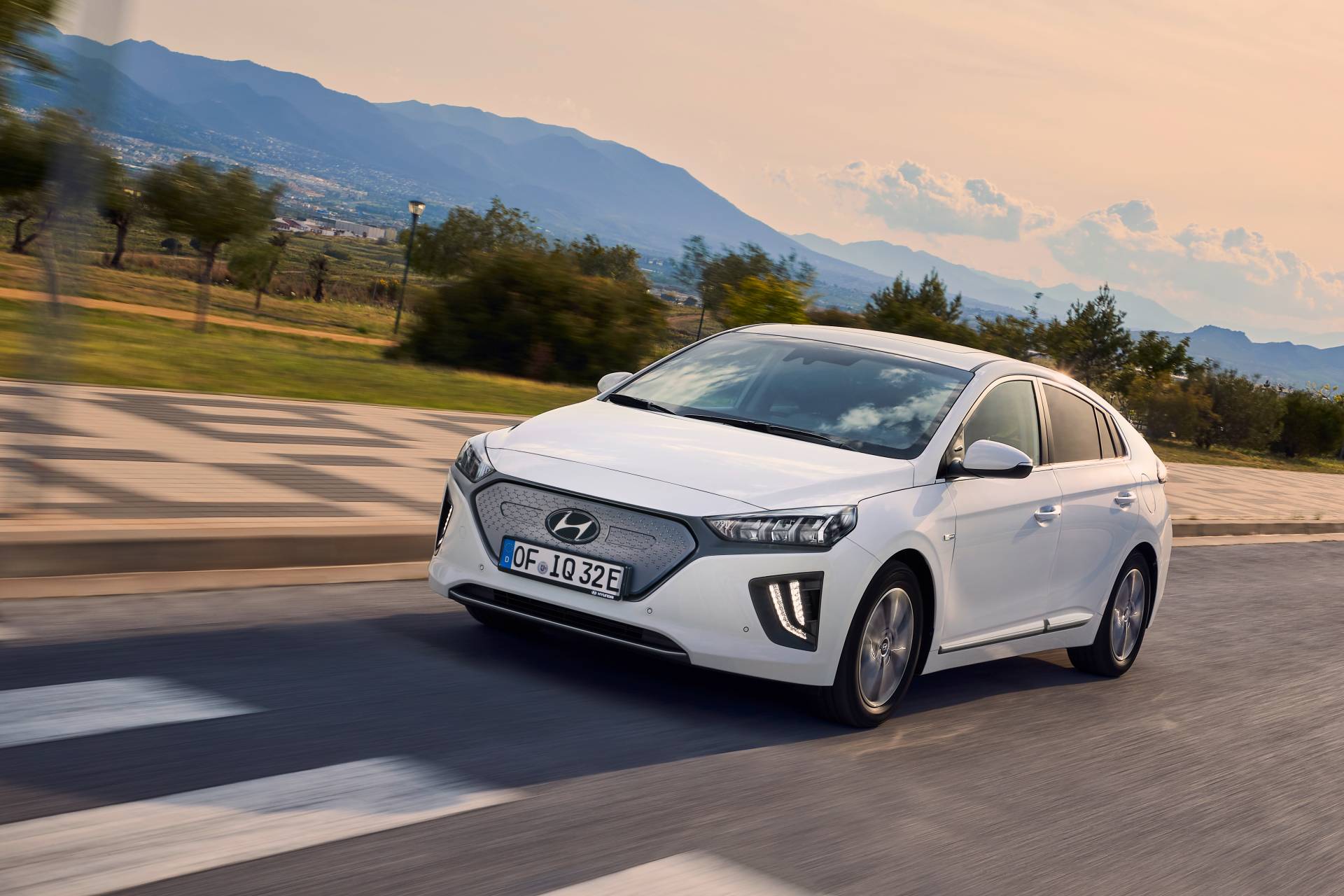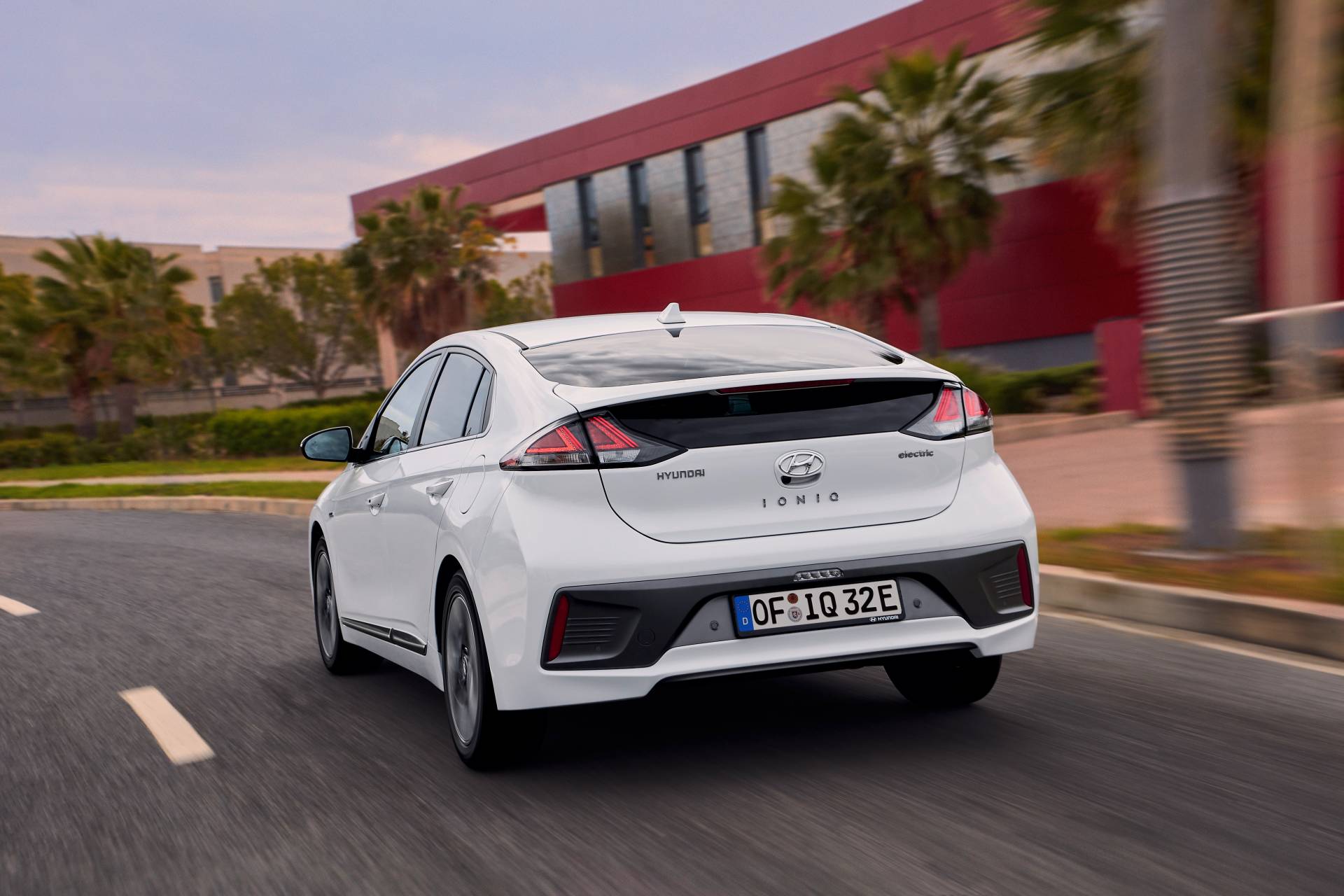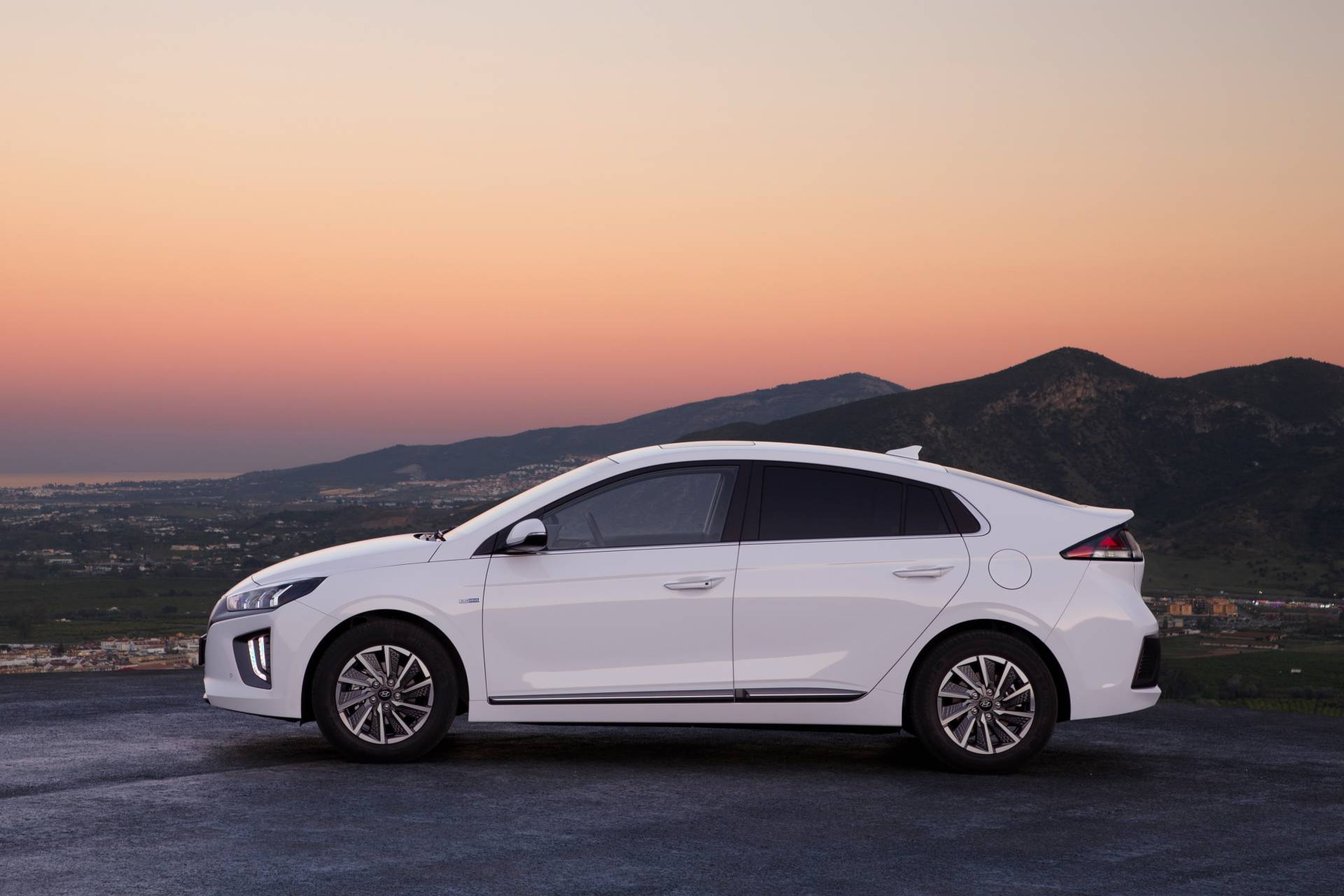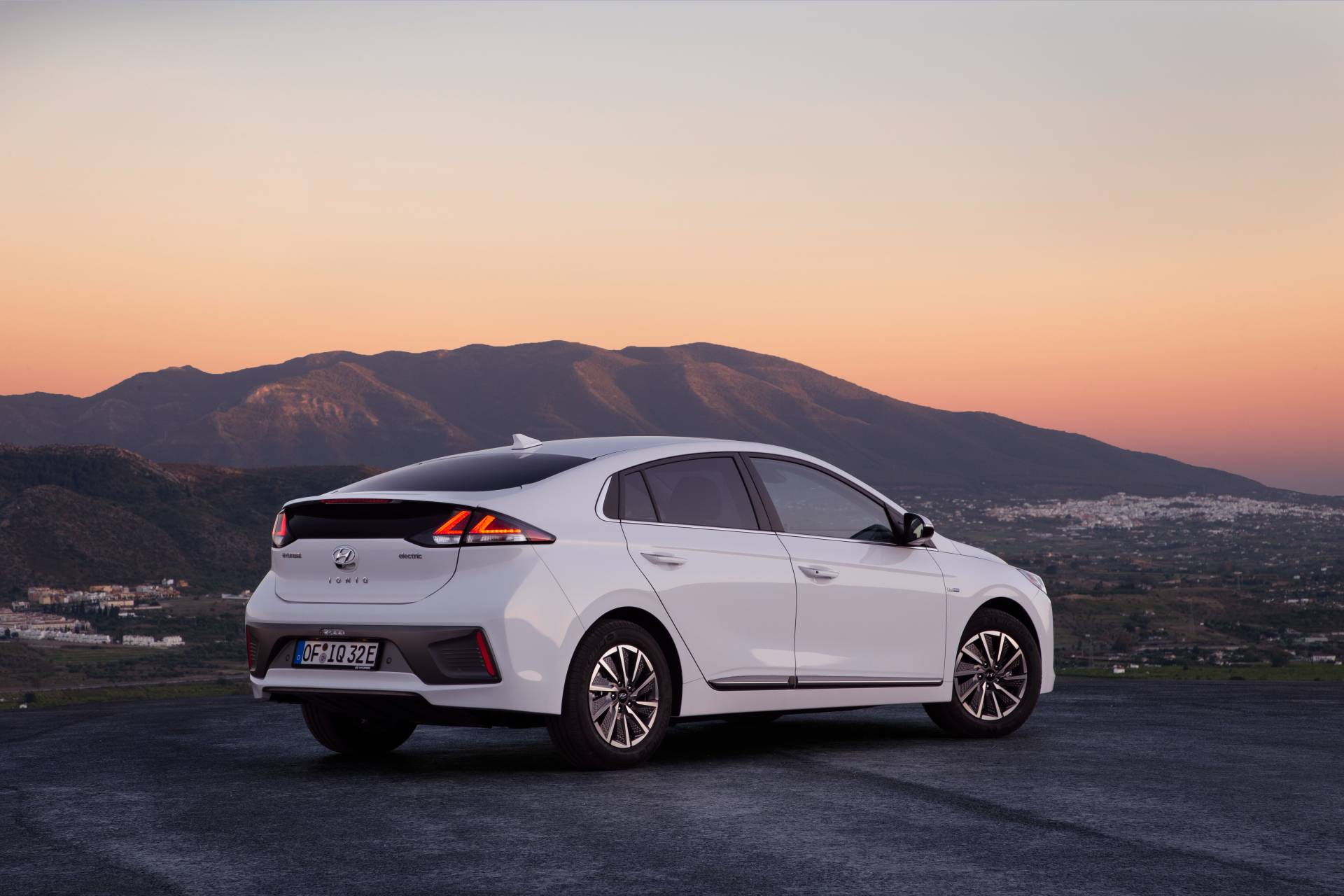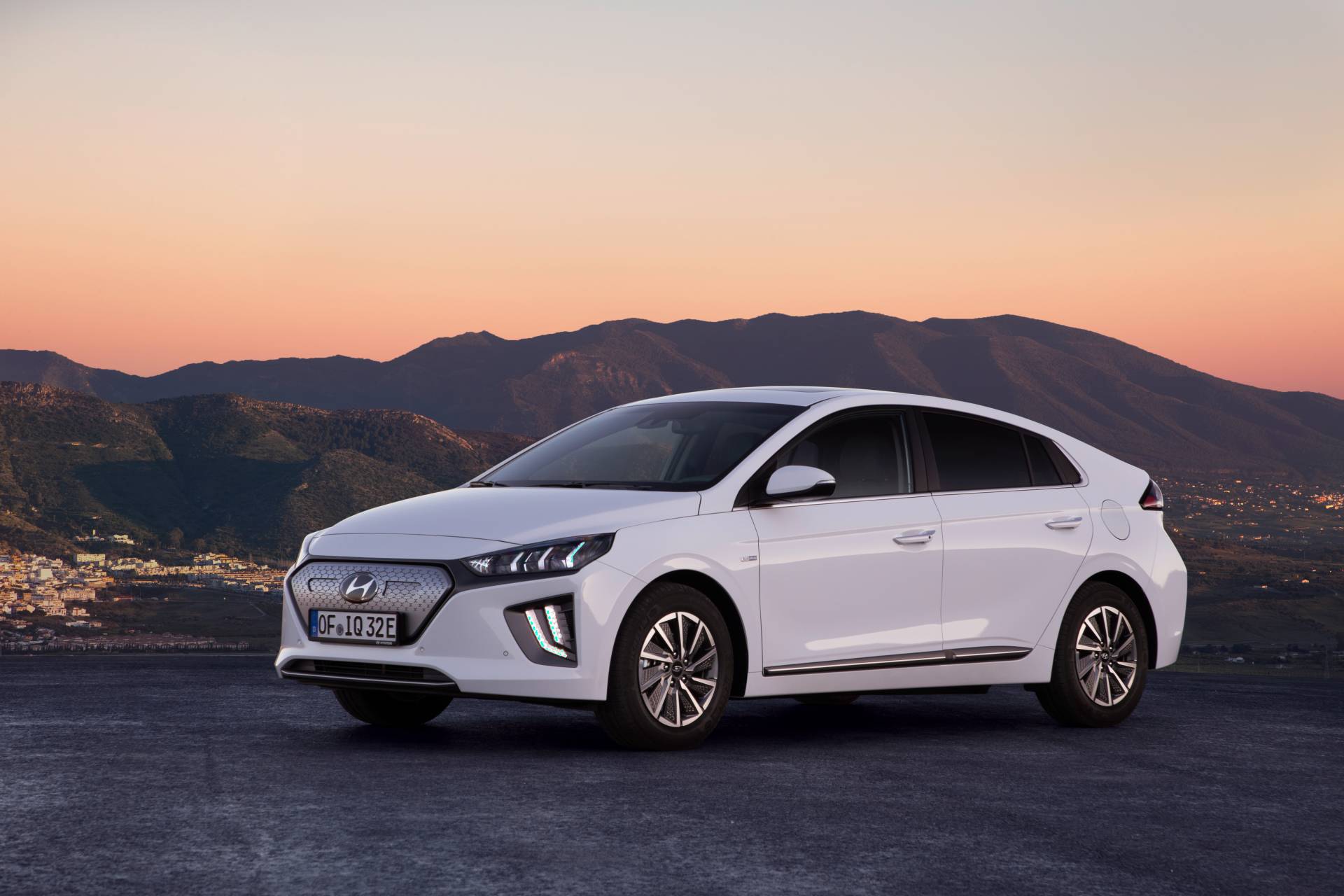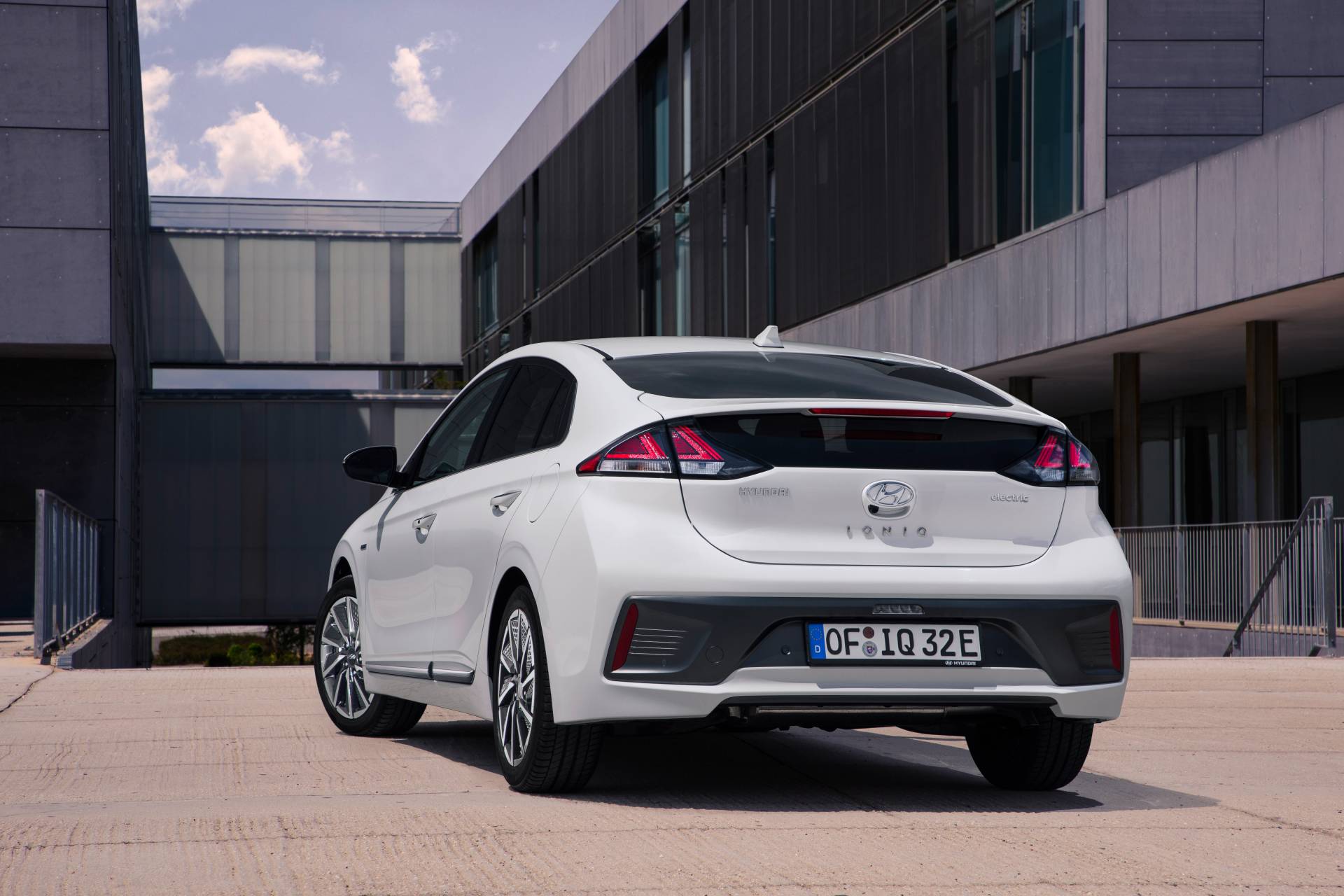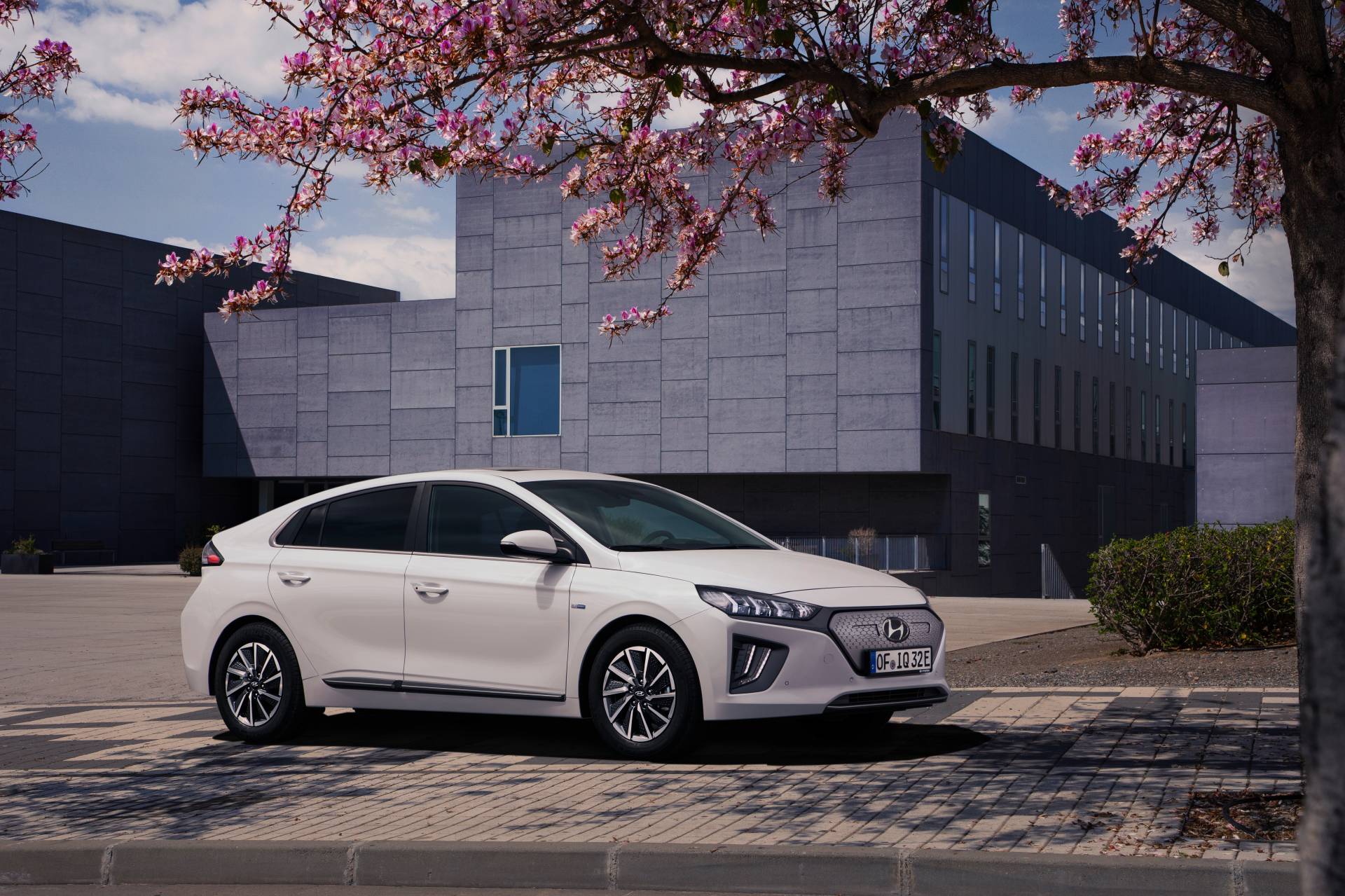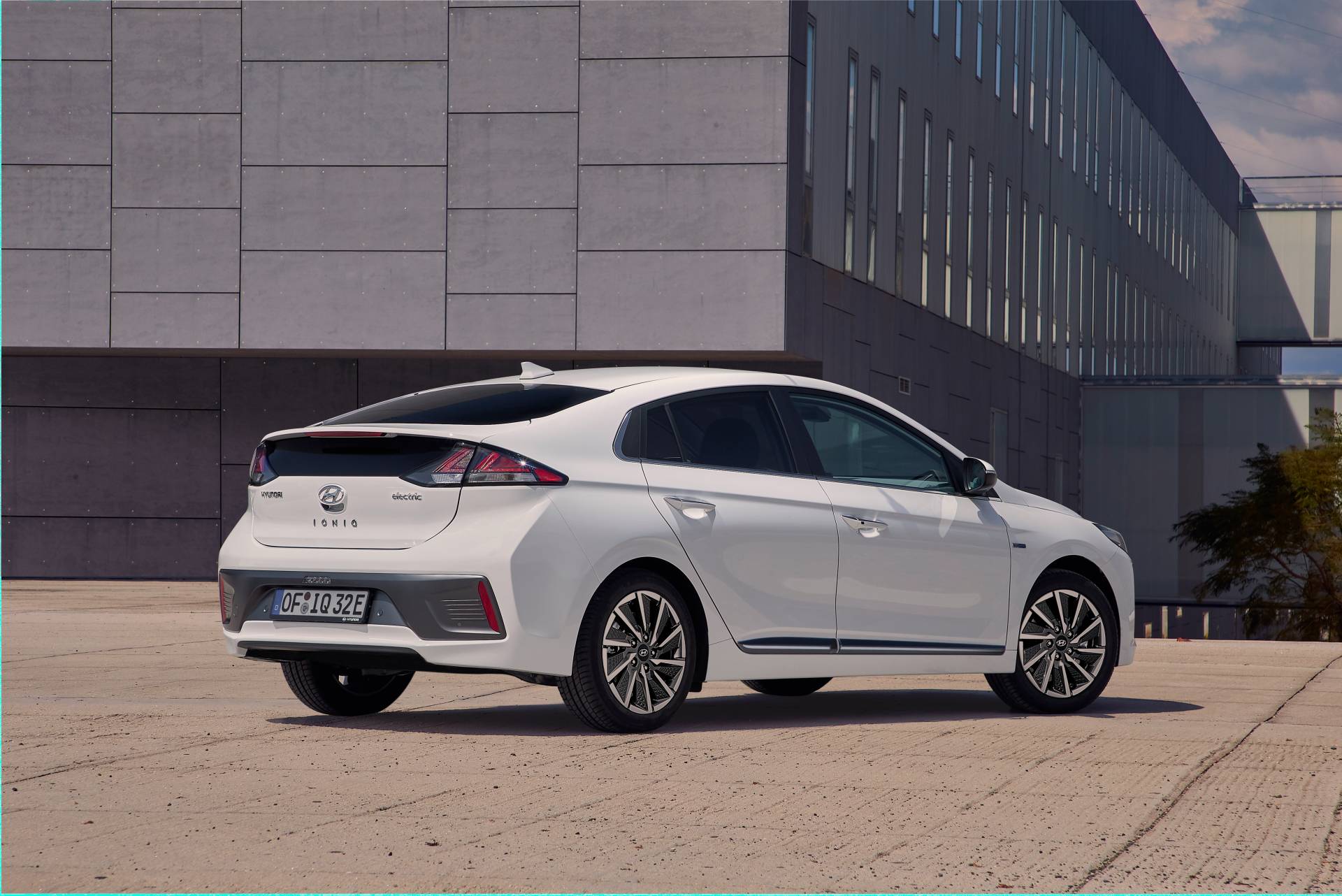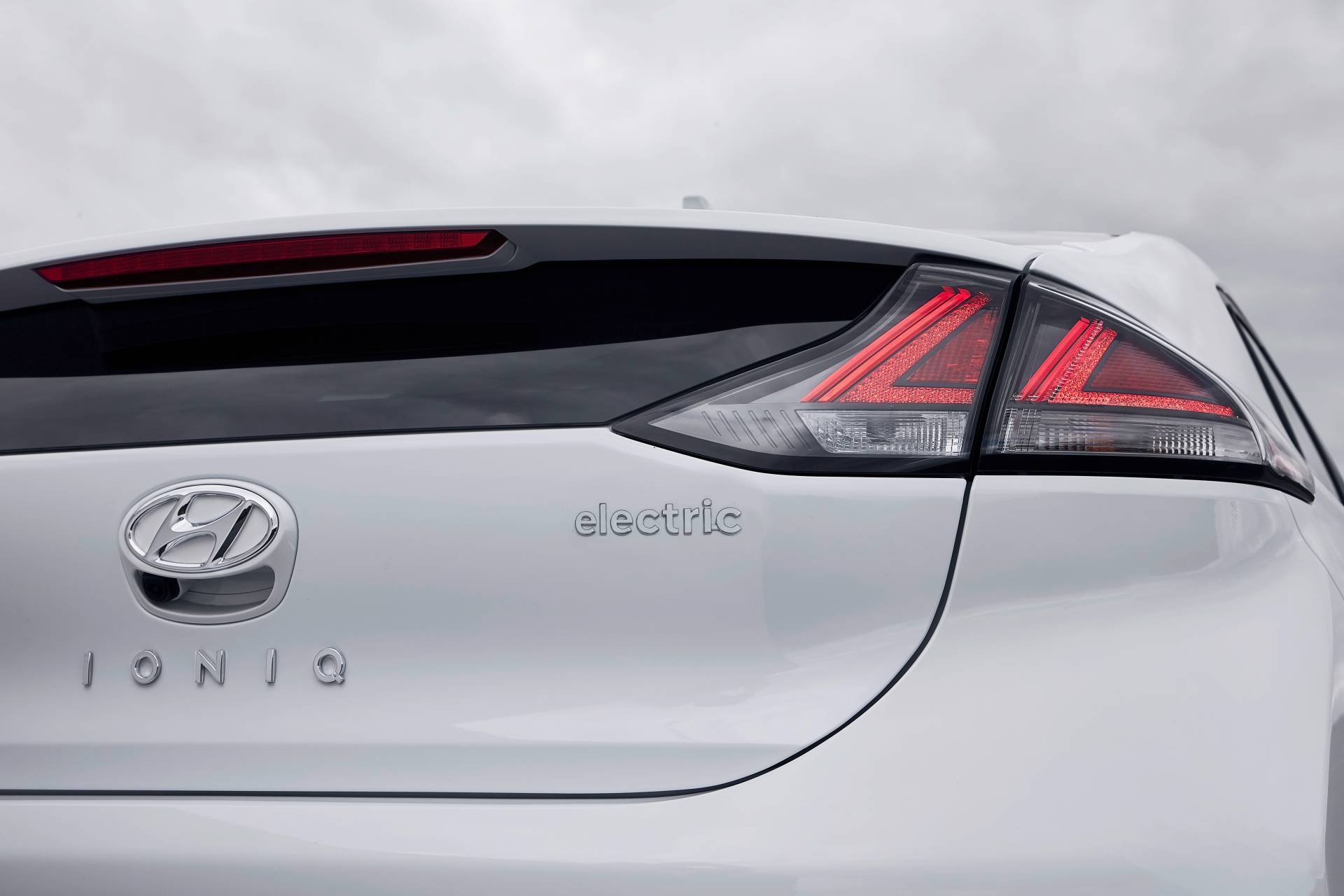Following a preview in January, Hyundai has provided more details about the facelifted Ioniq family of electrified models.
Chief among the updates is a bigger battery for the Ioniq Electric which ditches the old 28 kWh unit for a new 38.3 kWh pack that enables a longer driving range. According to Hyundai, the Ioniq Electric can now travel for 294 km (183 miles) on a single charge (internal target under WLTP regulations).
Another upgrade is a 7.2-kW onboard charger replacing the current 6.6-kW charger for Type 2 AC charging. Using a 50-kW fast-charging station, the battery can reach 80 percent charge in as little as 57 minutes. The electric motor delivers 136 PS (134 hp) and 295 Nm (218 lb-ft) of torque.
As for the Ioniq Hybrid and Ioniq Plug-in, they continue to feature the Kappa 1.6-liter GDI four-cylinder gasoline engine rated at 105 PS (104 hp) and 147 Nm (108 lb-ft). The Ioniq Hybrid adds a permanent magnet electric motor delivering 43.5 PS (32 kW/43 hp) and 170 Nm (125 lb-ft) of torque. The motor is fed electricity by a 1.56 kWh lithium-ion-polymer battery.
The Ioniq Plug-in features a more powerful motor that makes 60.5 PS (44.5 kW/60 hp) and 170 Nm (125 lb-ft) of torque, powered by a lithium-ion-polymer battery with 8.9 kWh capacity. EV range is estimated at 52 km (32 miles).
The new Ioniq family also adds more tech including Blue Link connectivity services, SmartSense safety pack, and a new infotainment system. Thanks to embedded telematics, Blue Link enables drivers of Ioniq Electric to remote start and stop, while all models now allow remote lock or unlock, as well as air conditioning control via a smartphone app. For Ioniq Plug-in or Ioniq Electric, the technology also allows remote battery status check.
Another new addition is the optional Audio Video Navigation system with a 10.25-inch split touchscreen and Multi-Bluetooth function.
For the new model year, the Hyundai Ioniq Hybrid and Plug-in models gain a redesigned mesh-type radiator grille while the Ioniq Electric now features a distinctive pattern on the closed grille. All models also offer an updated front bumper, redesigned LED DRLs and LED headlights and taillights, and new wheel designs.
Inside, the Hyundai Ioniq gains a redesigned HVAC control panel with a glossy finish, blue ambient lighting, and other subtle touches. The 2020 Hyundai Ioniq Hybrid and Plug-in will arrive in European dealerships in July 2019, followed by the Ioniq Electric in September 2019.




